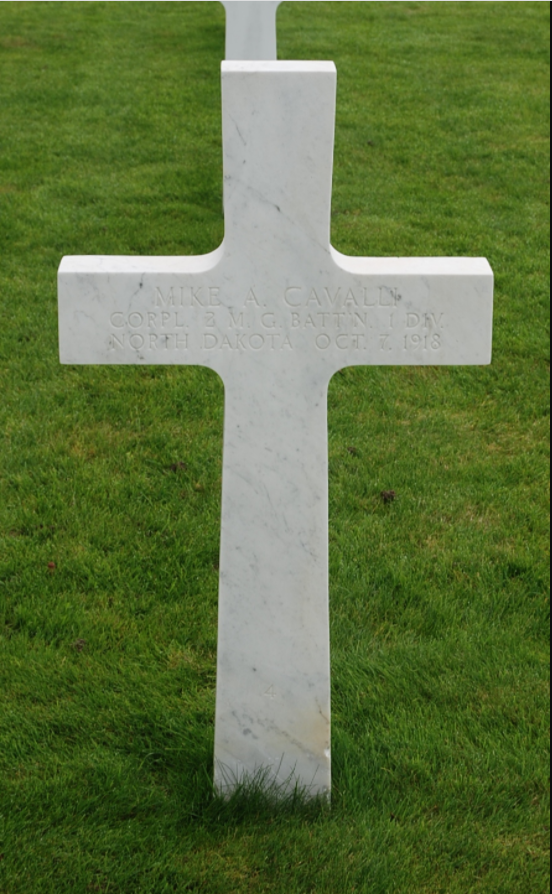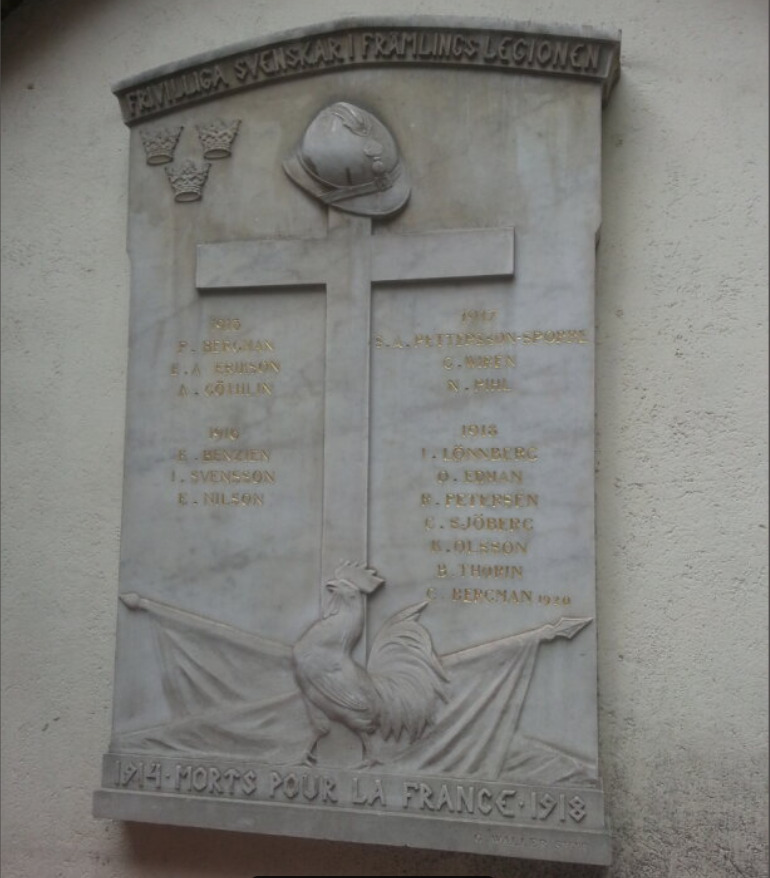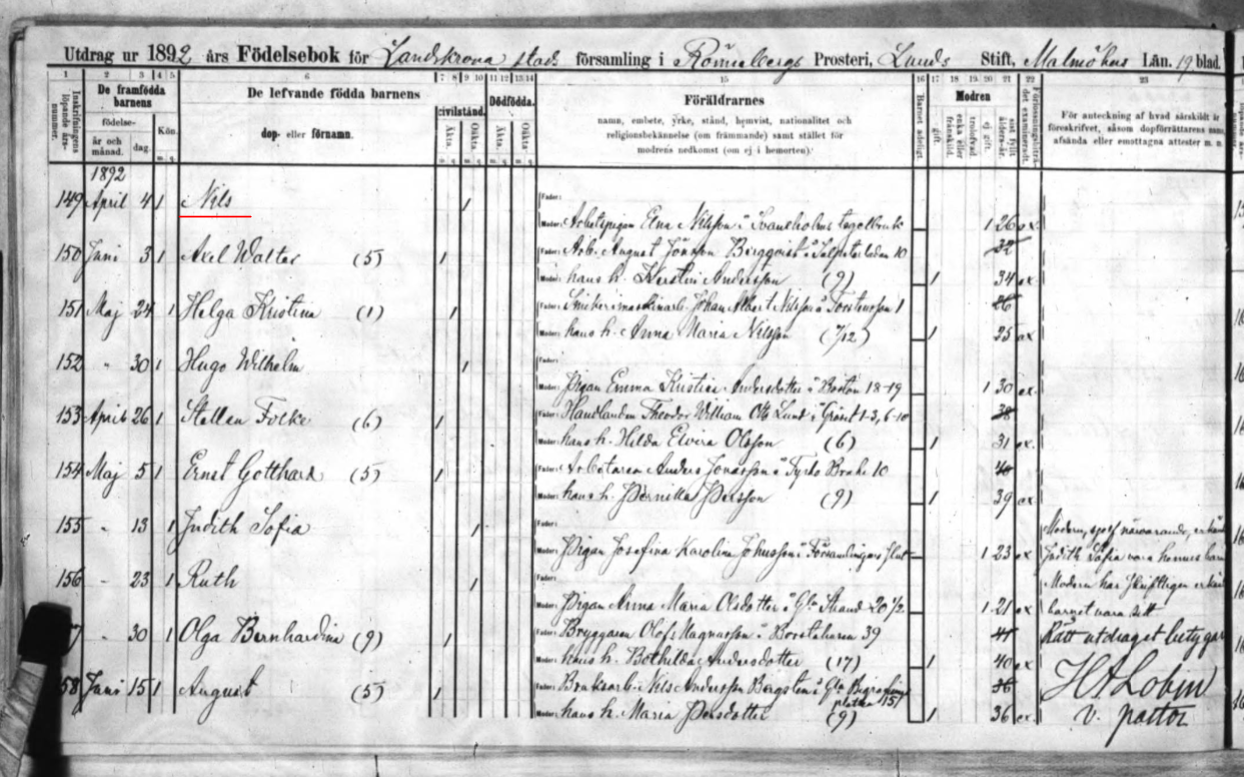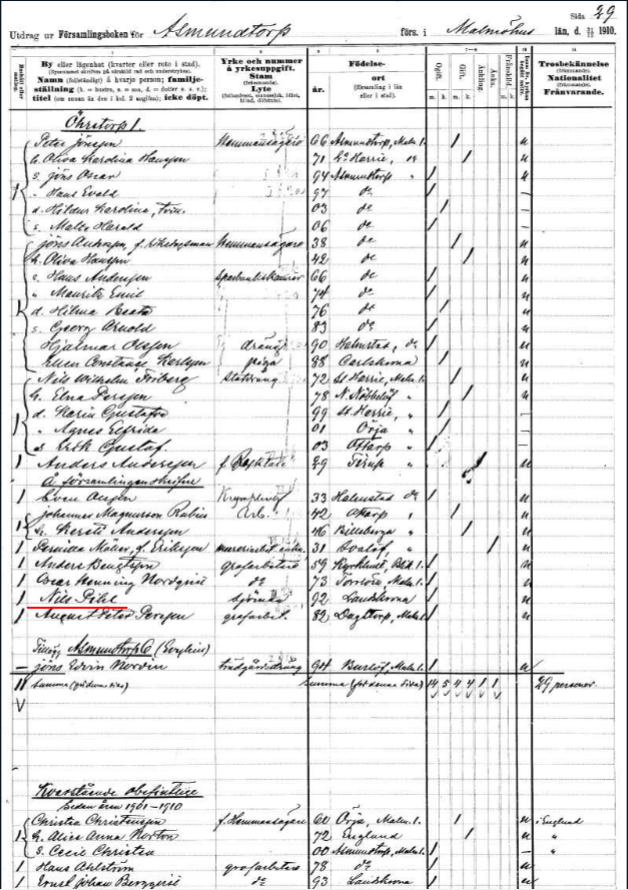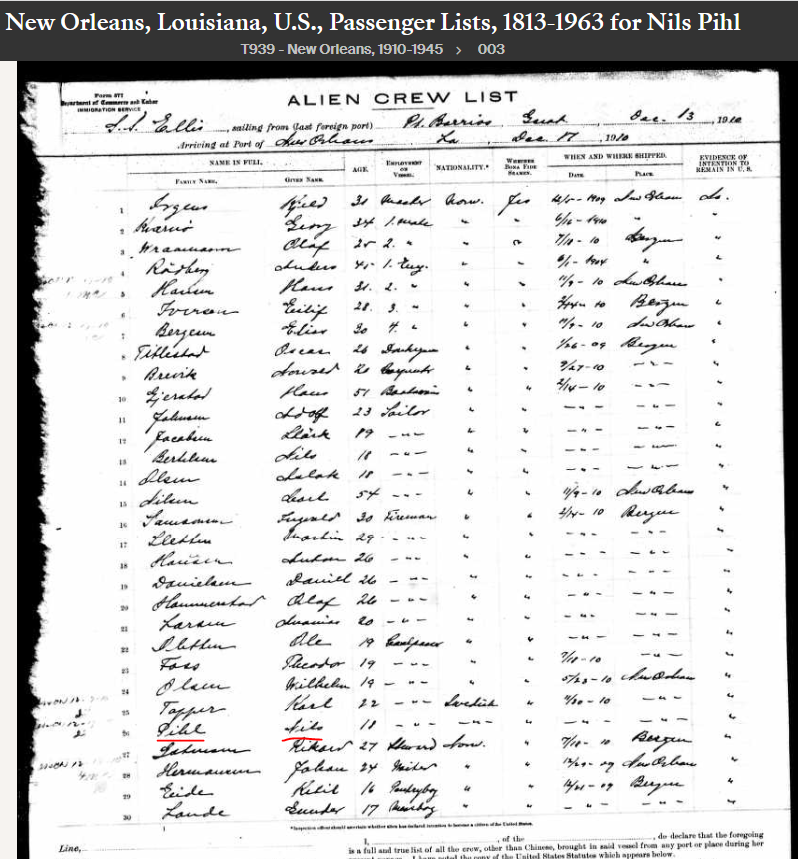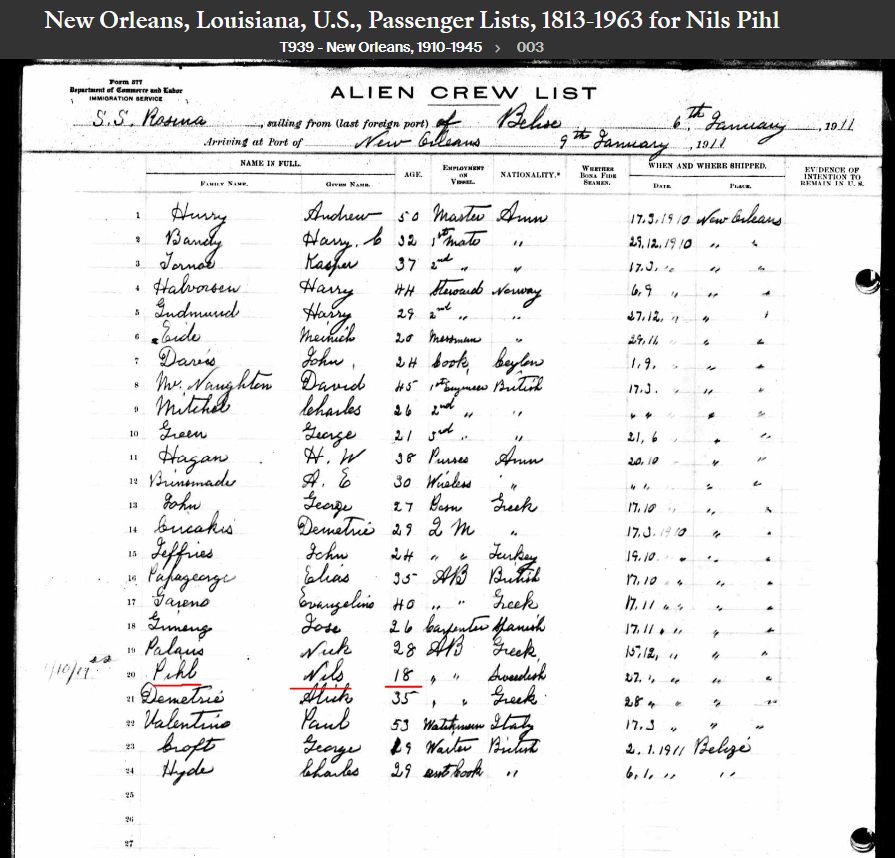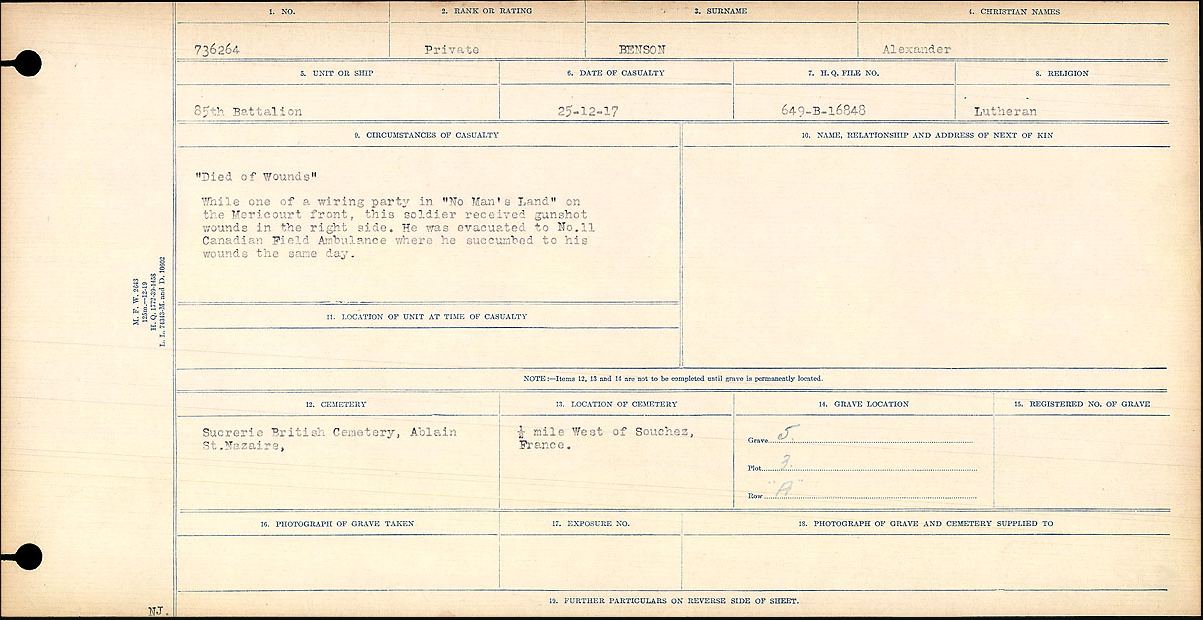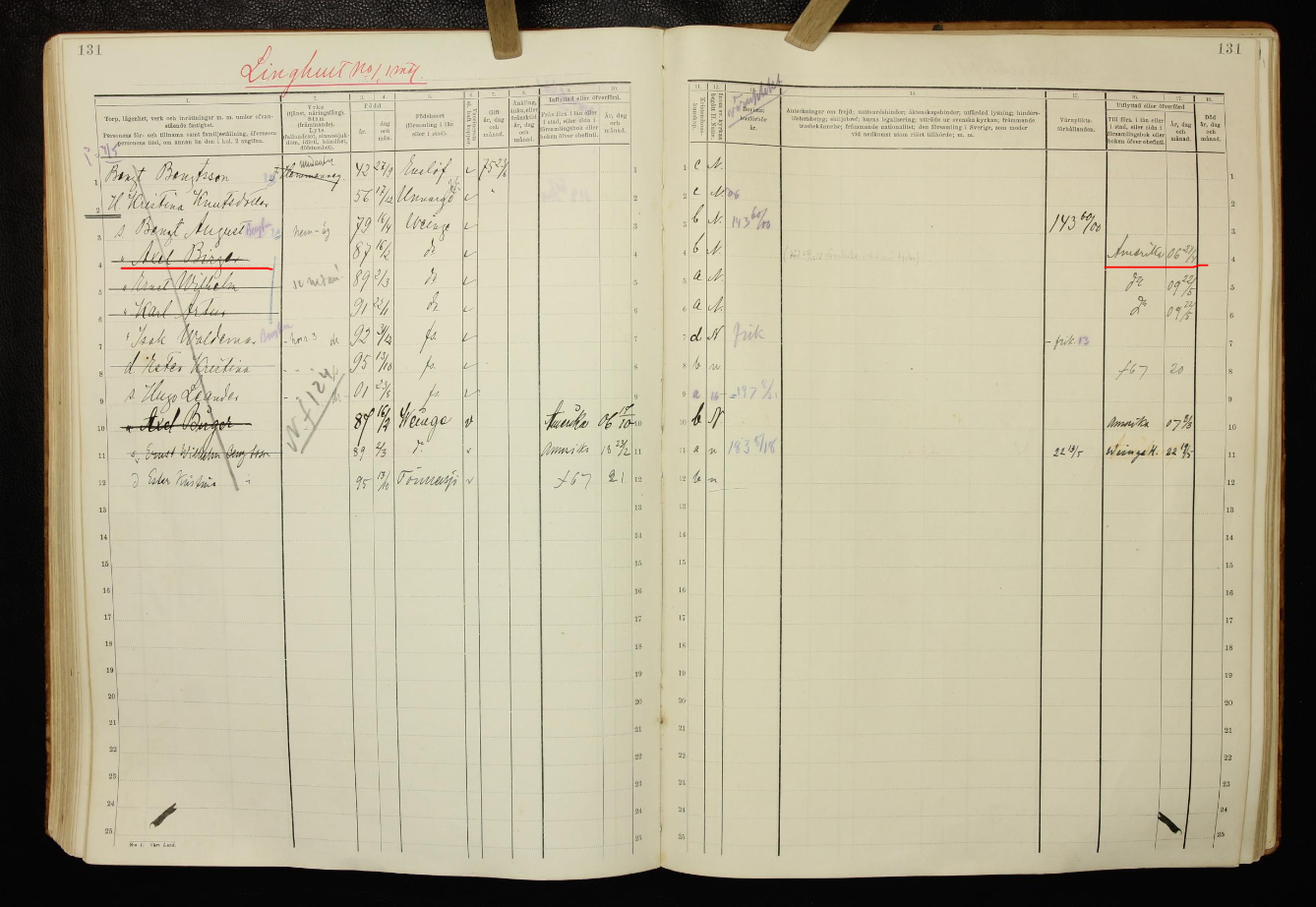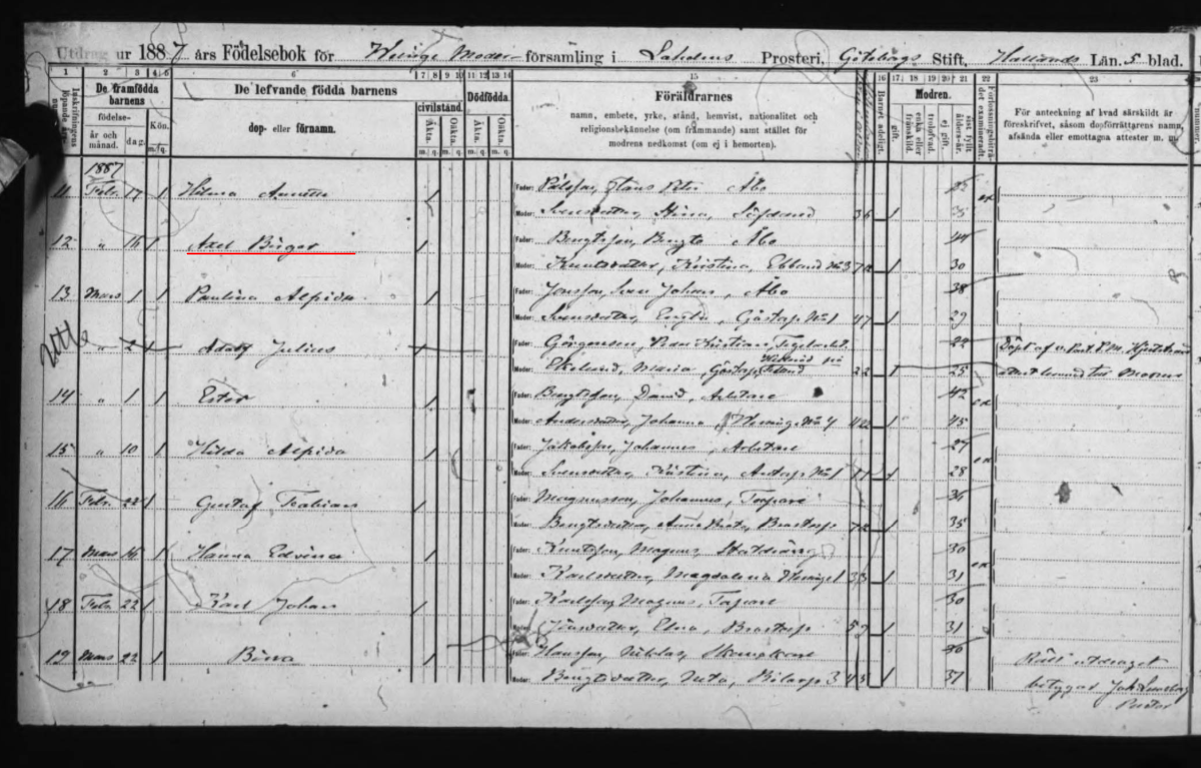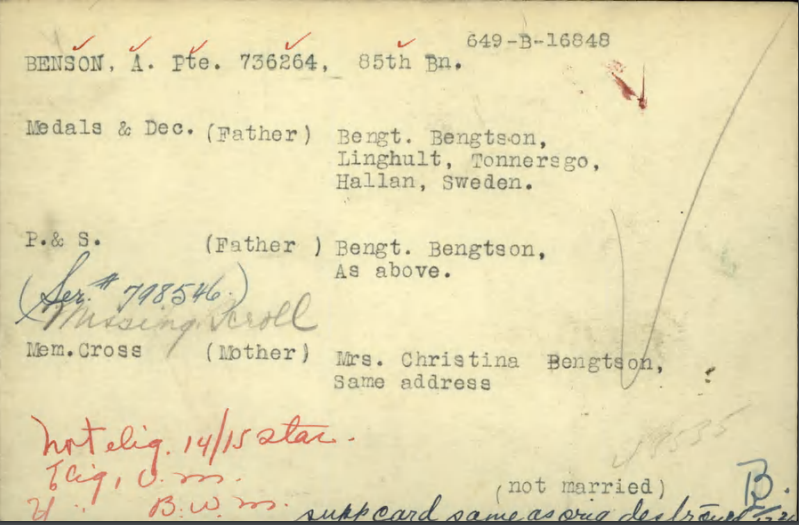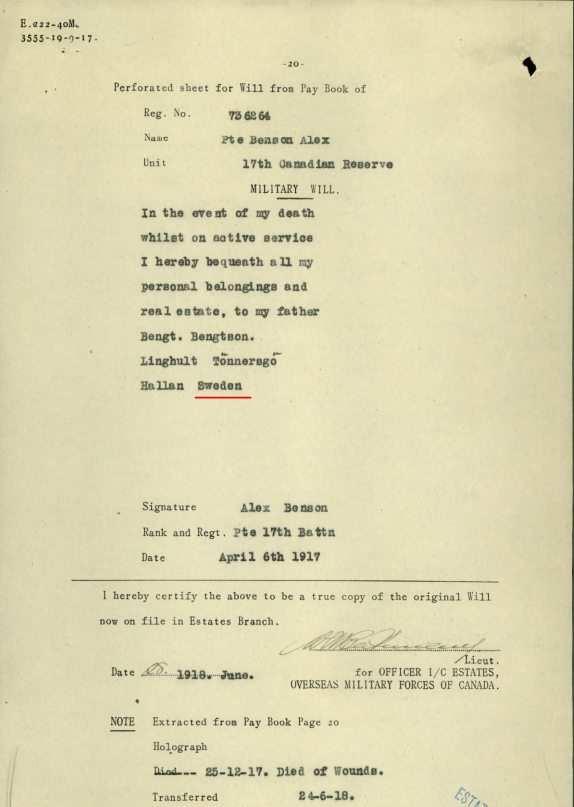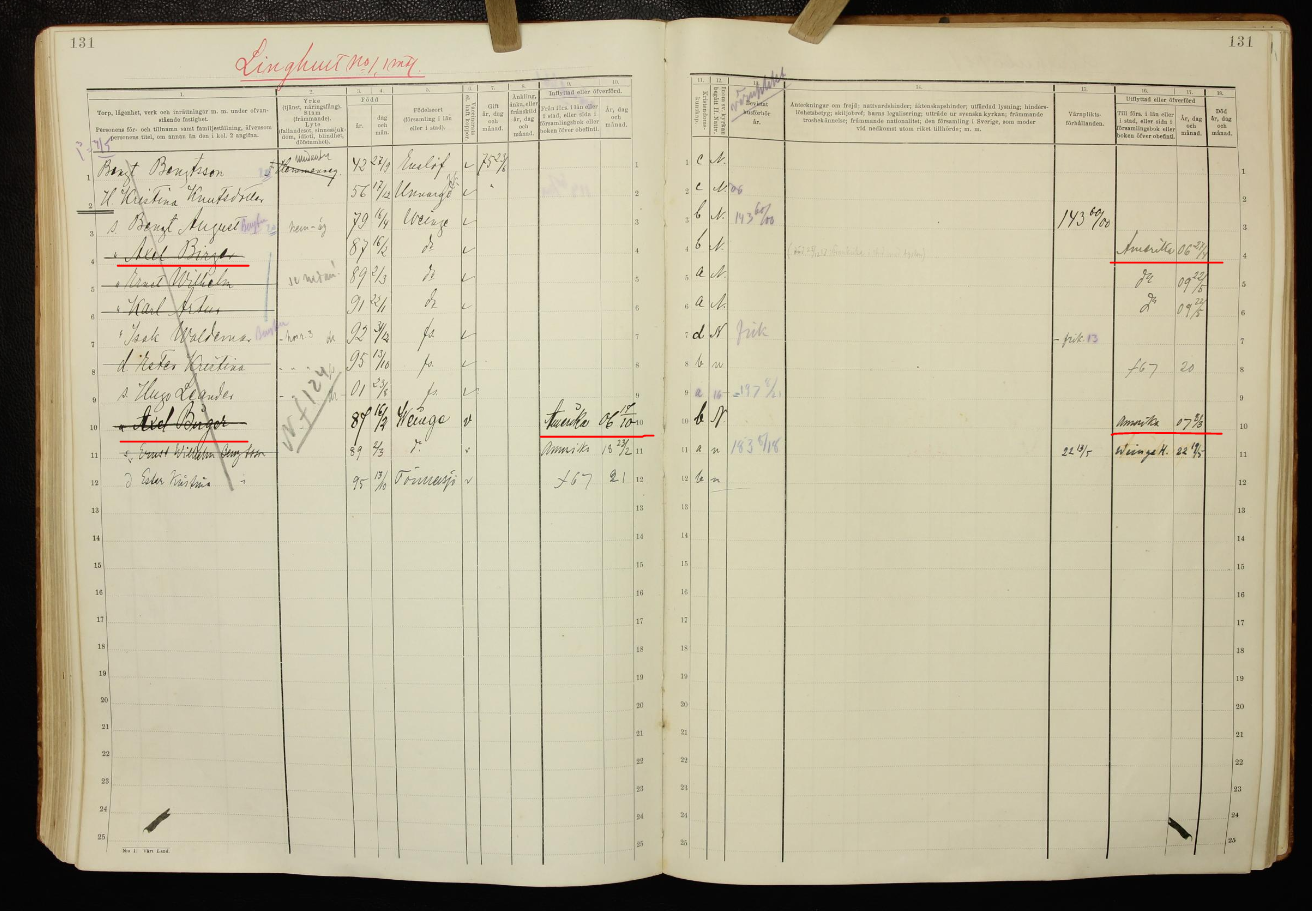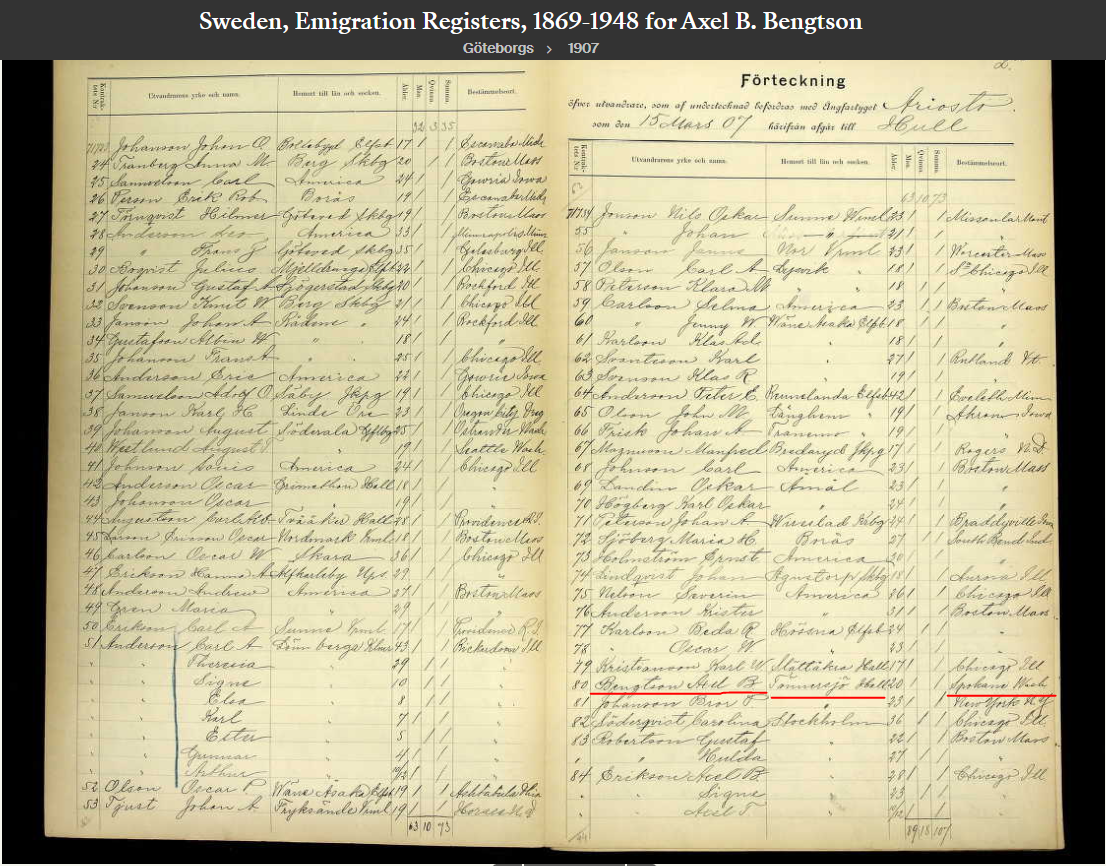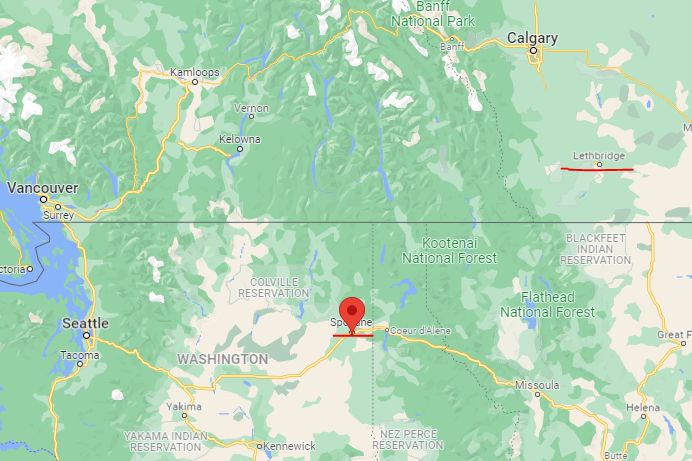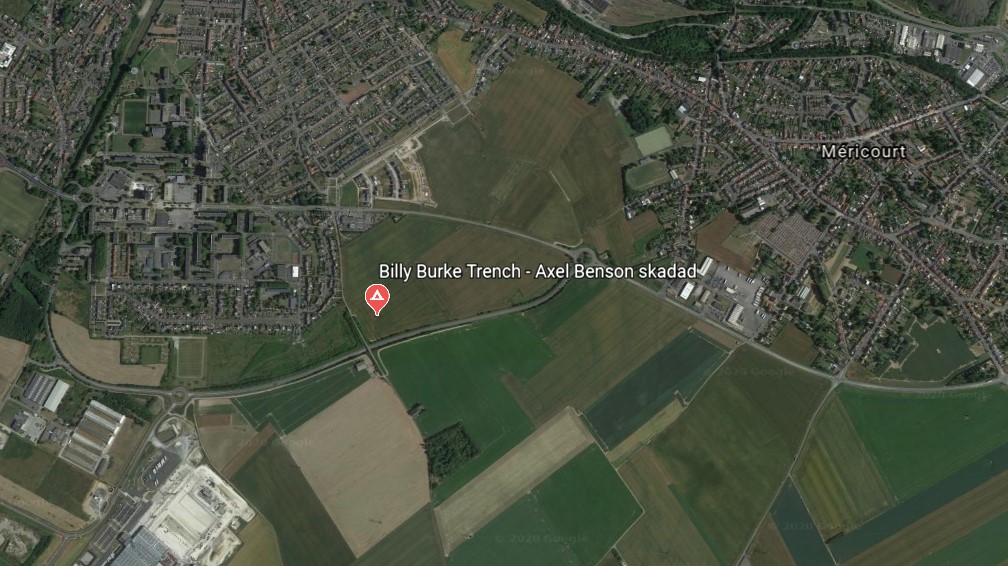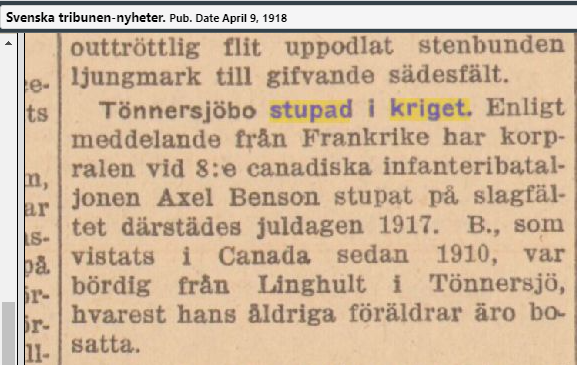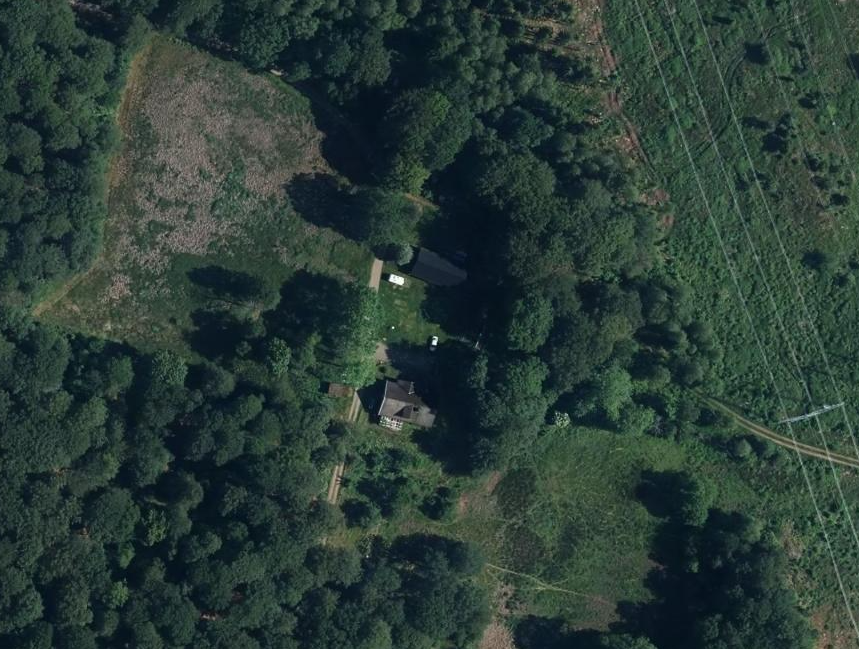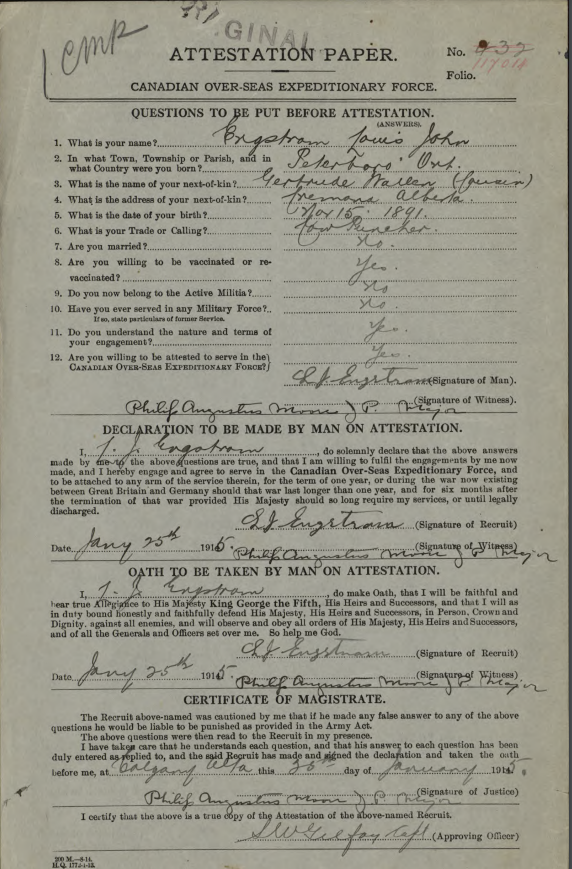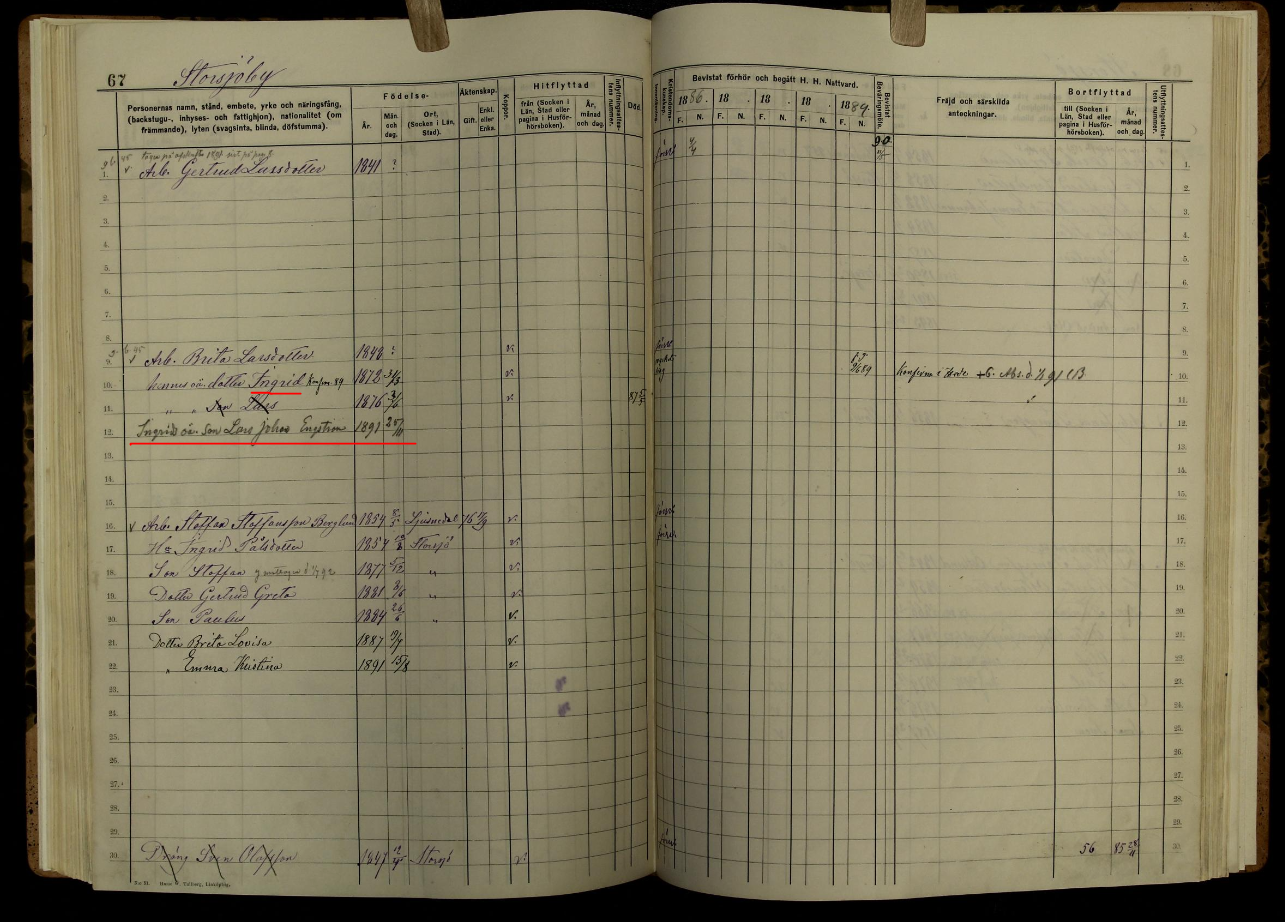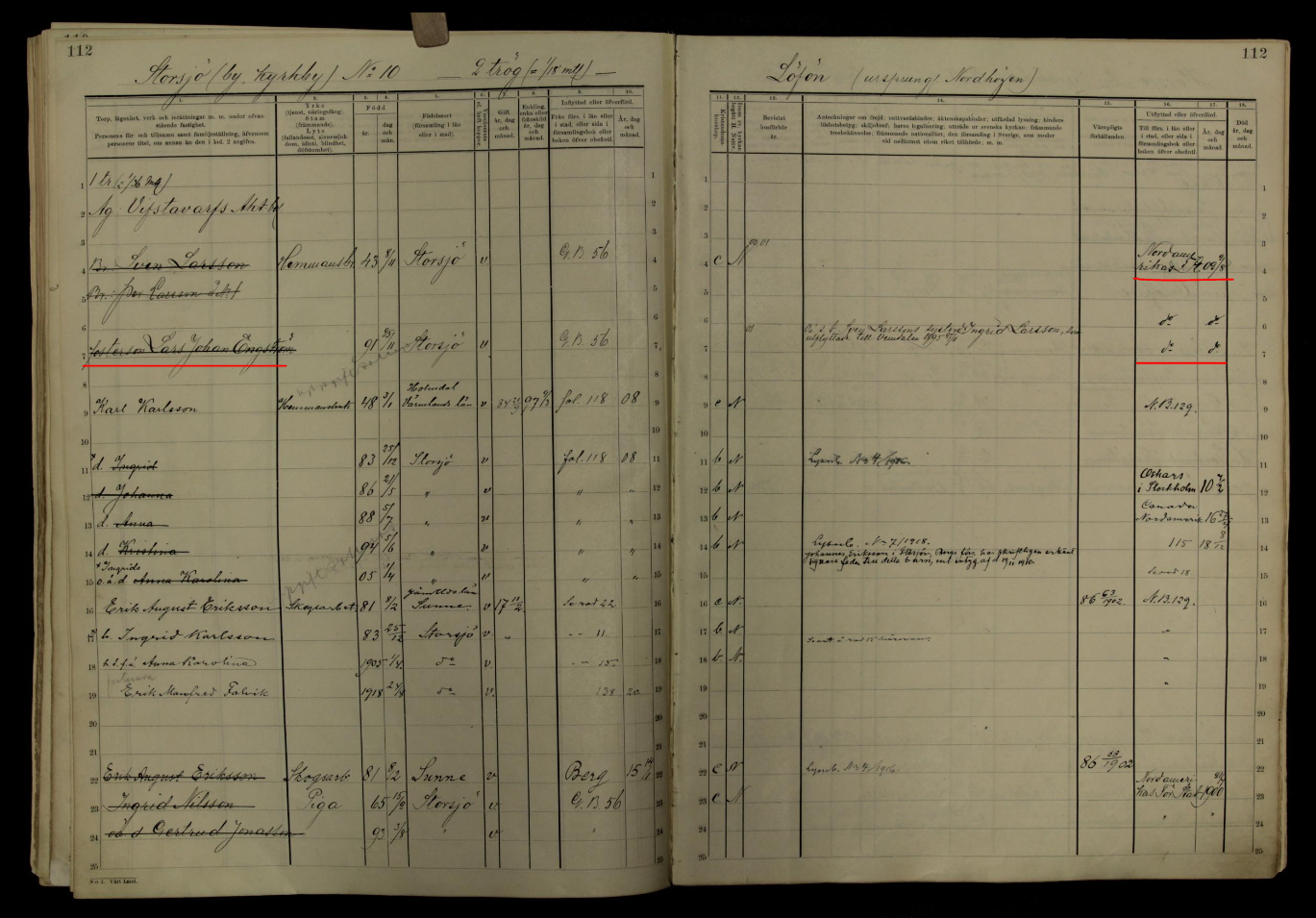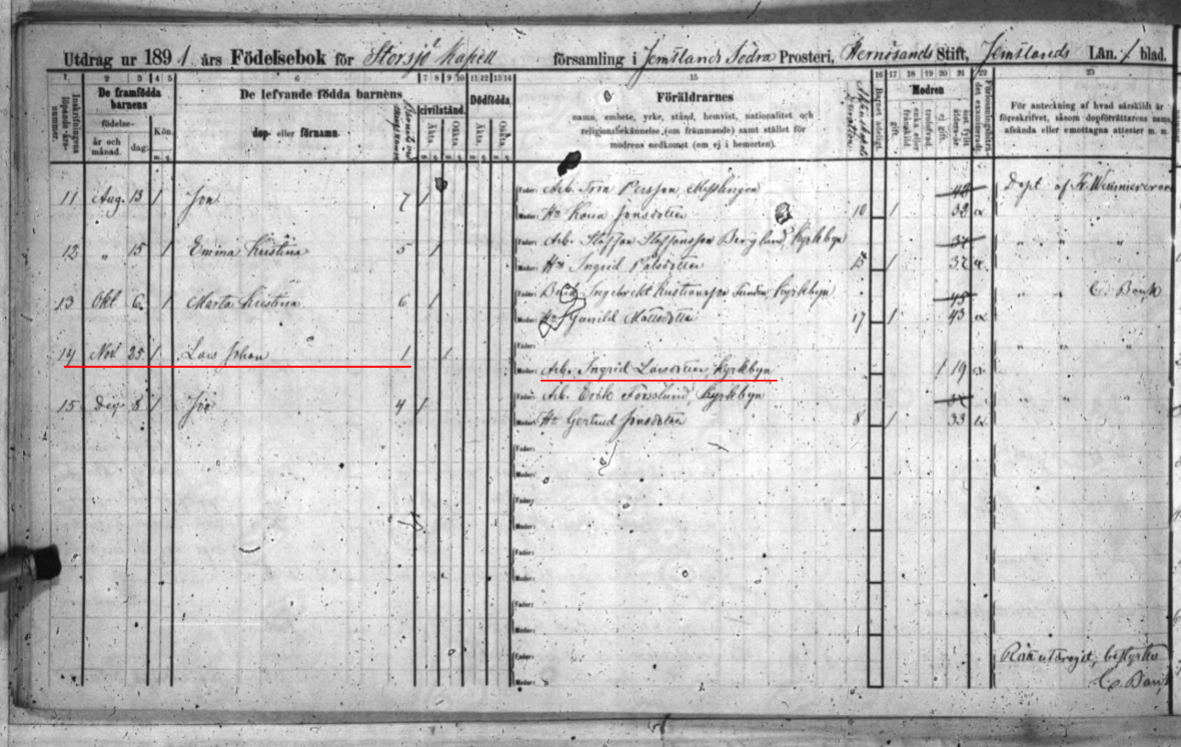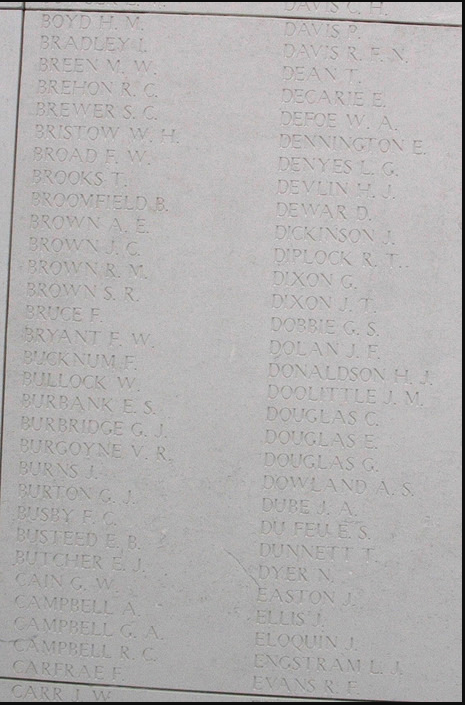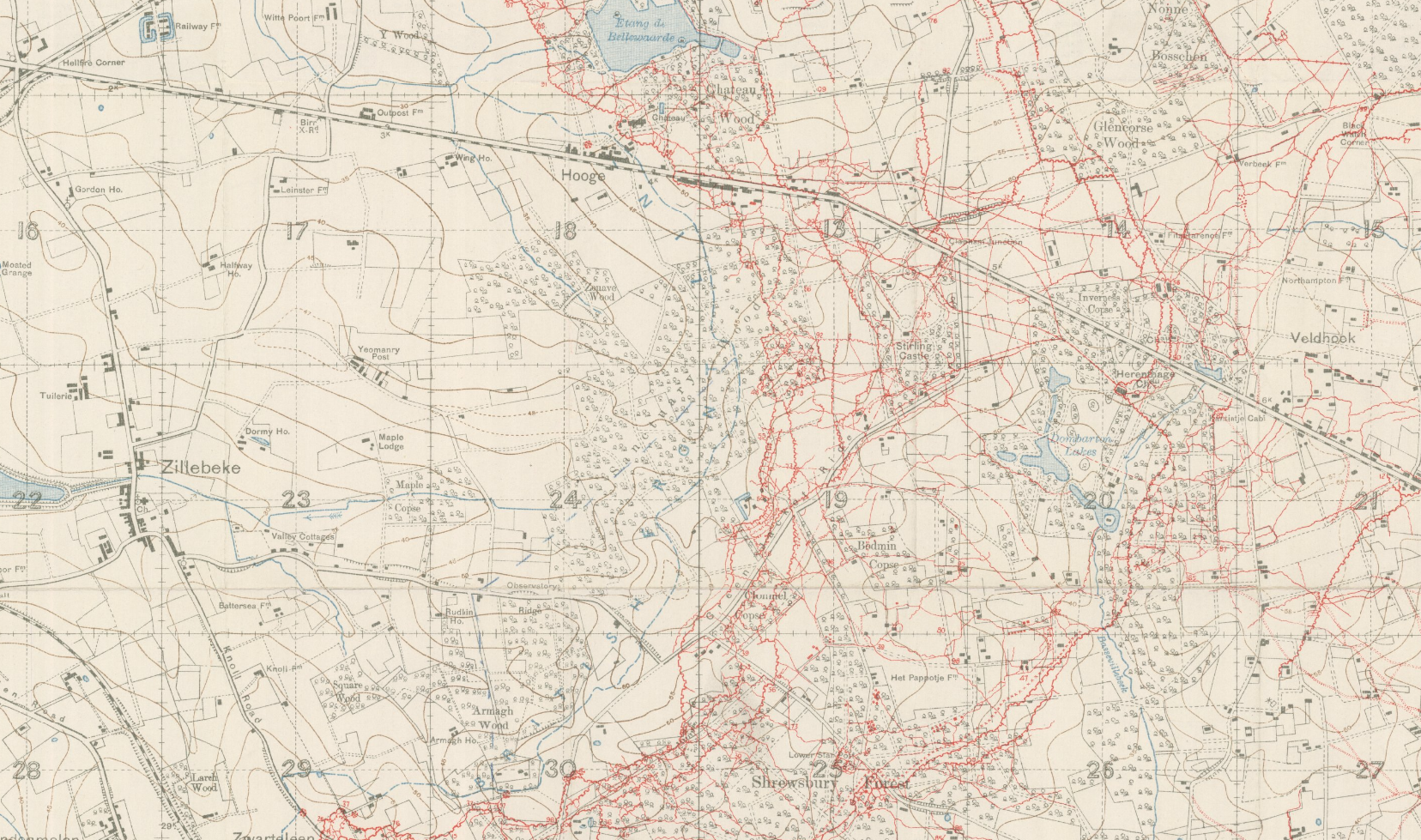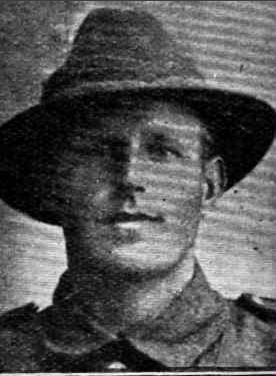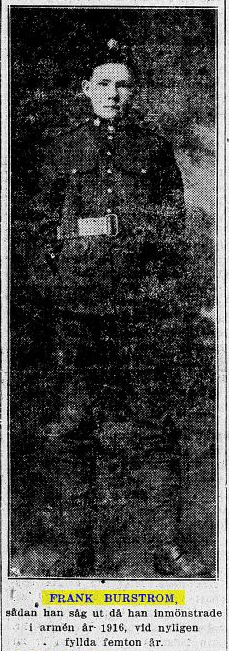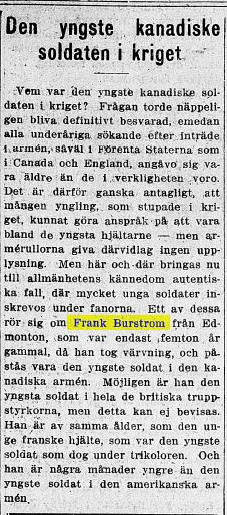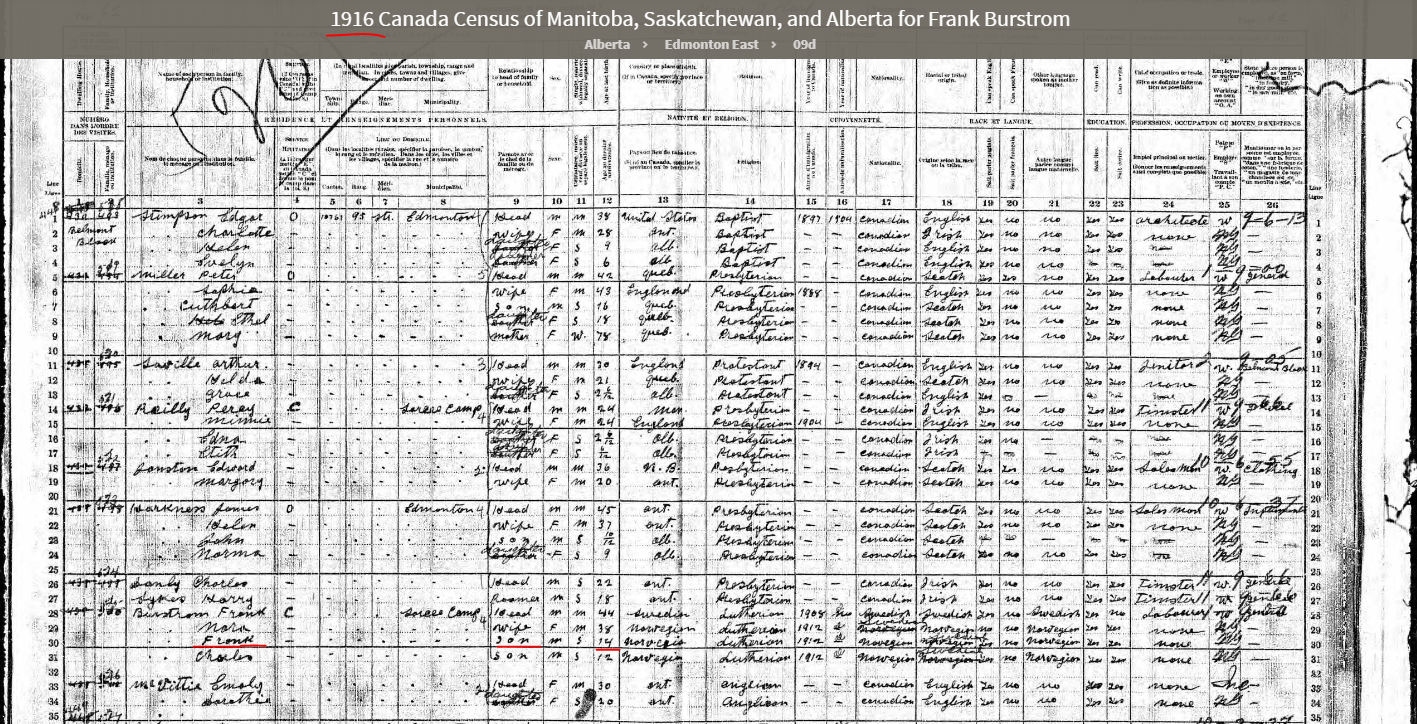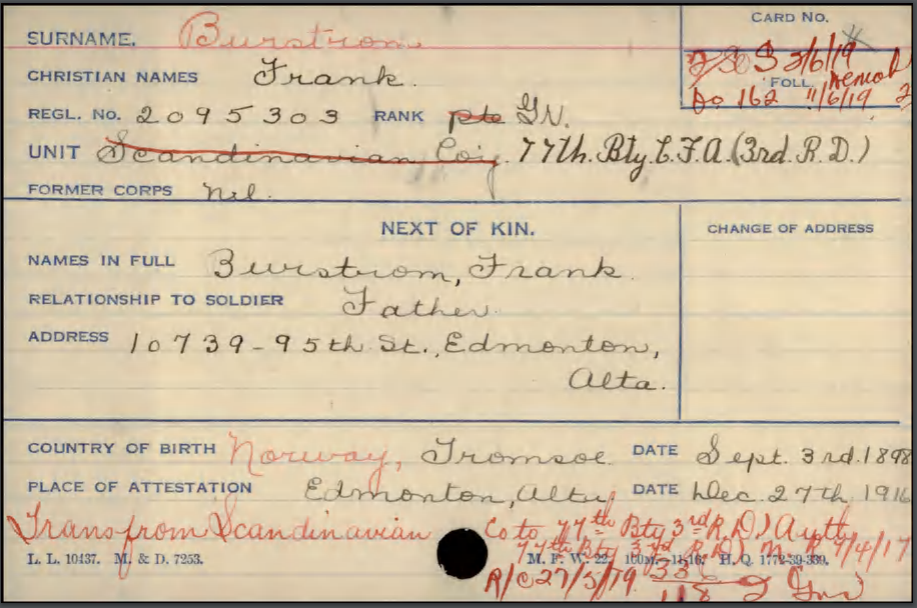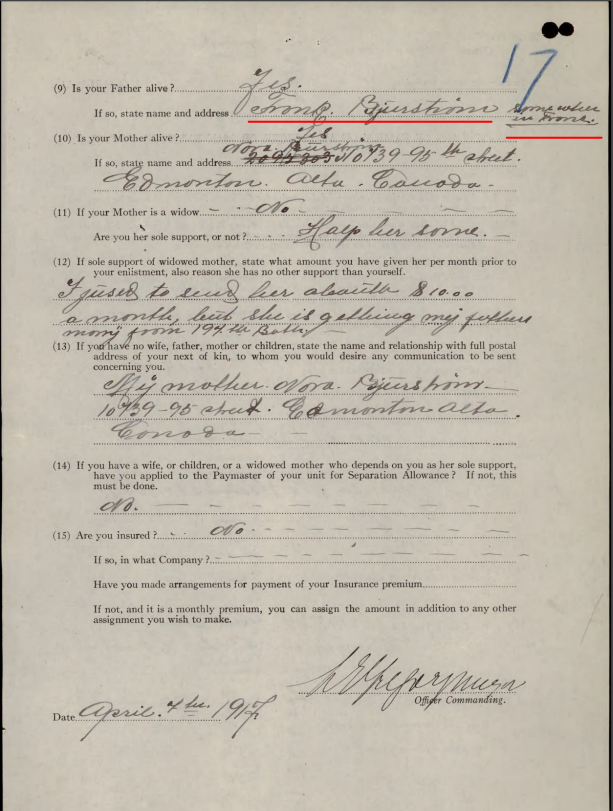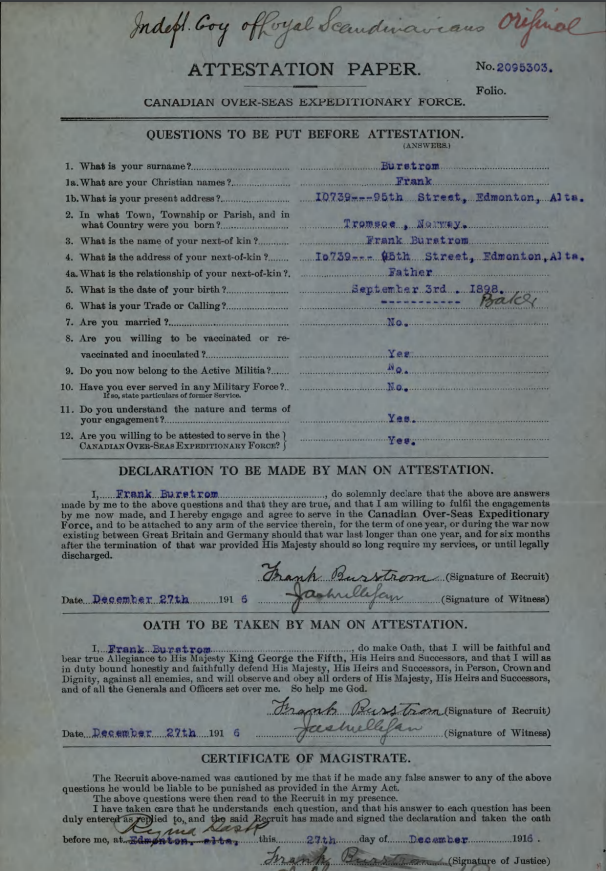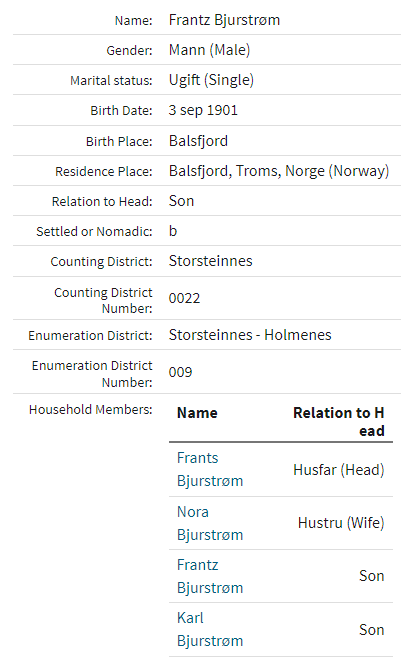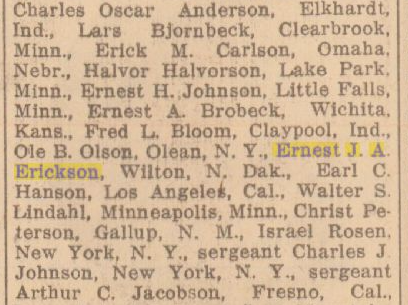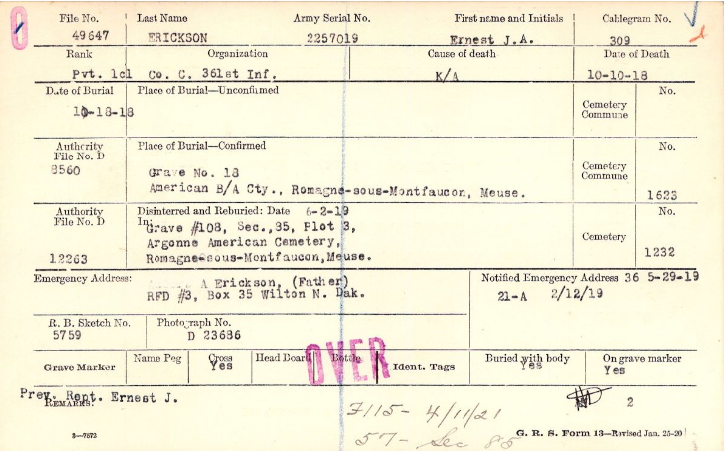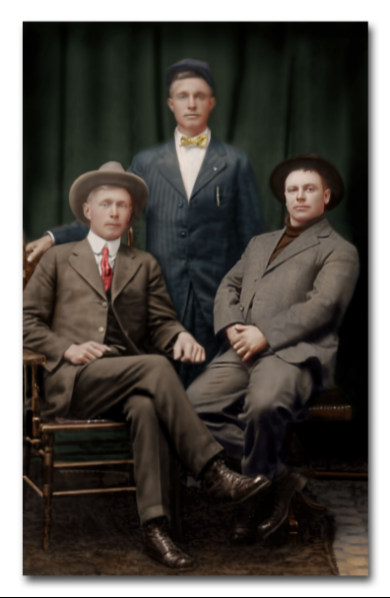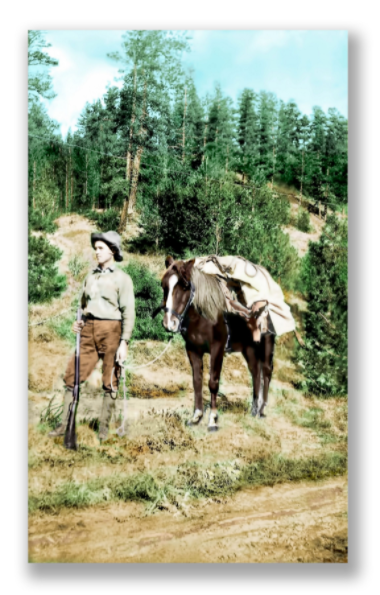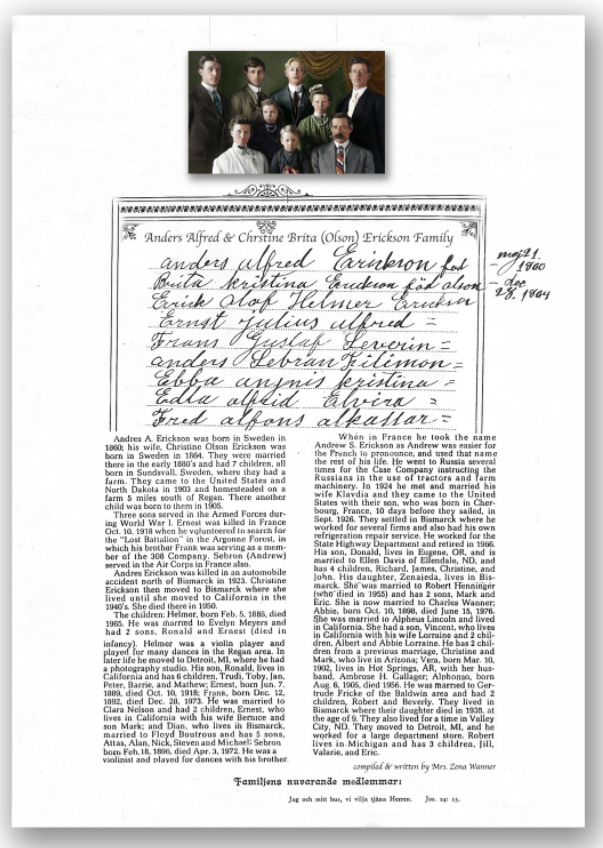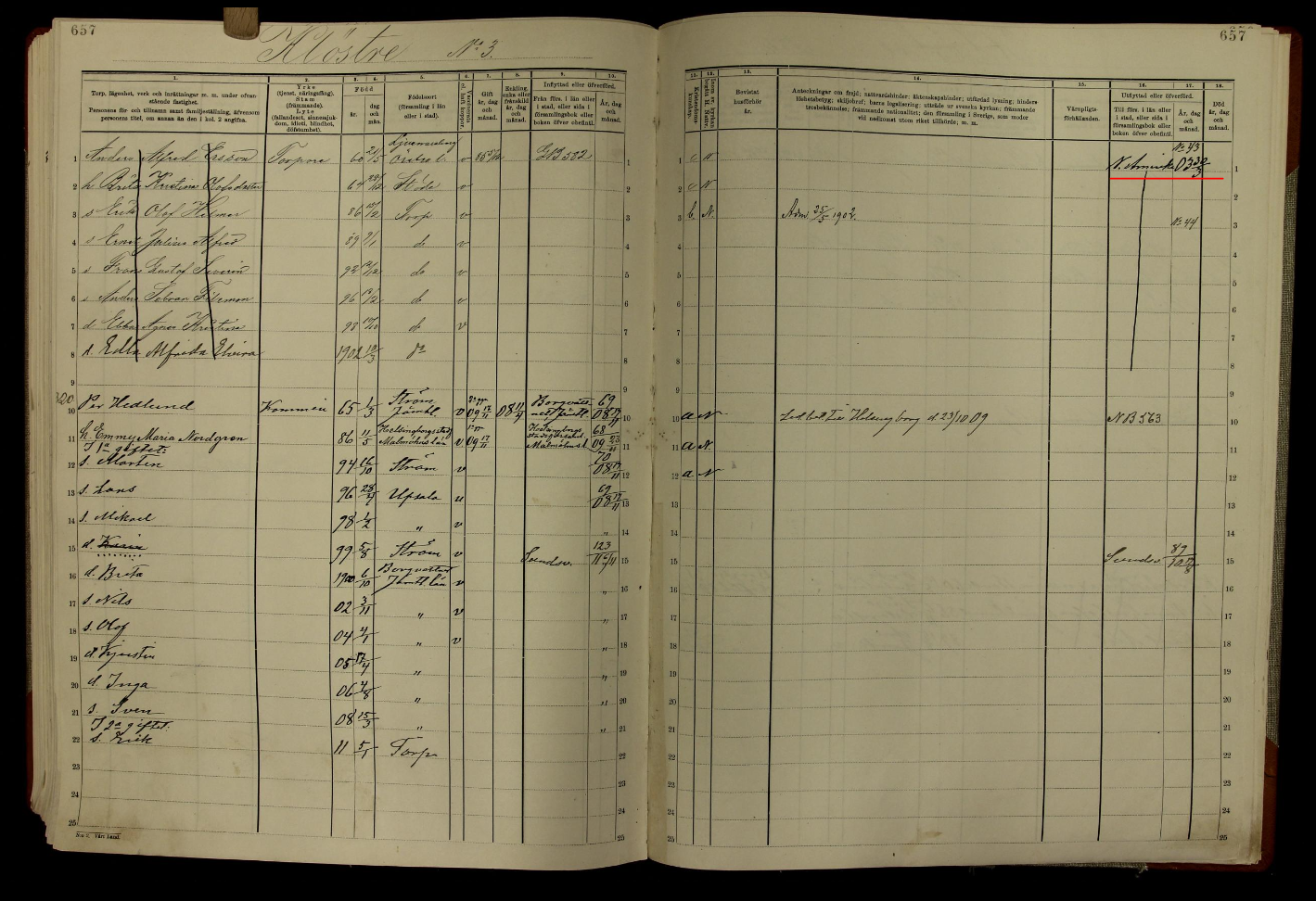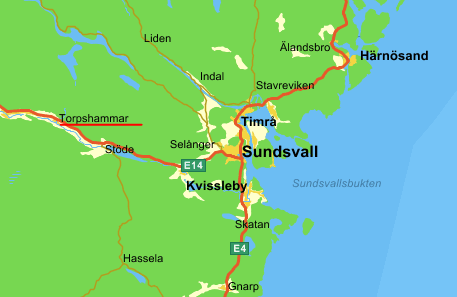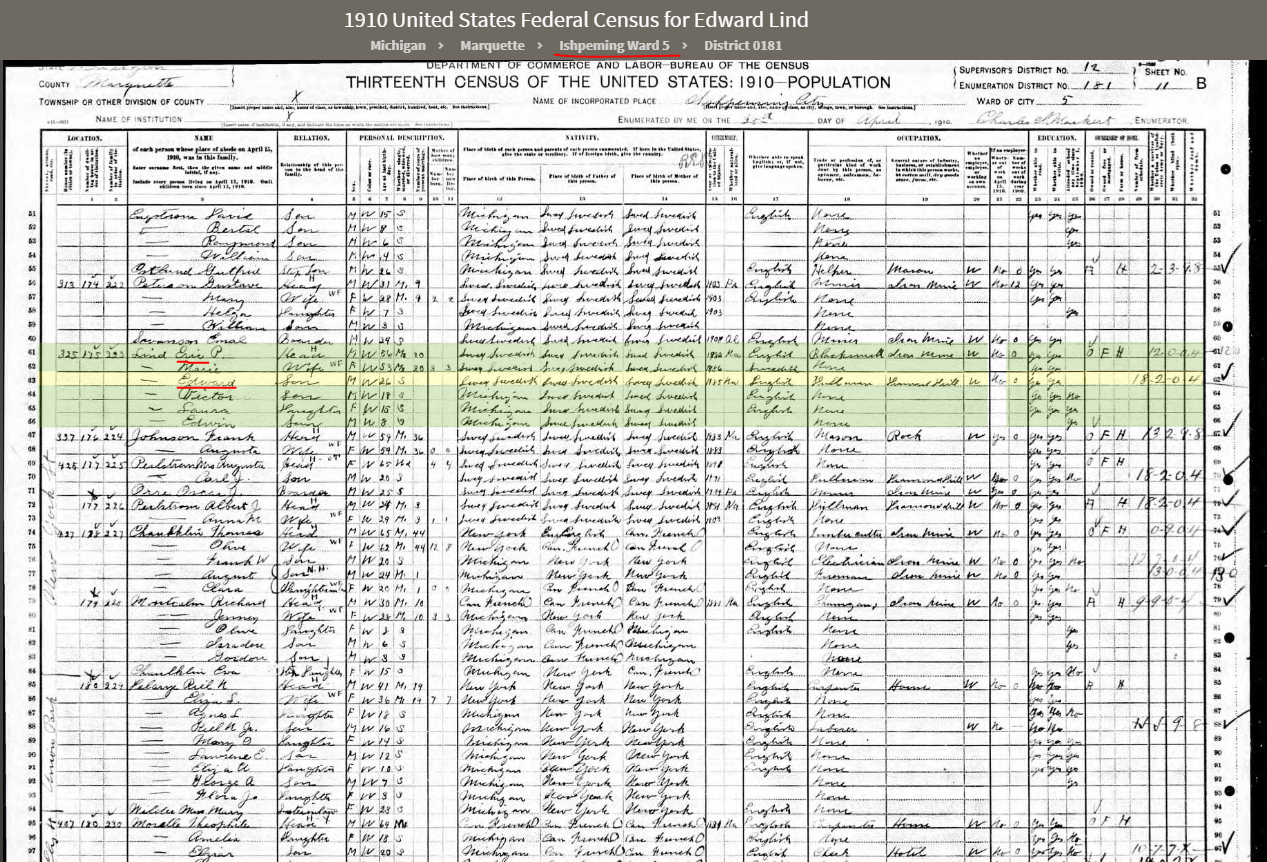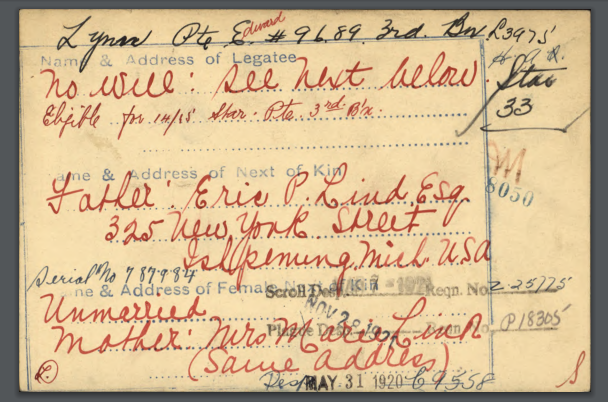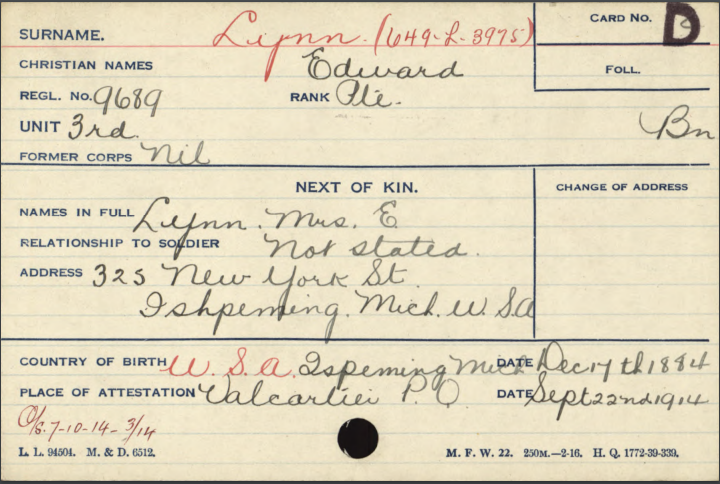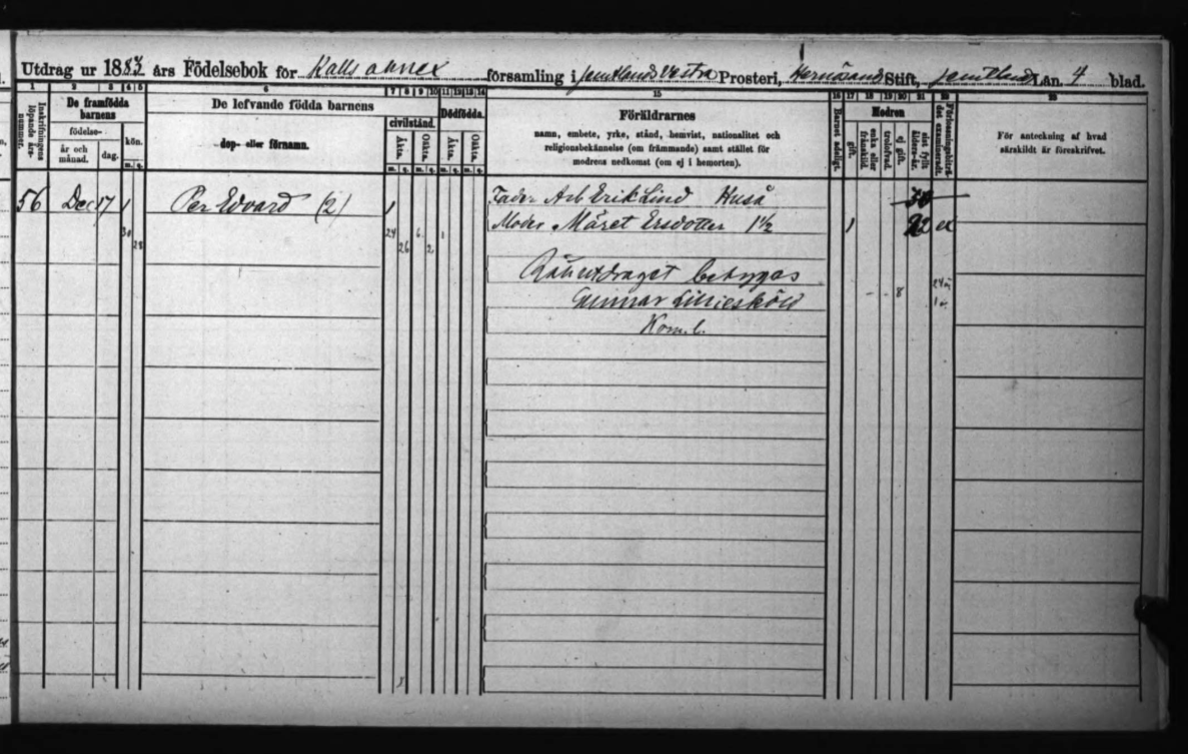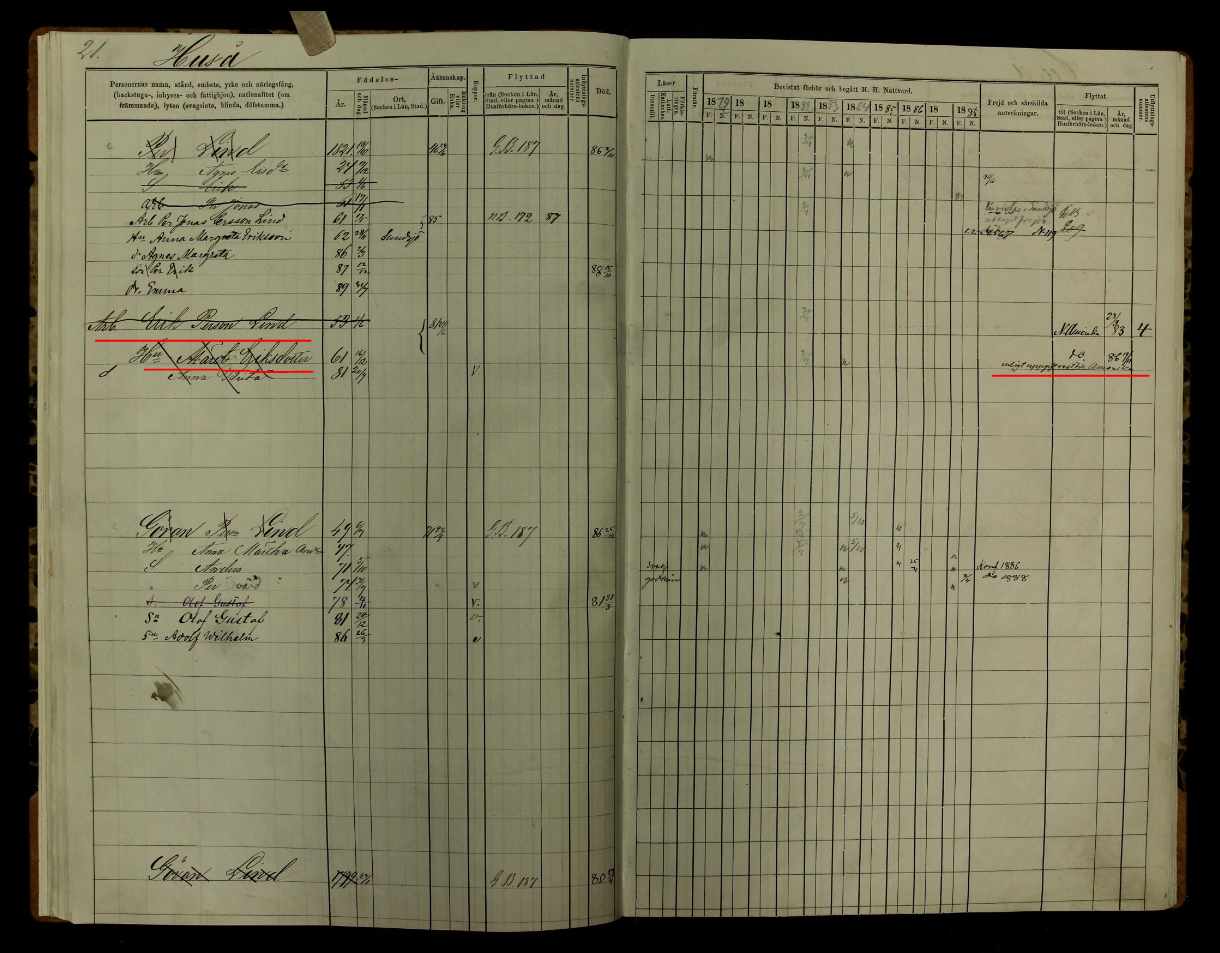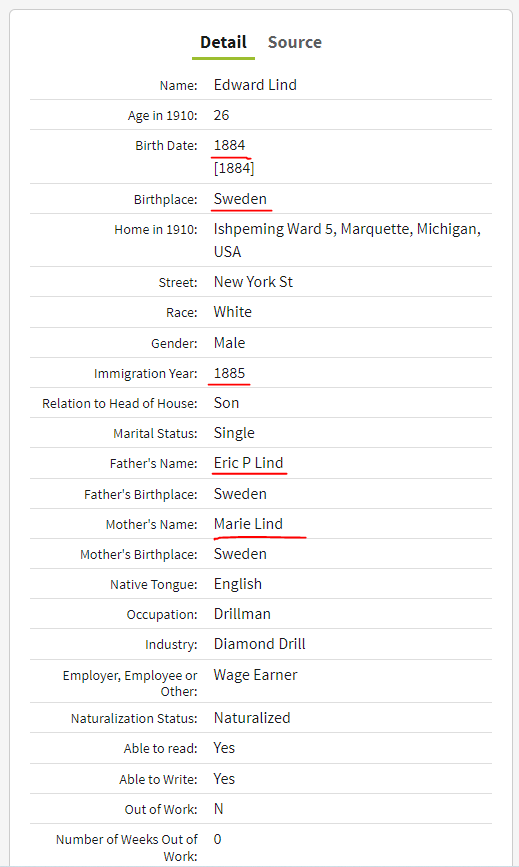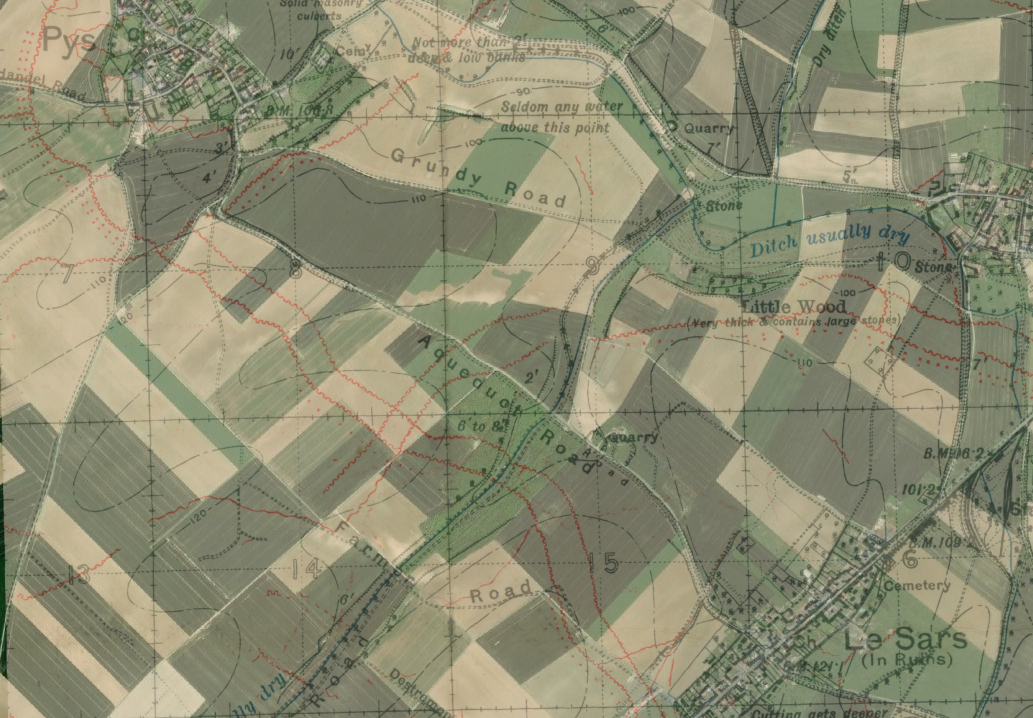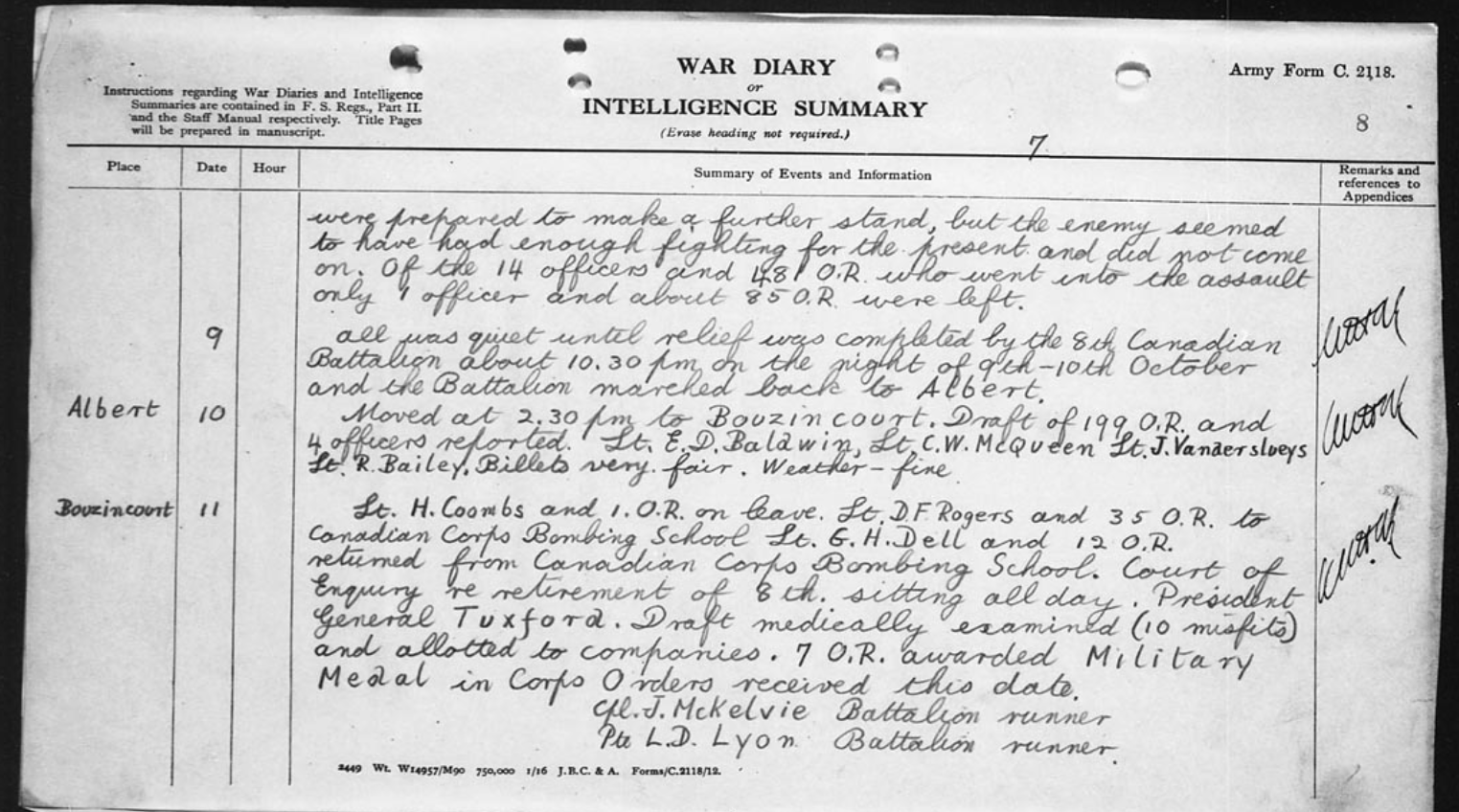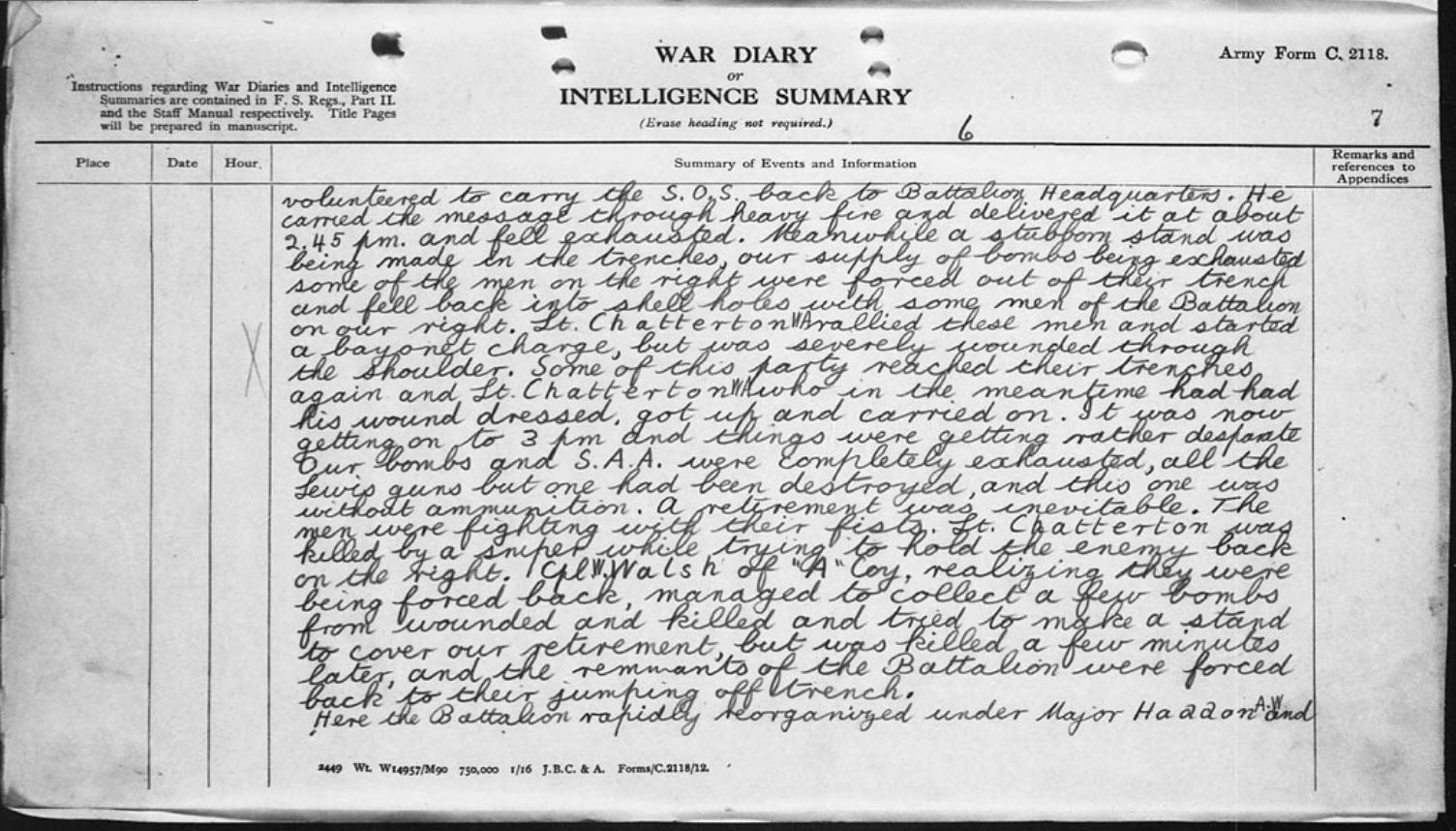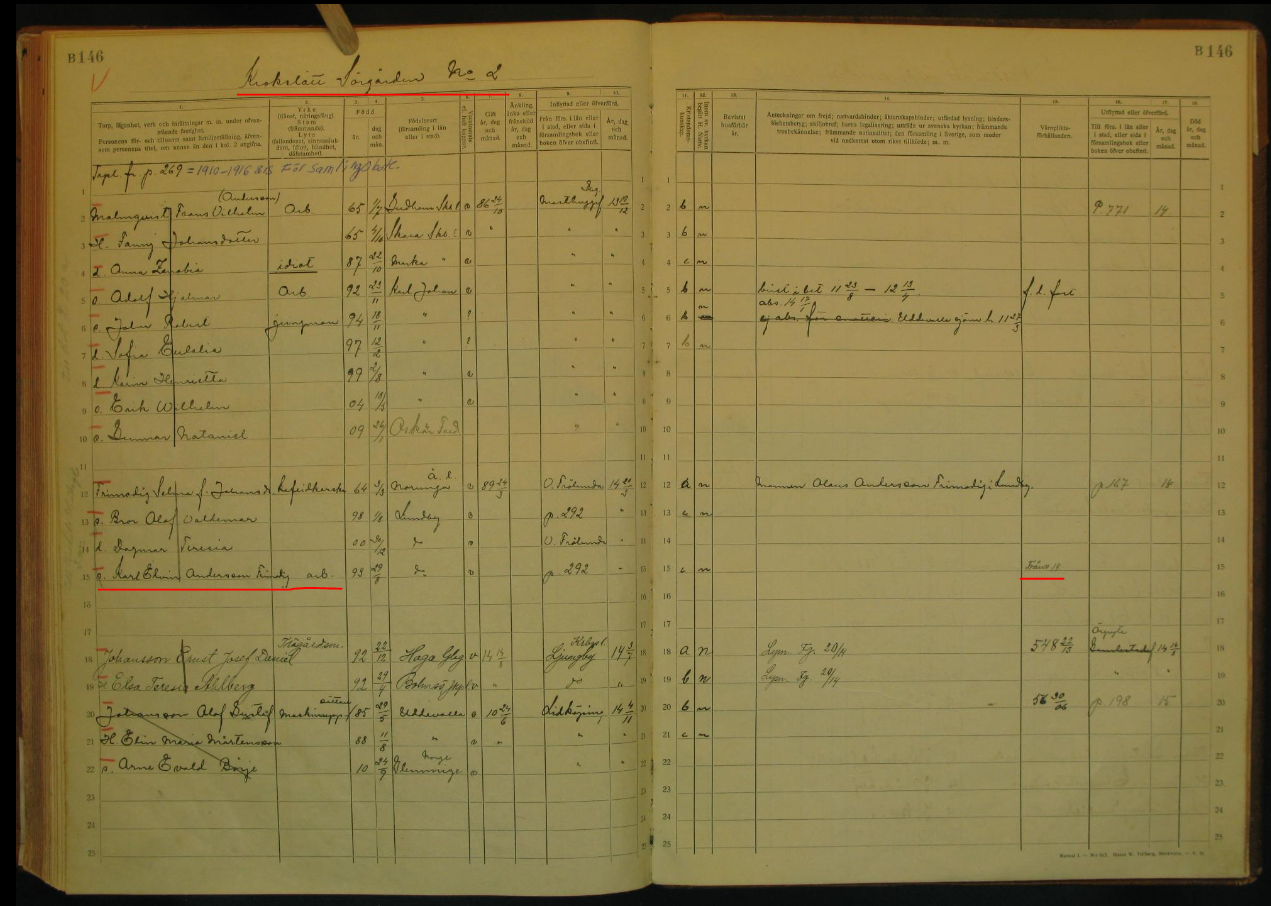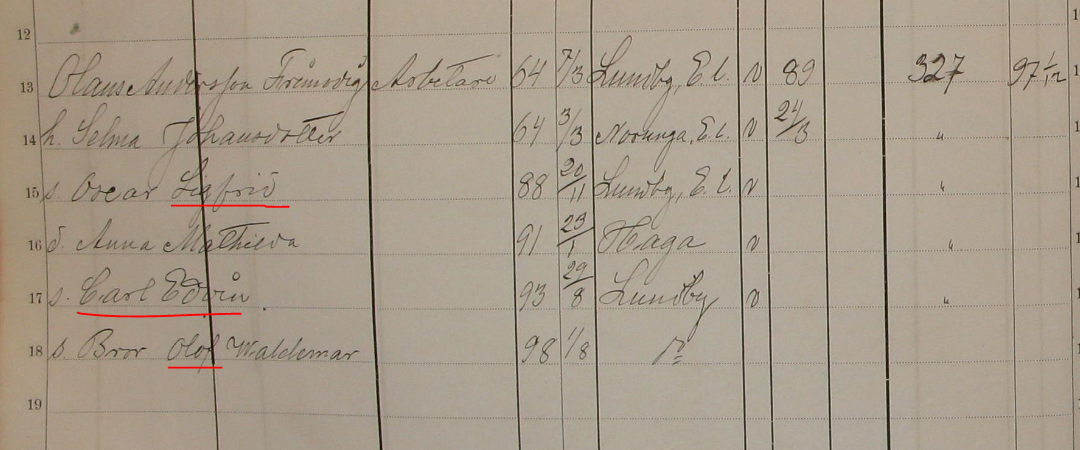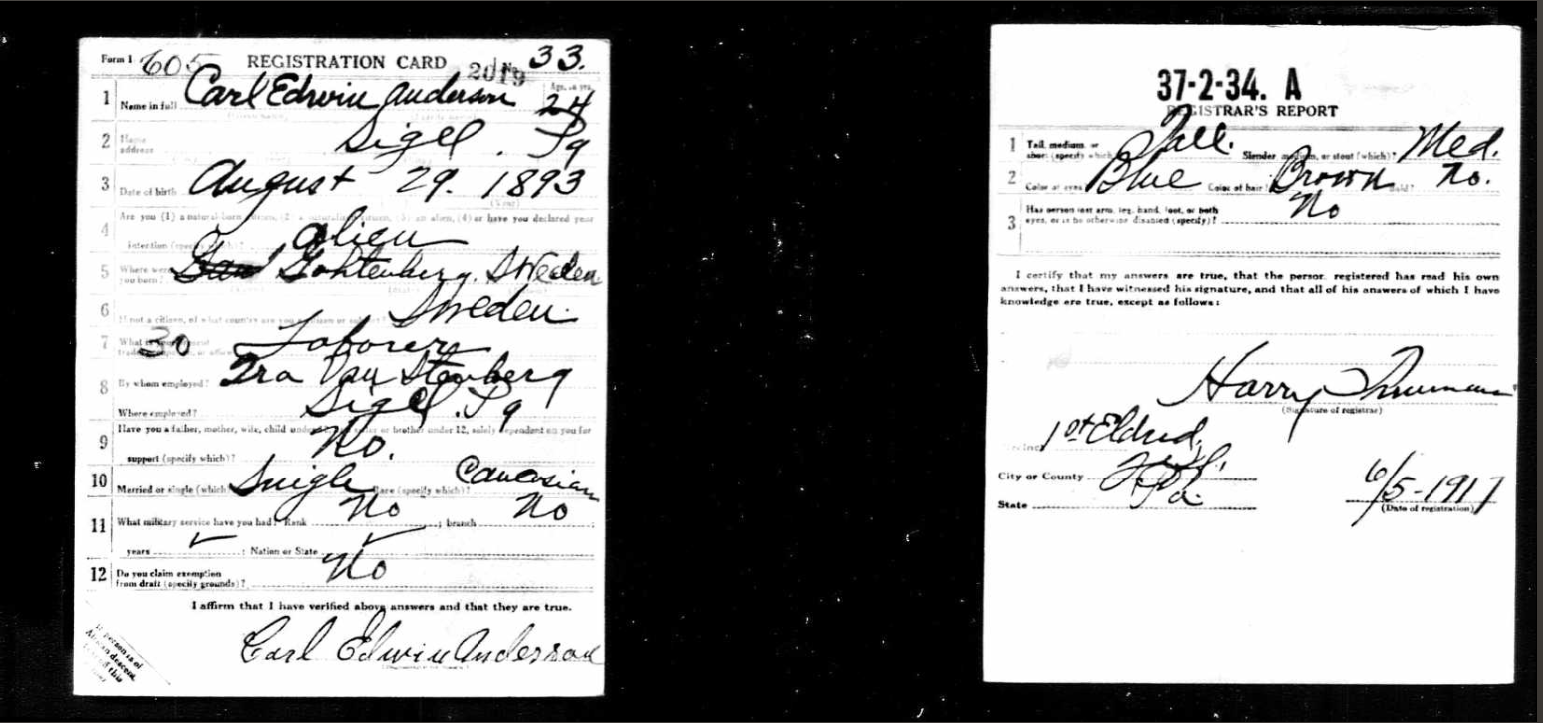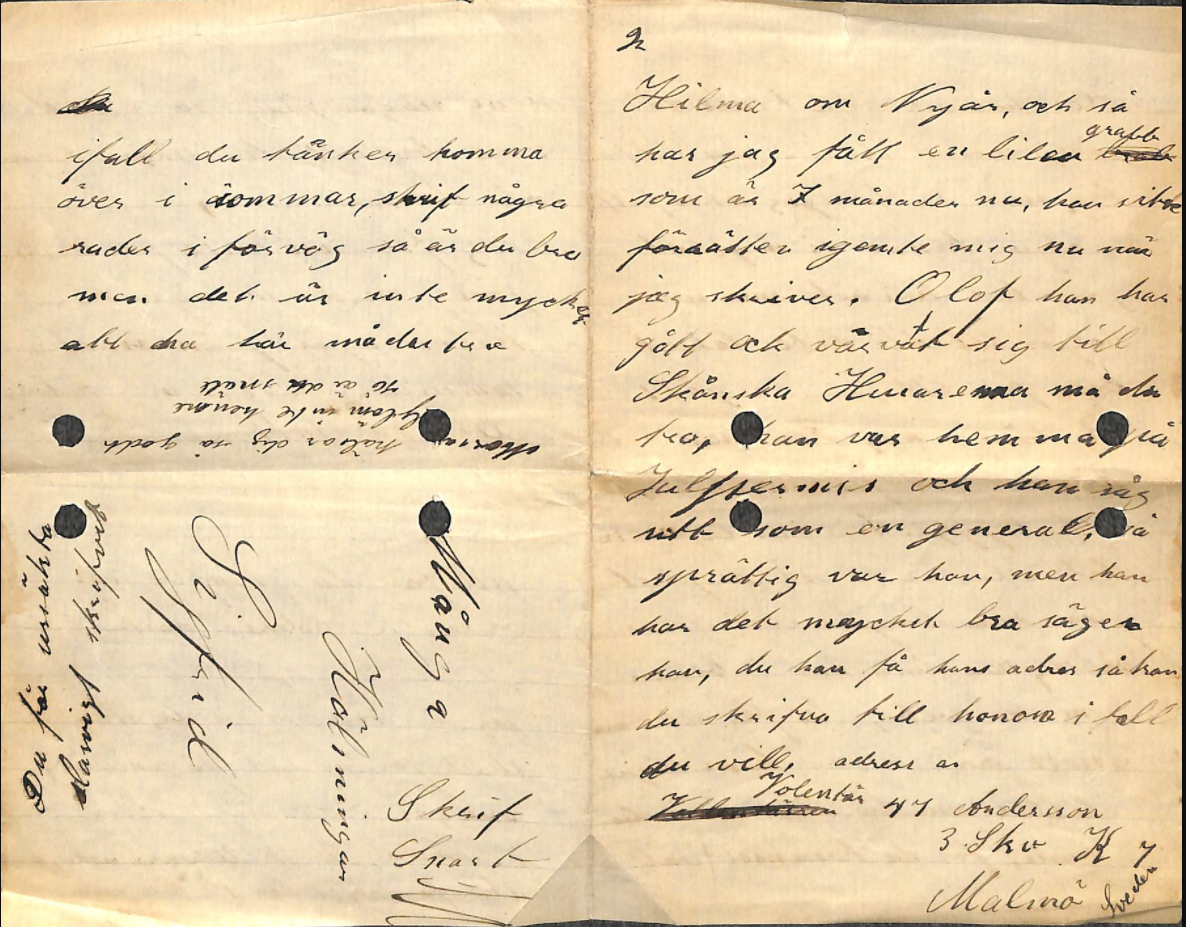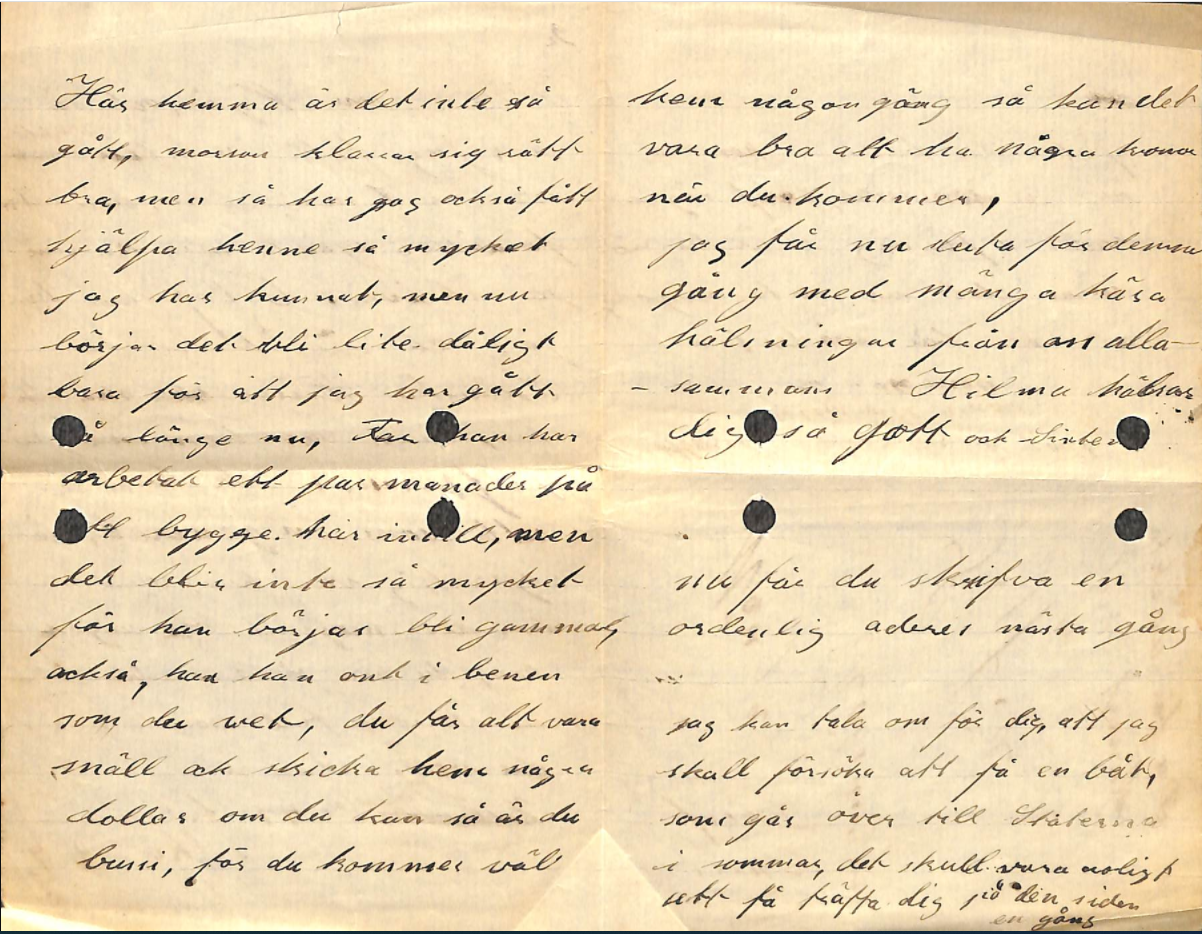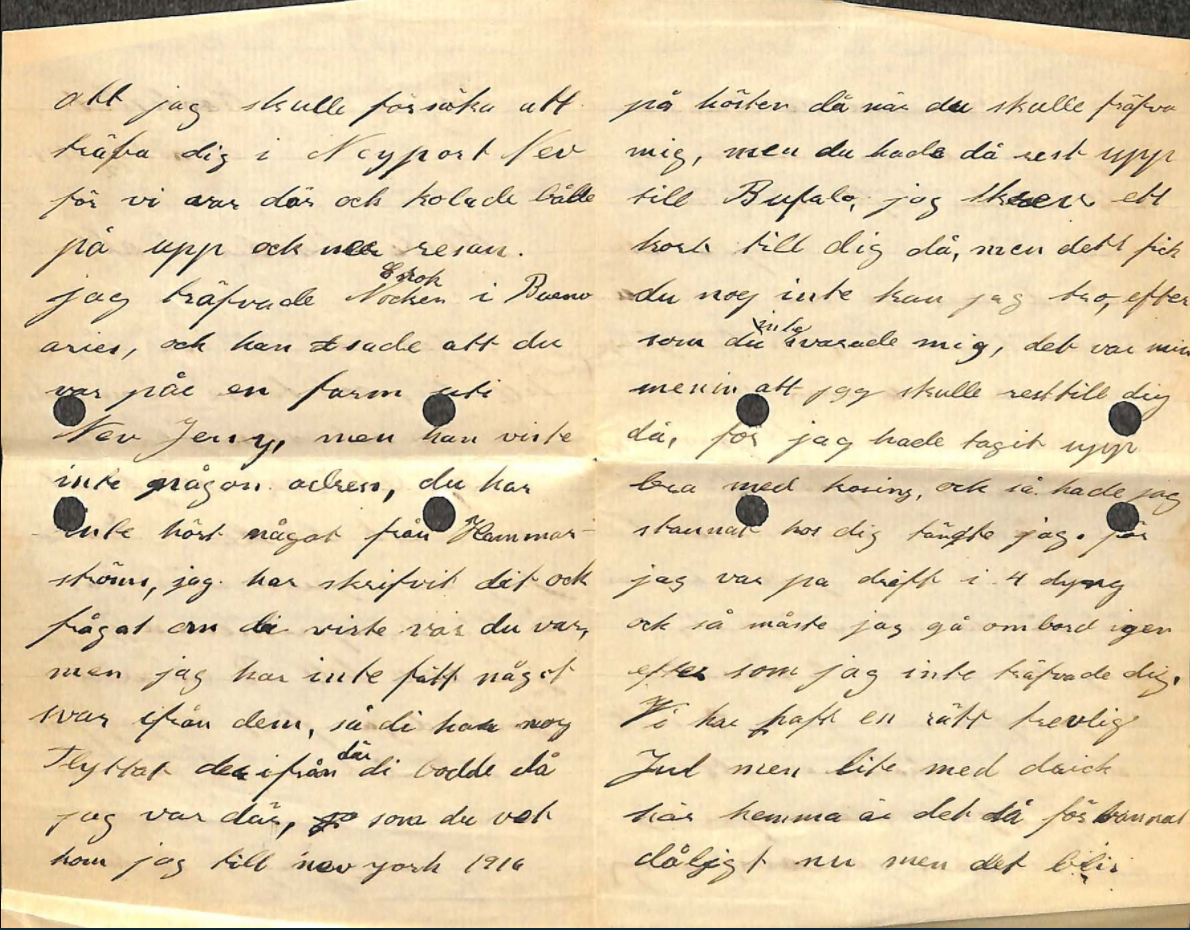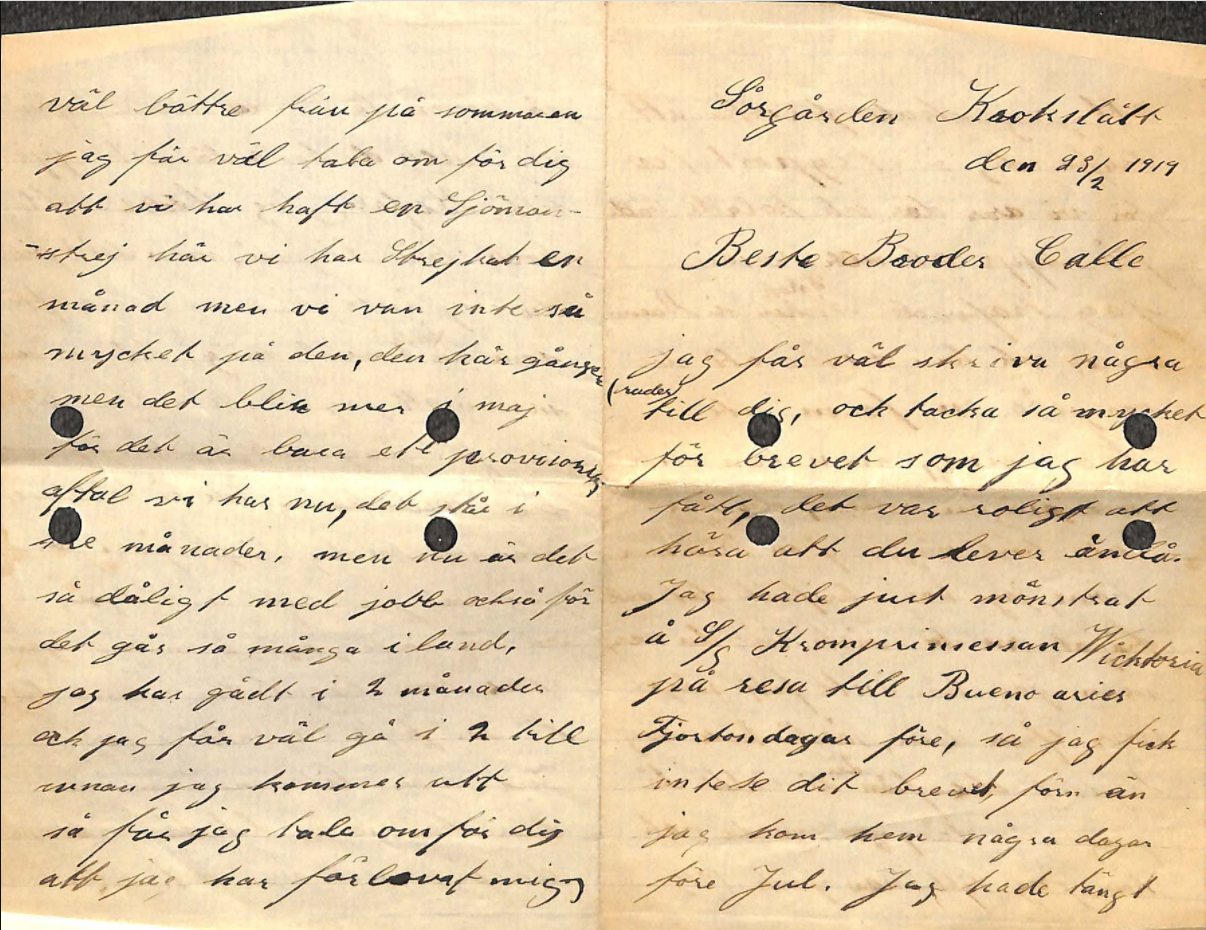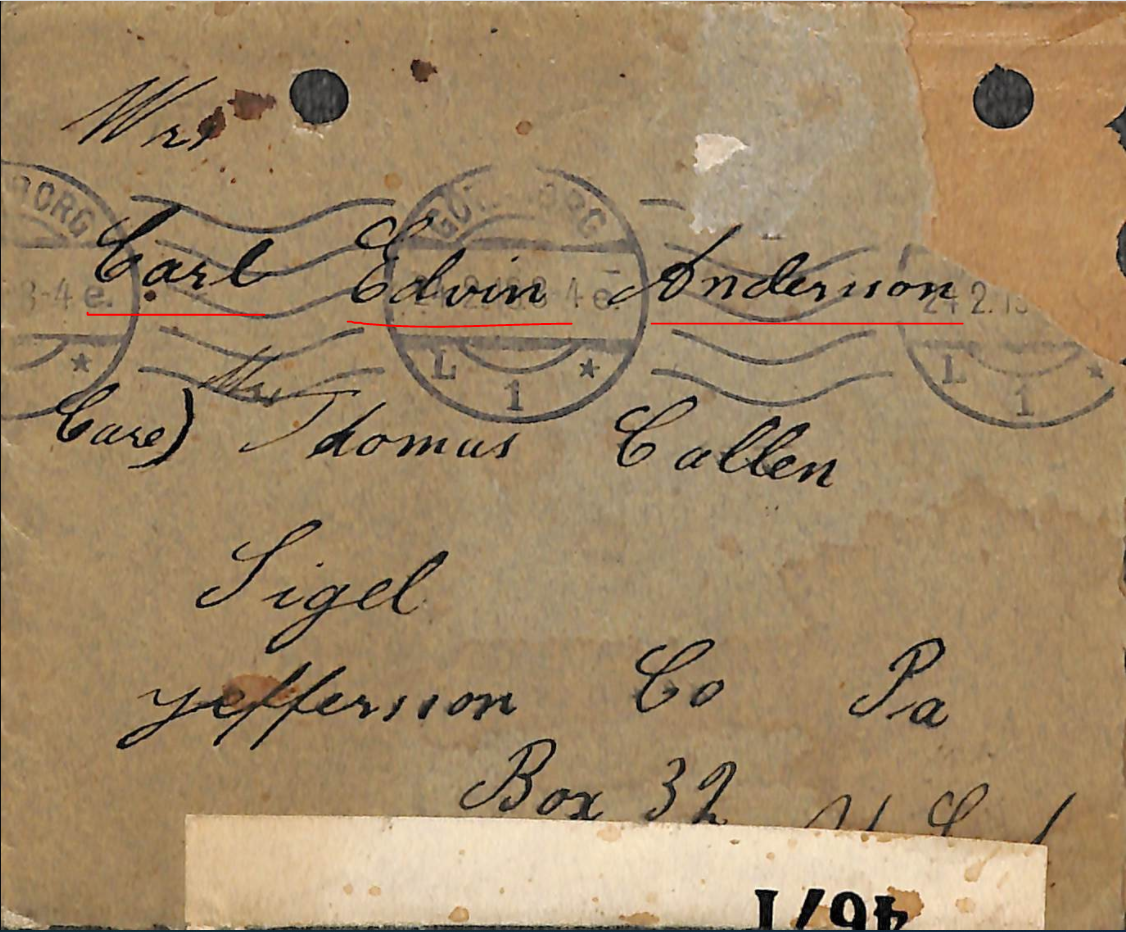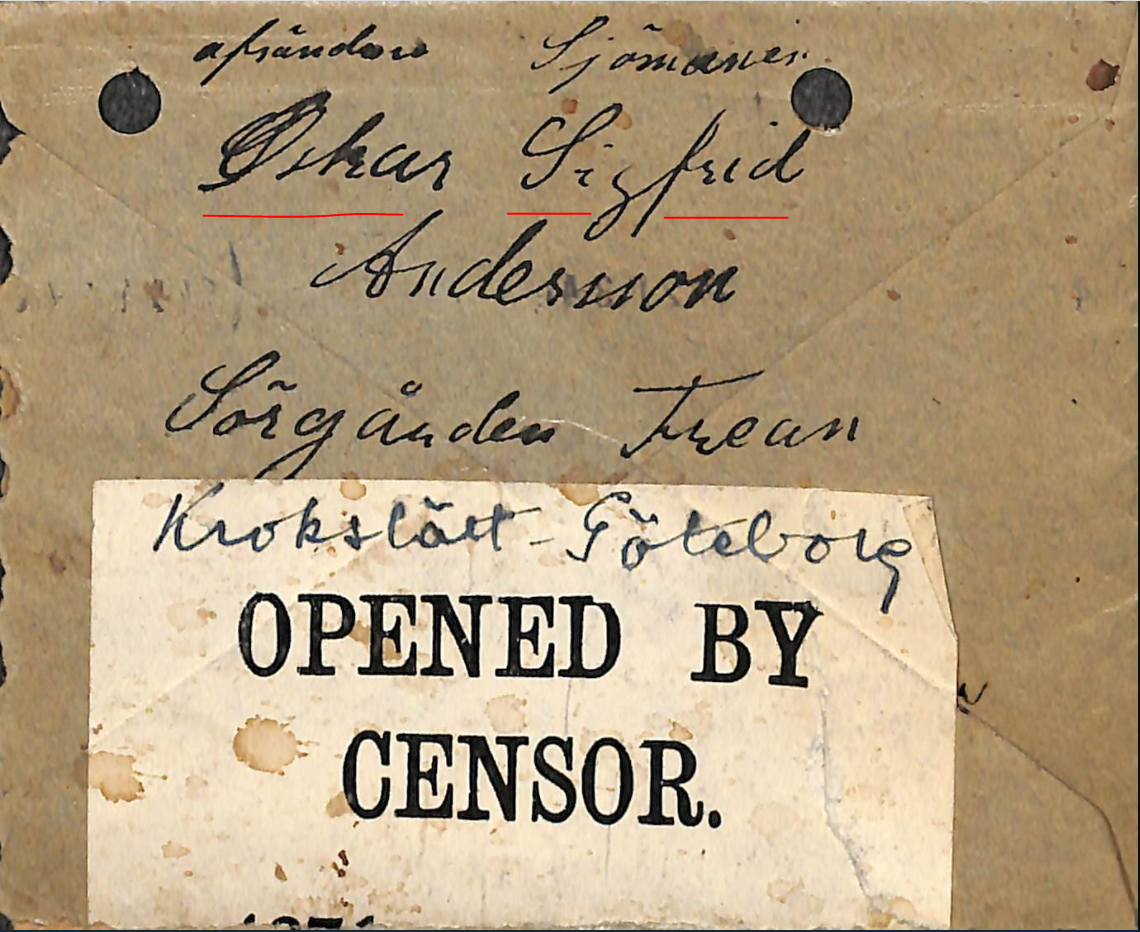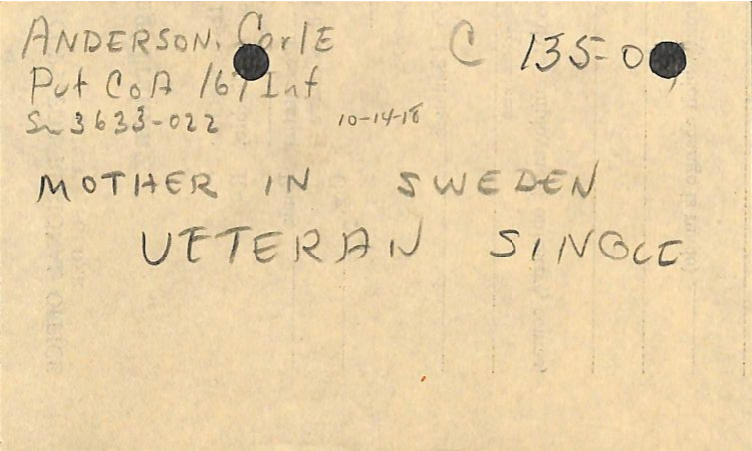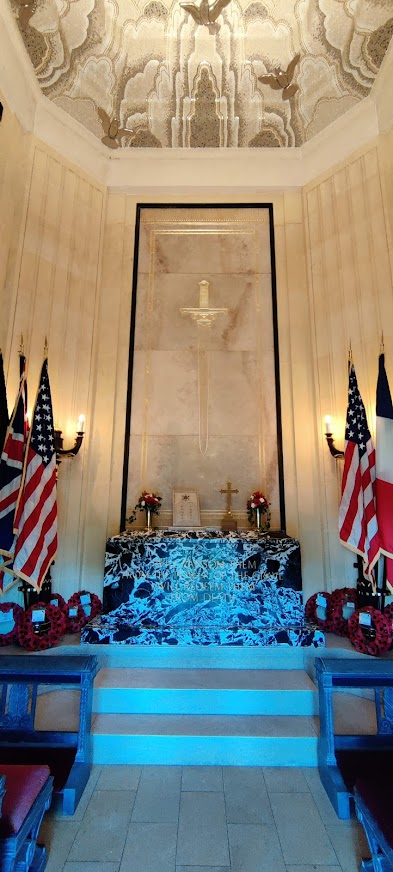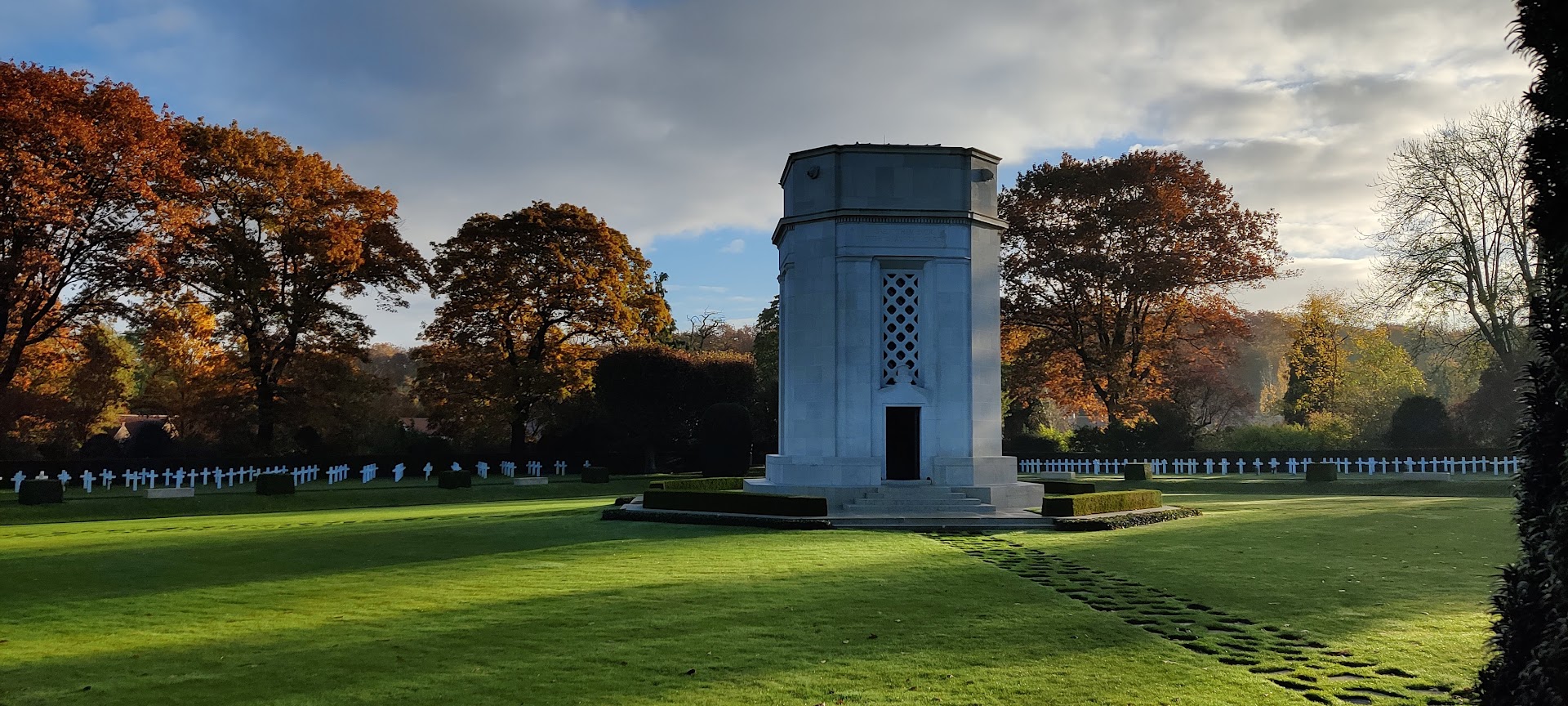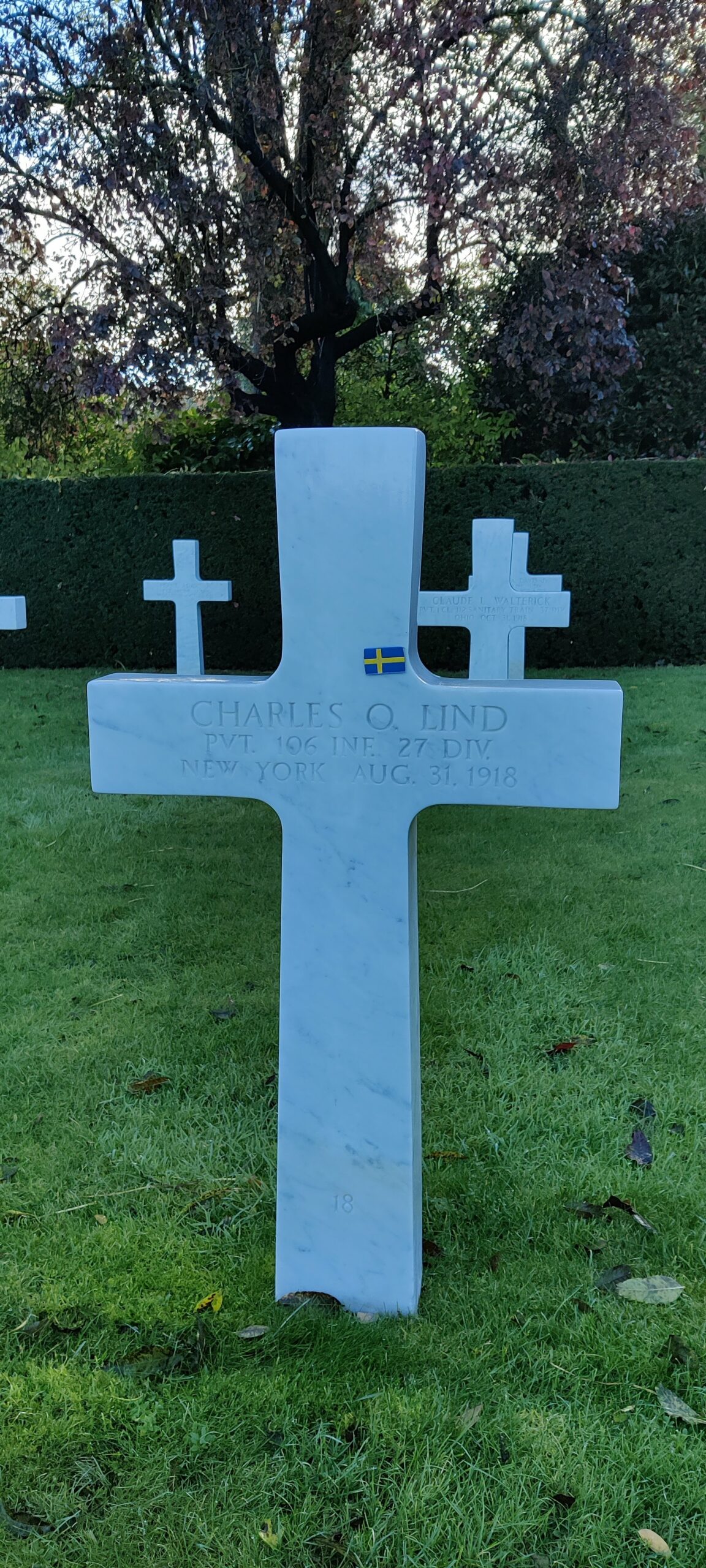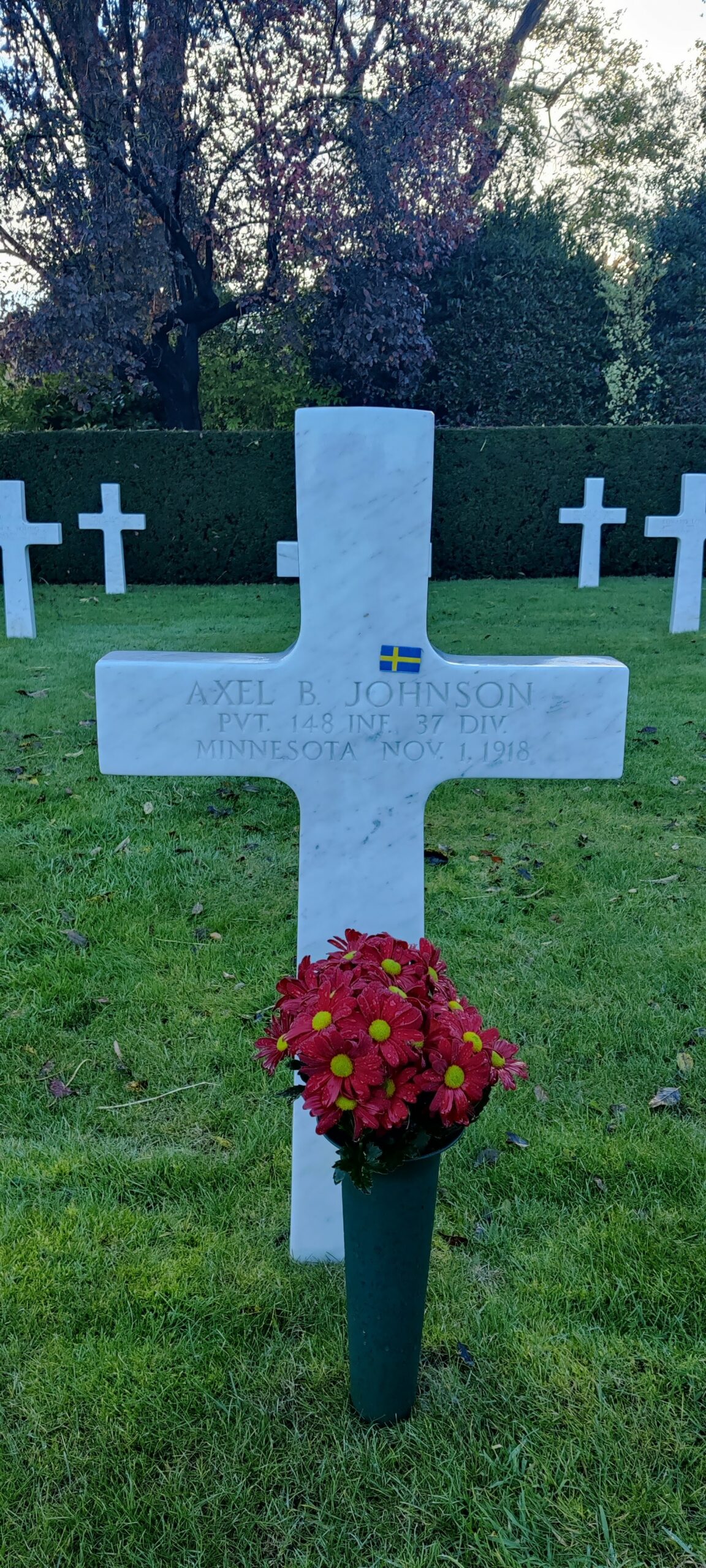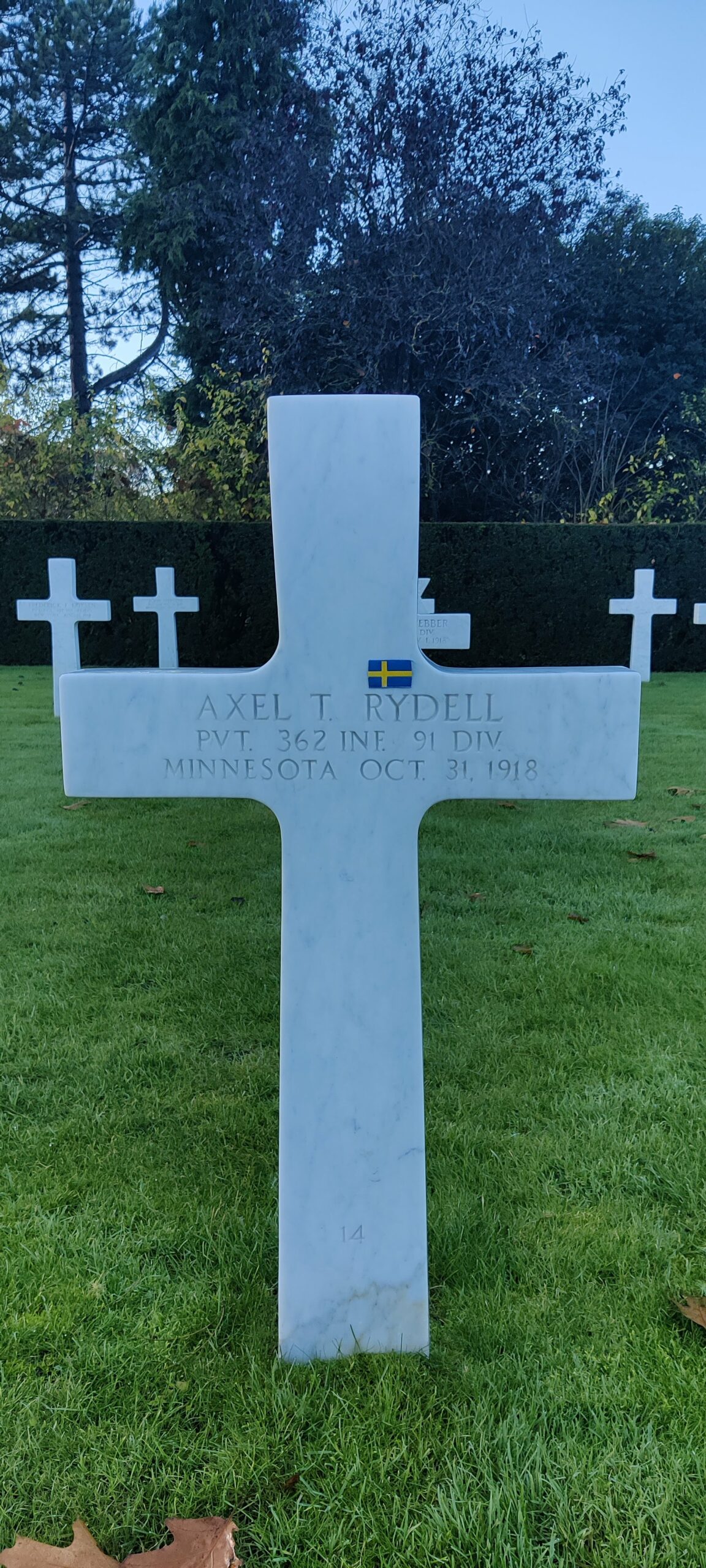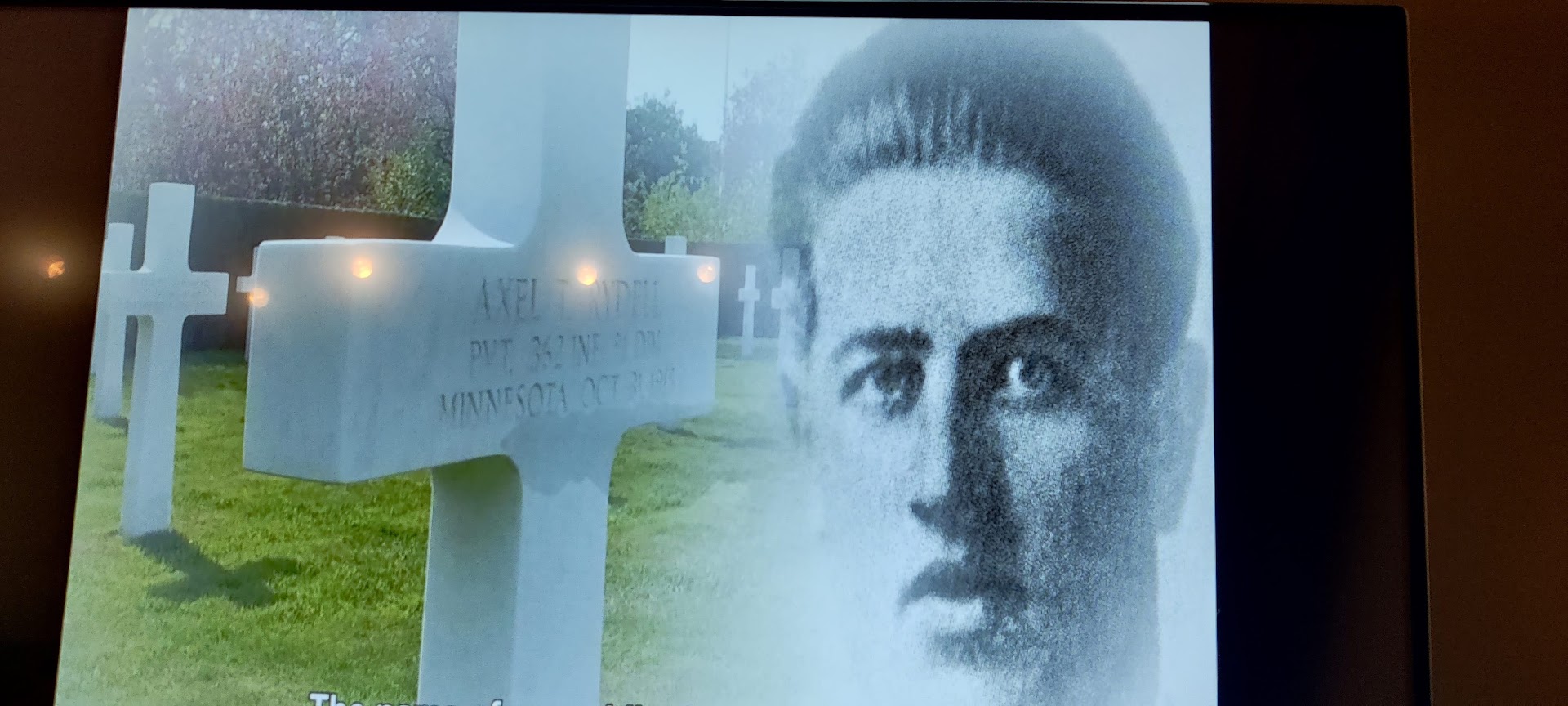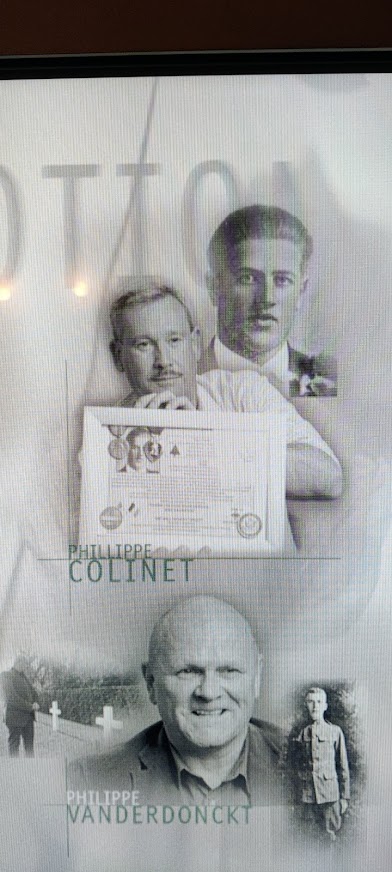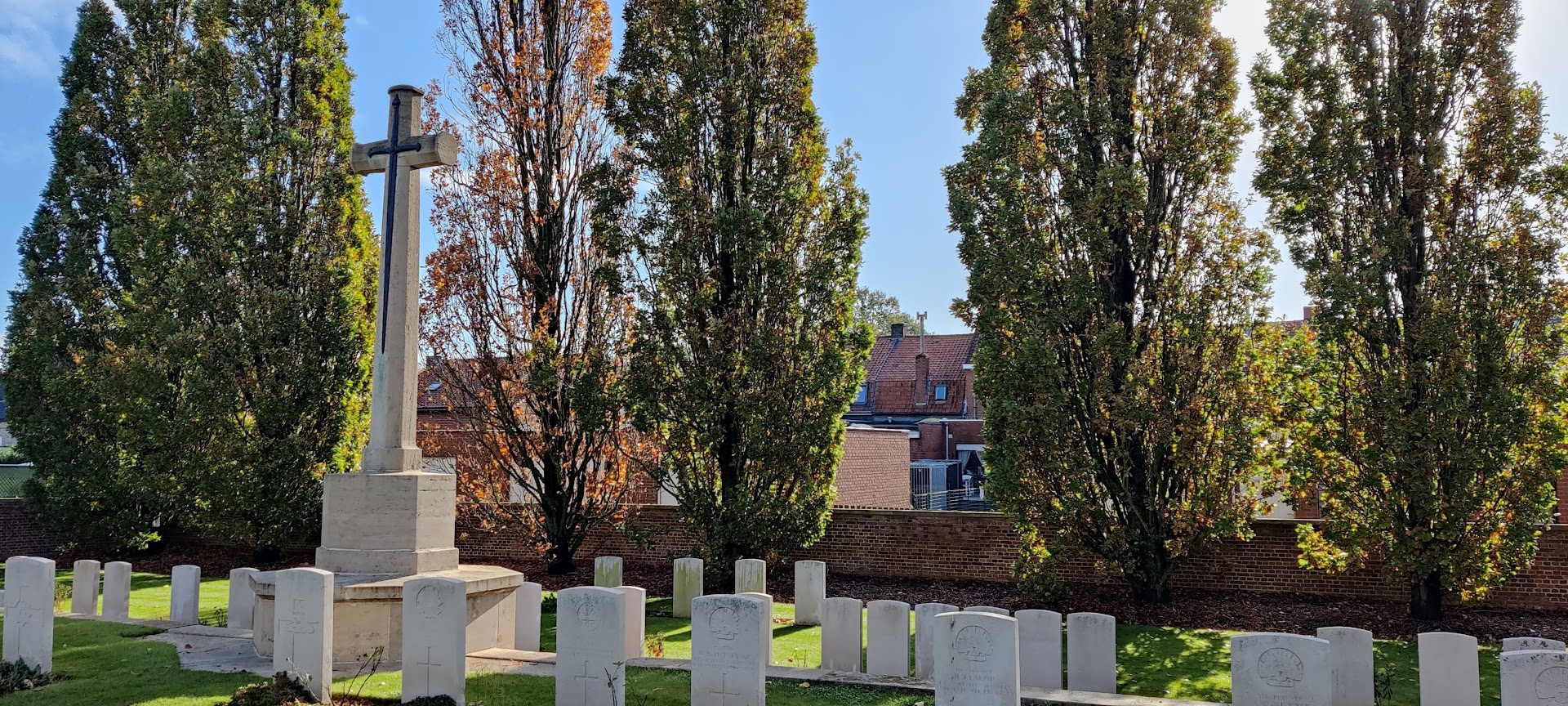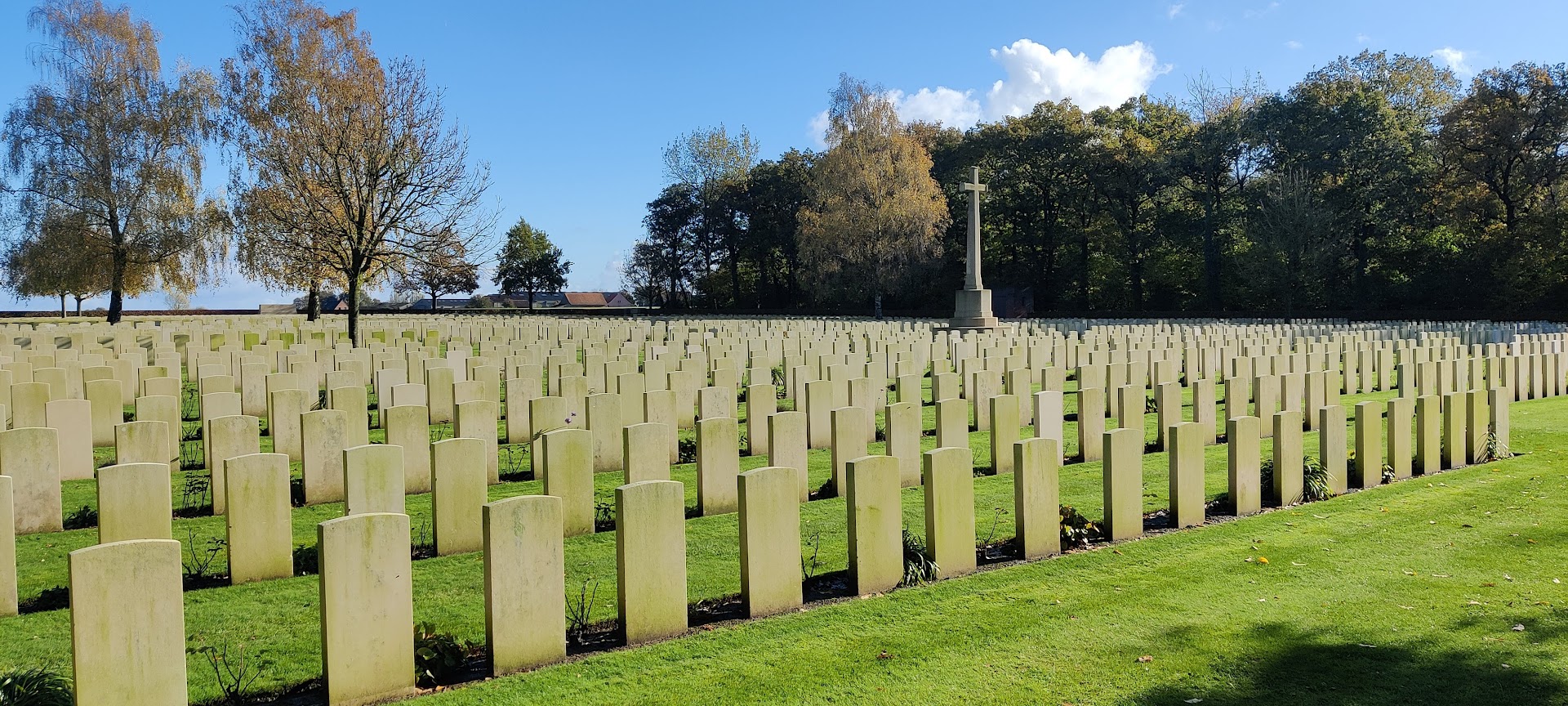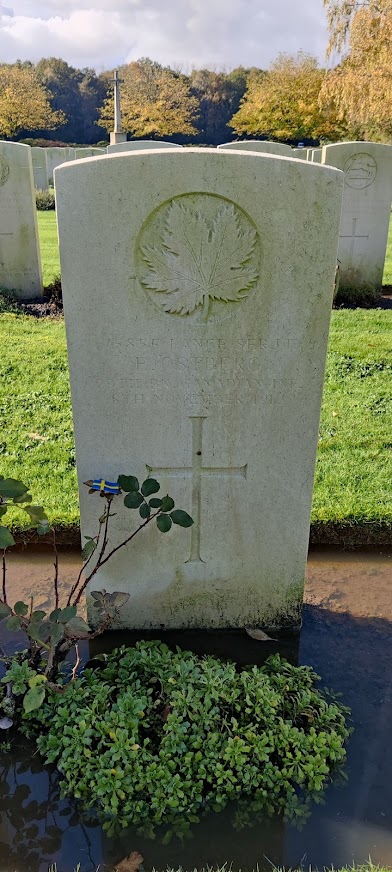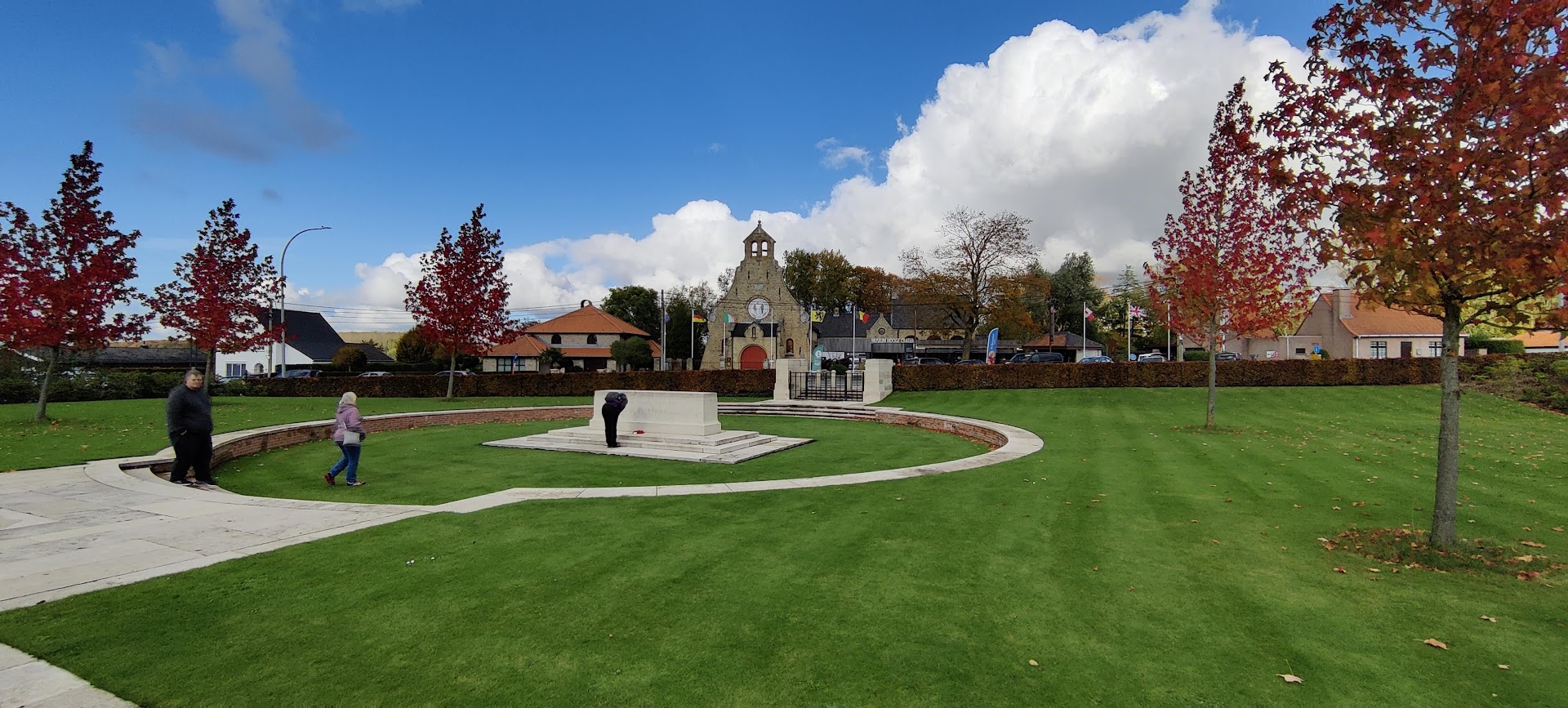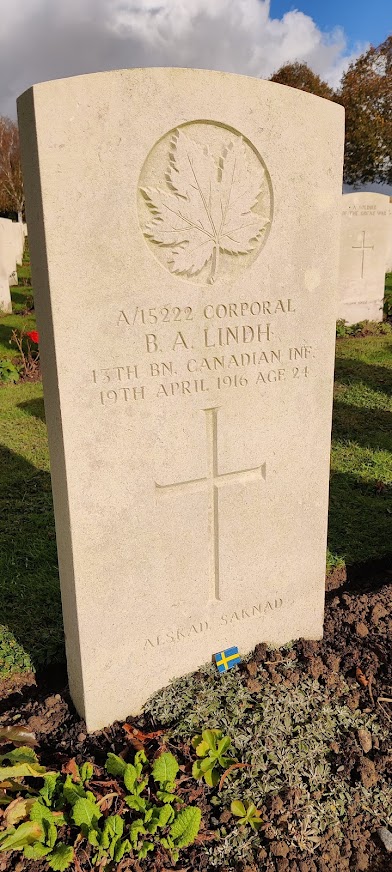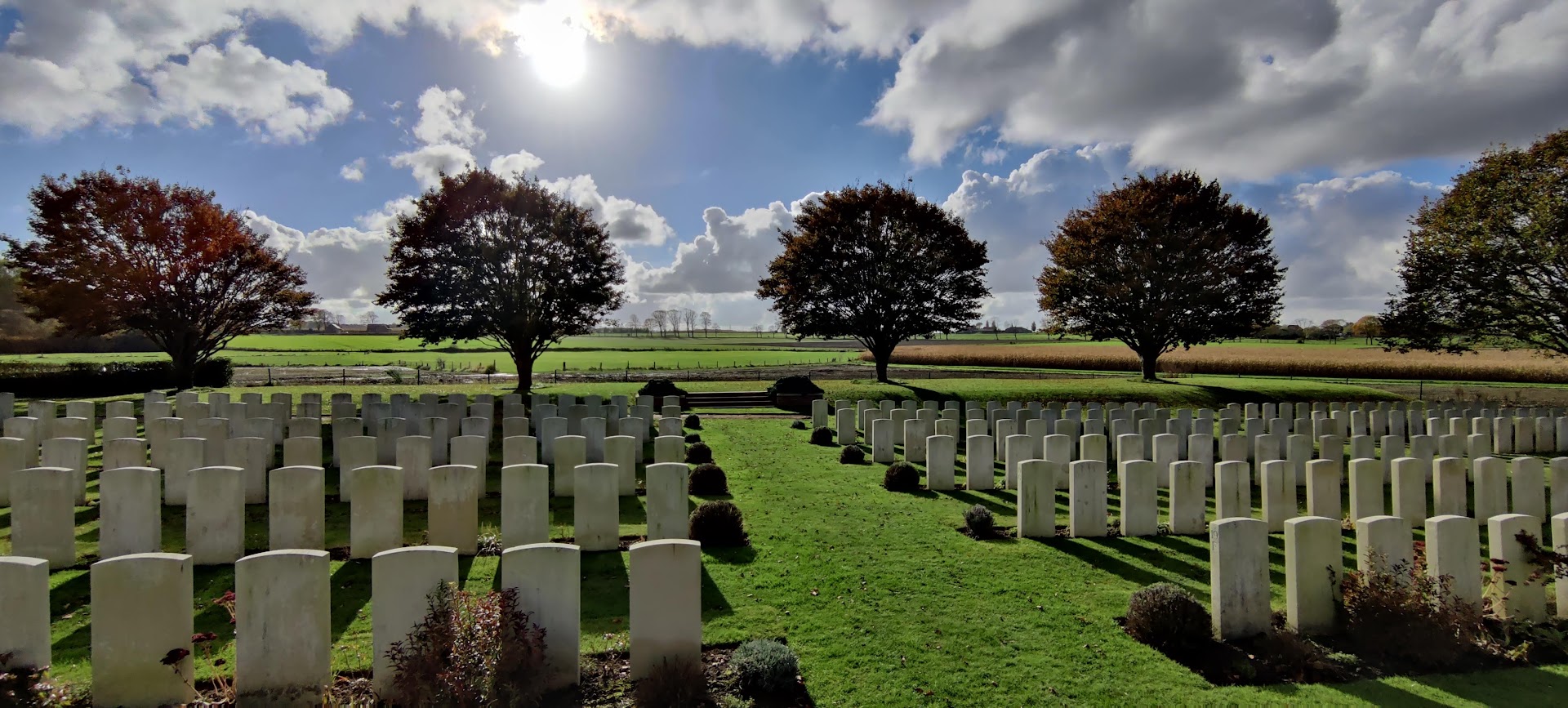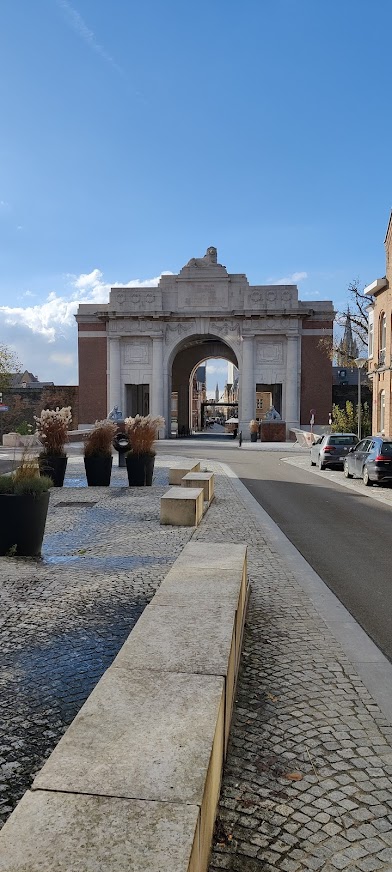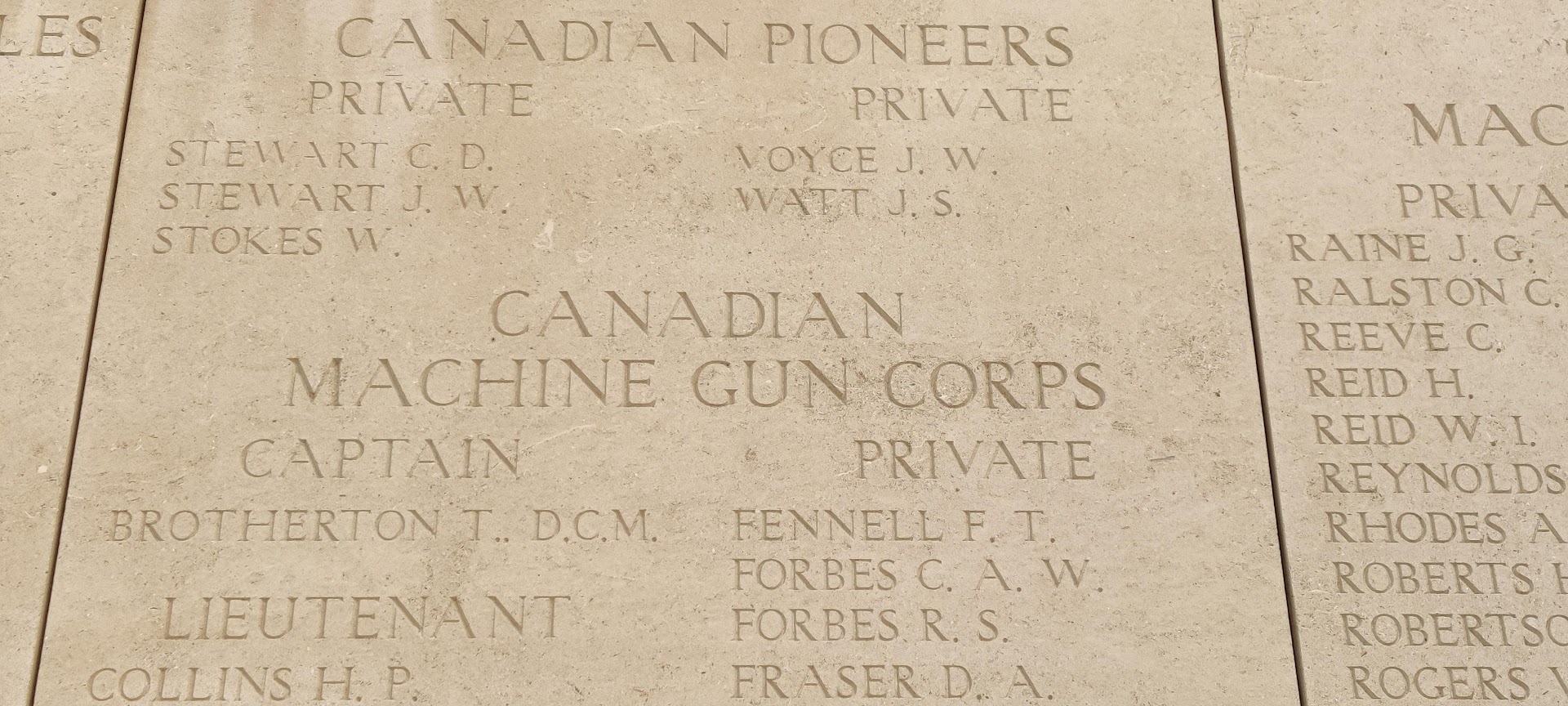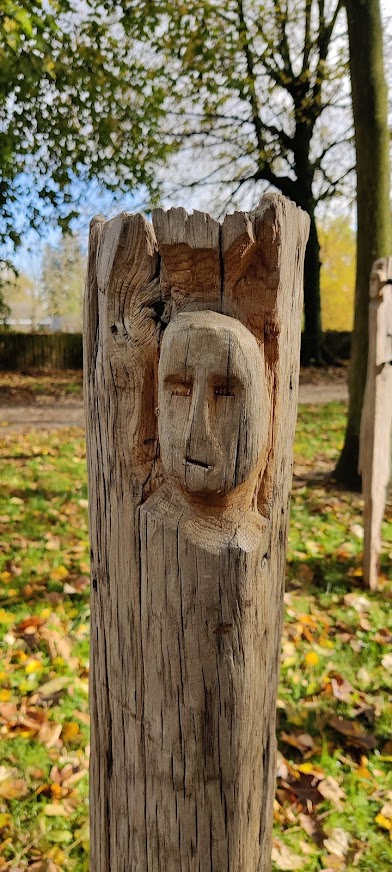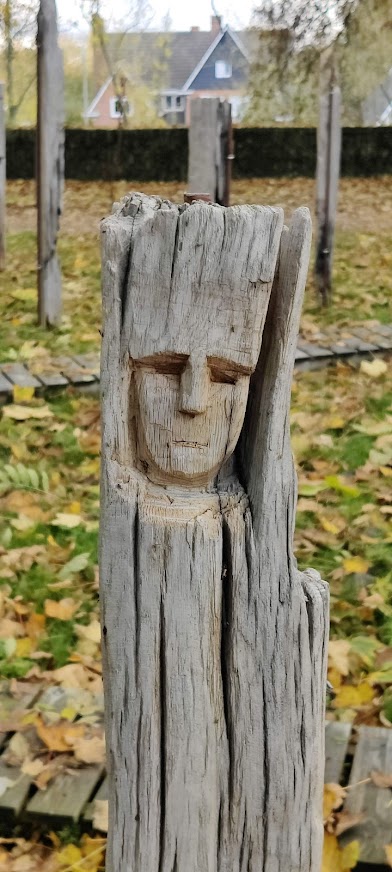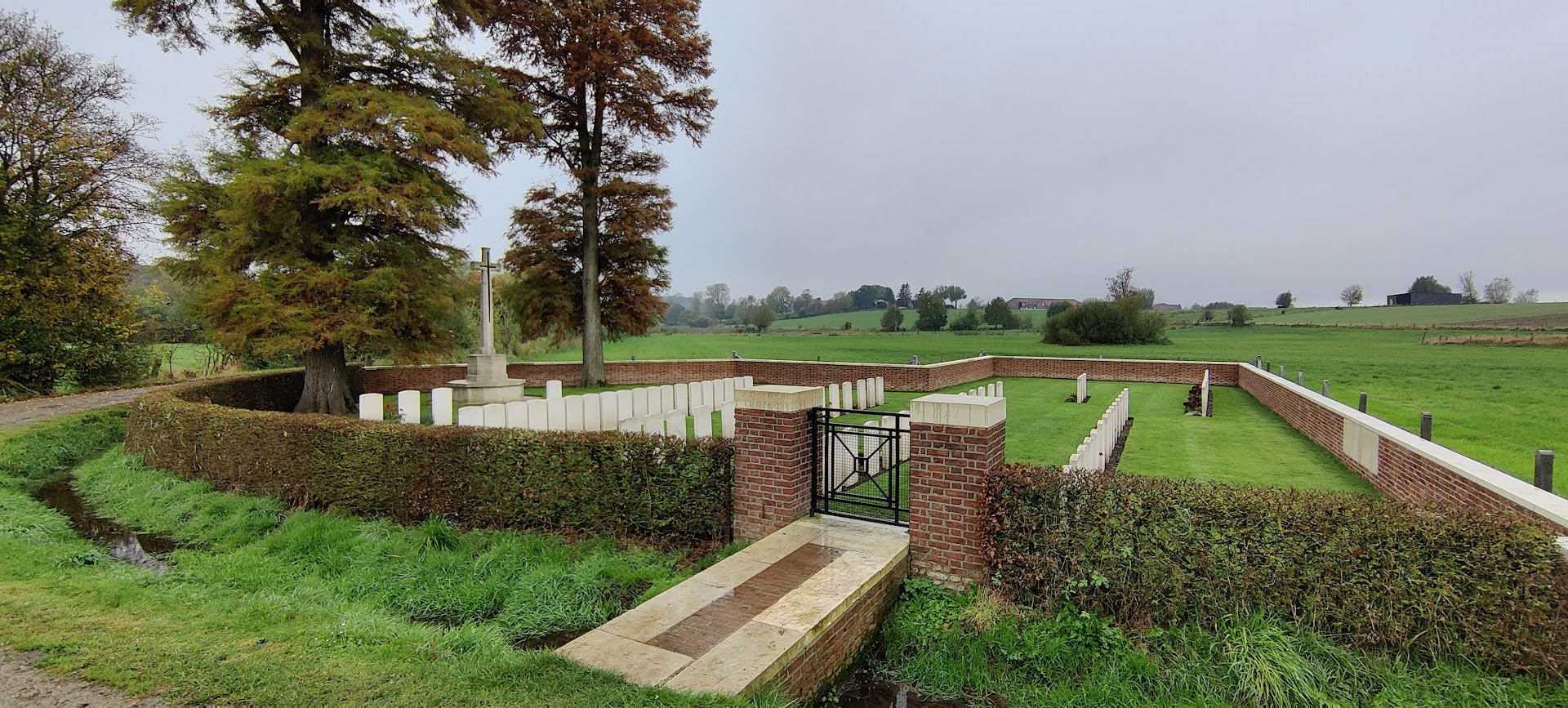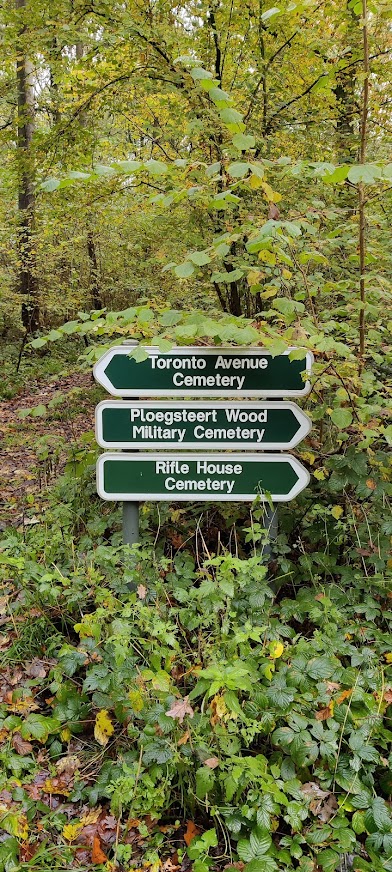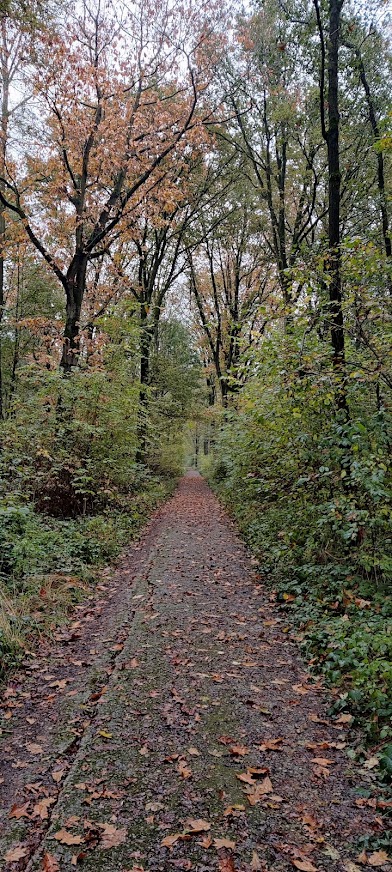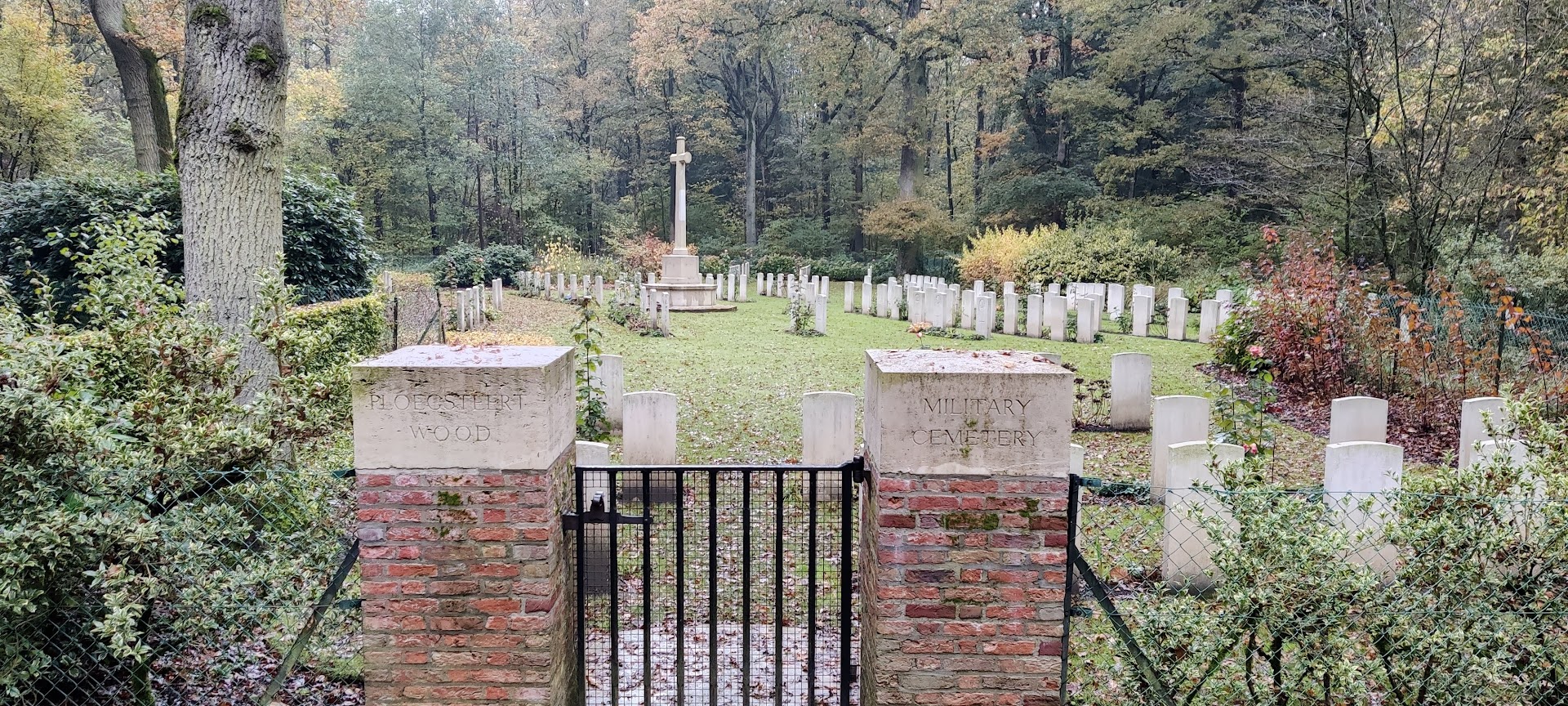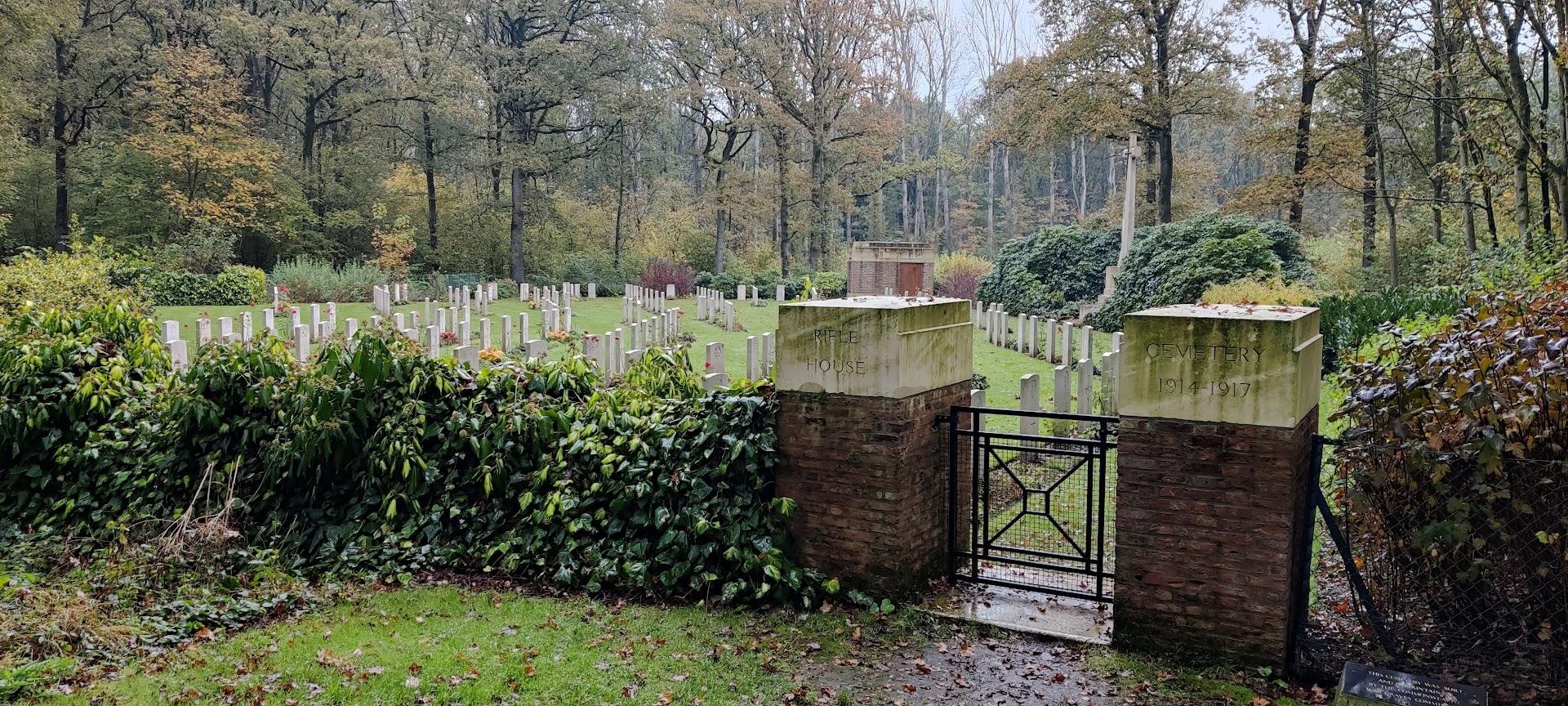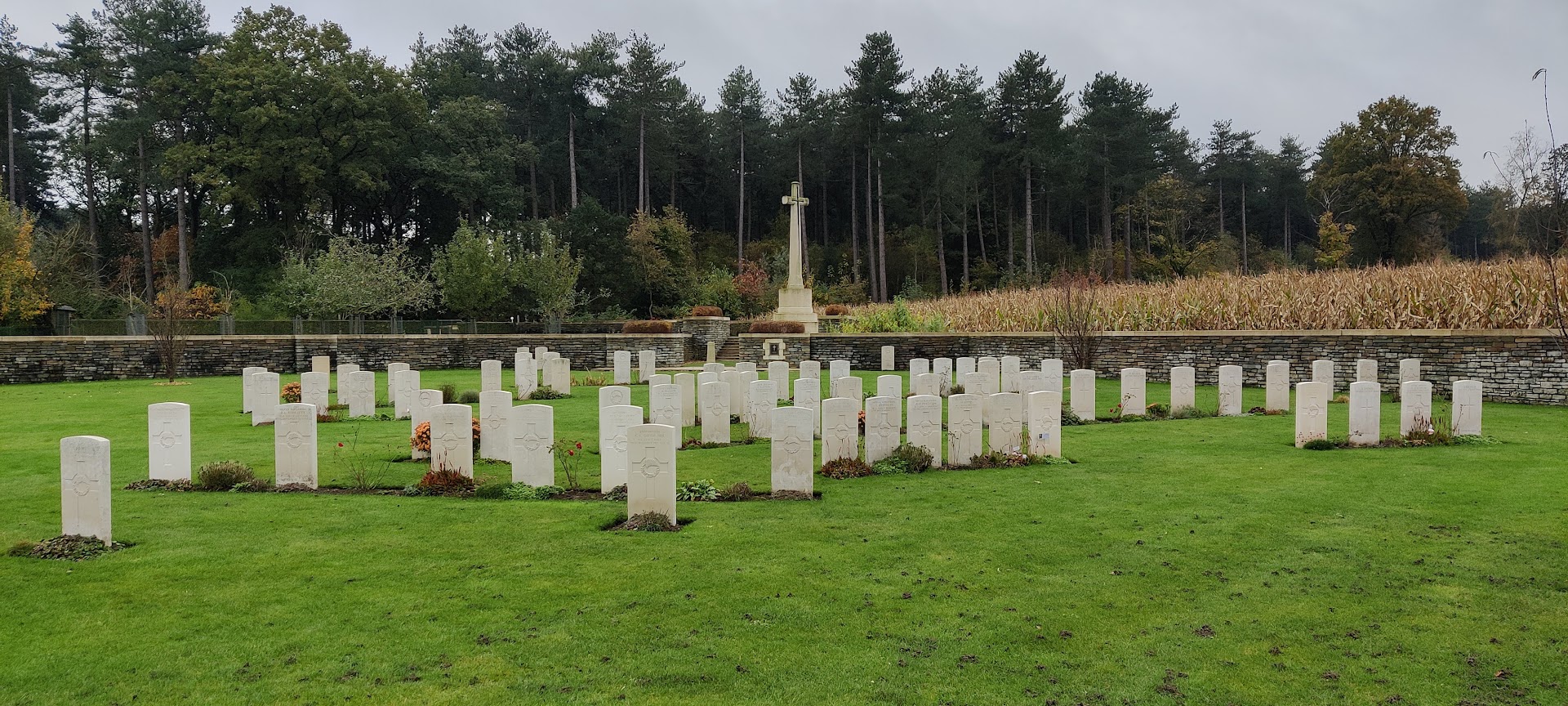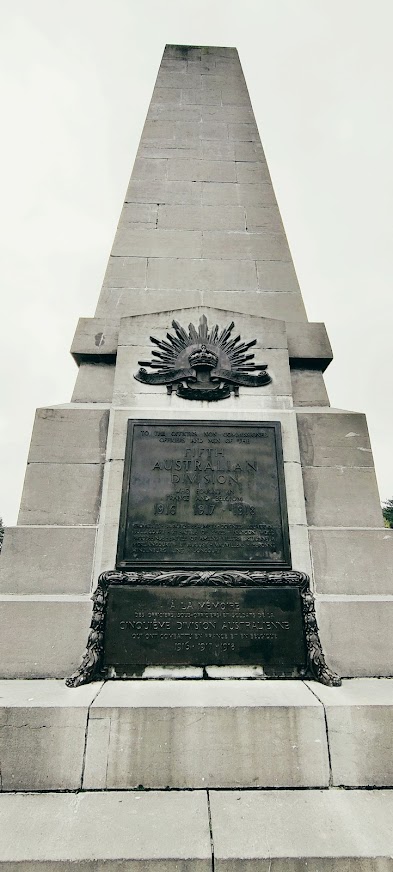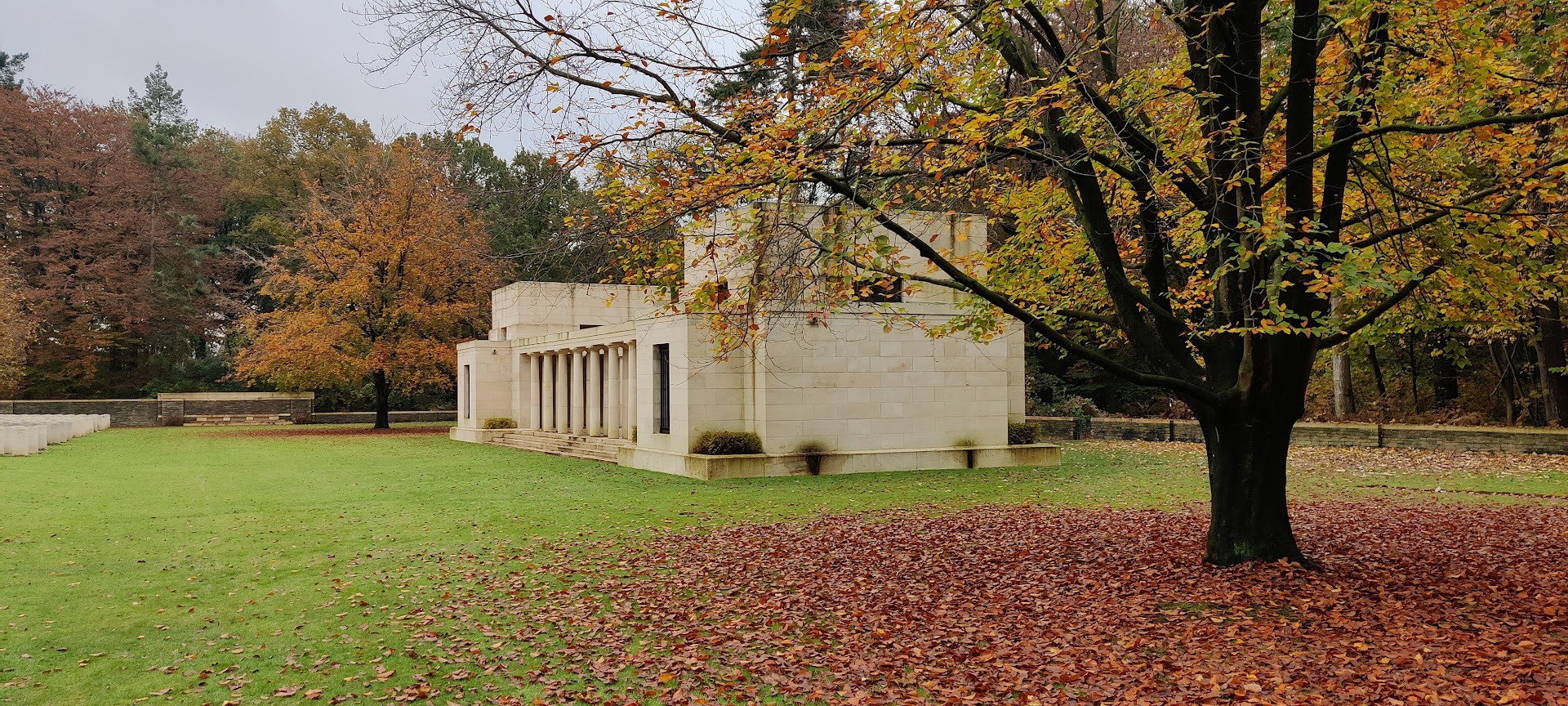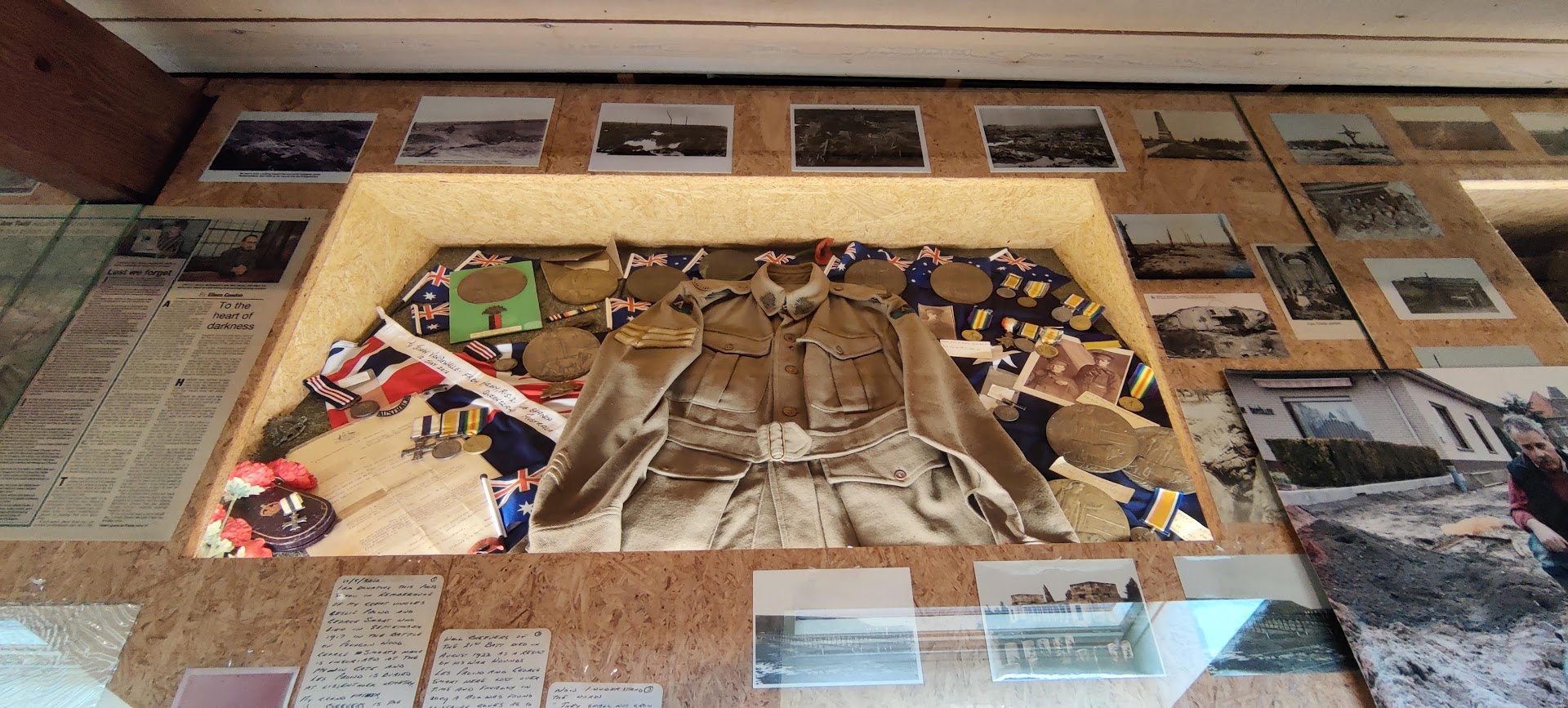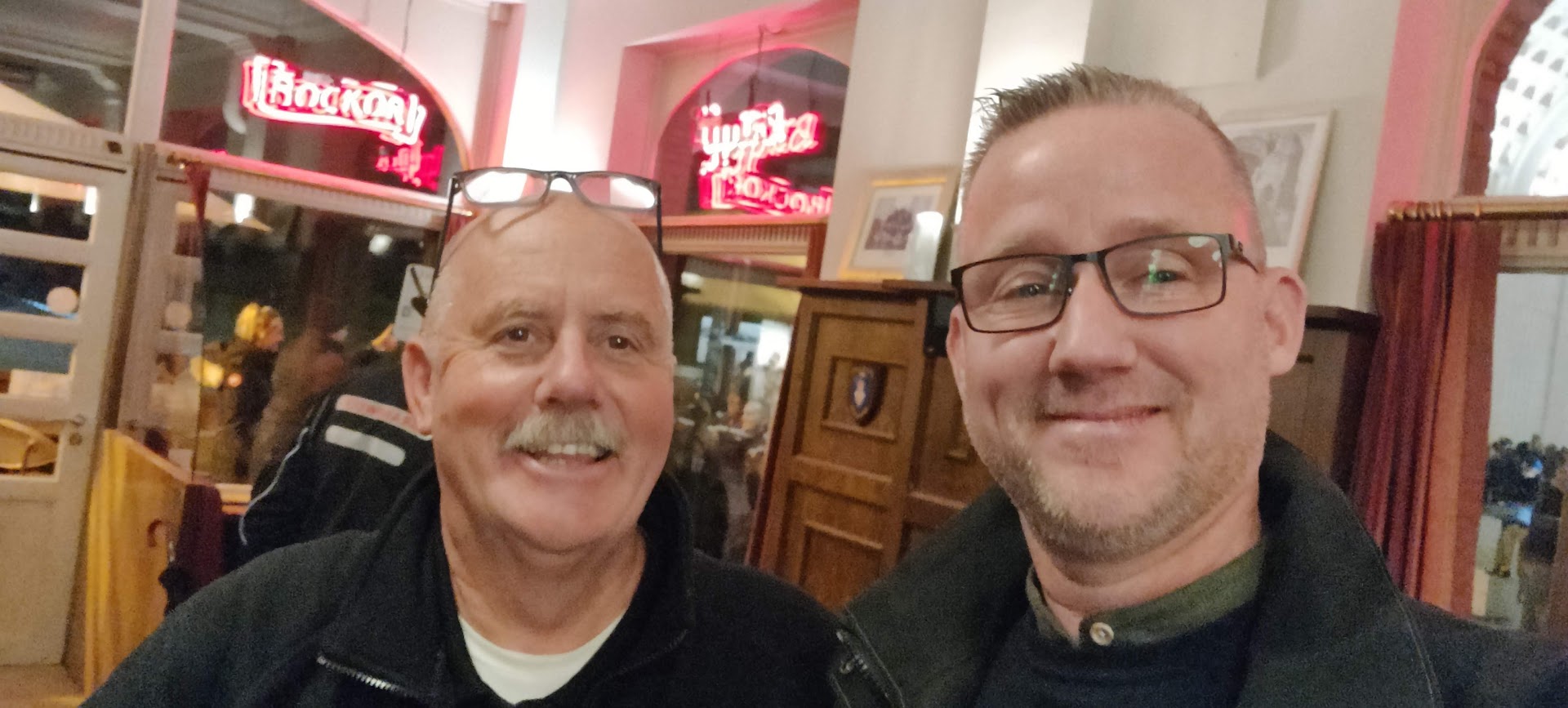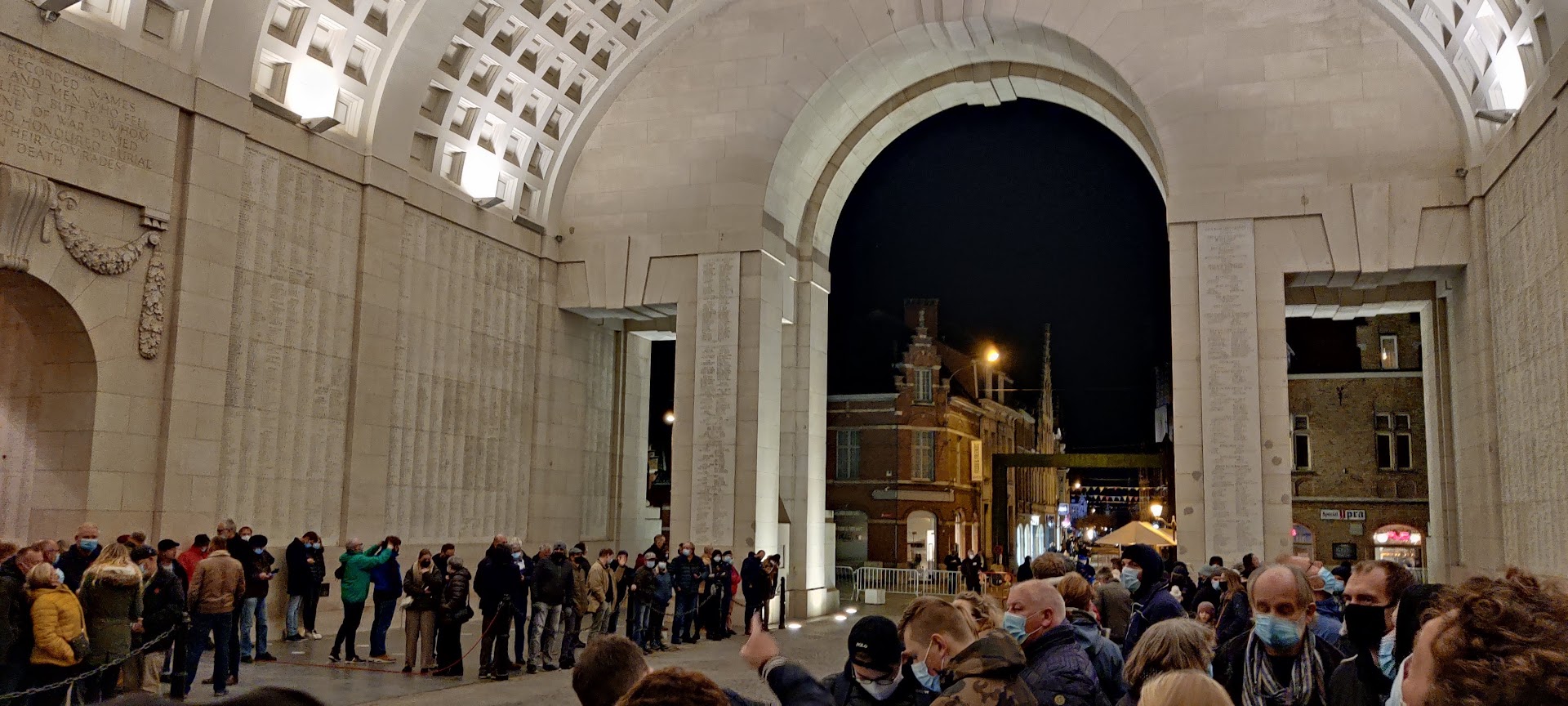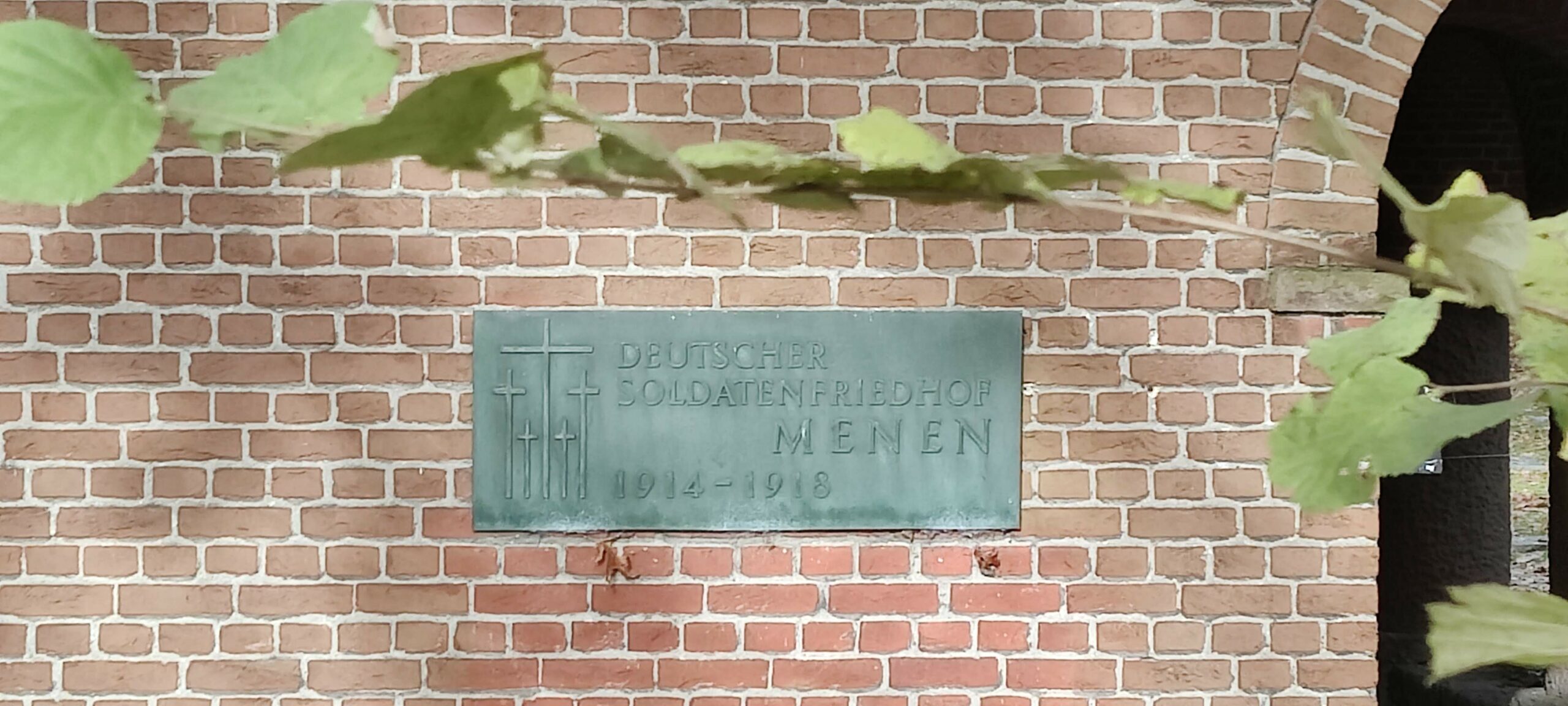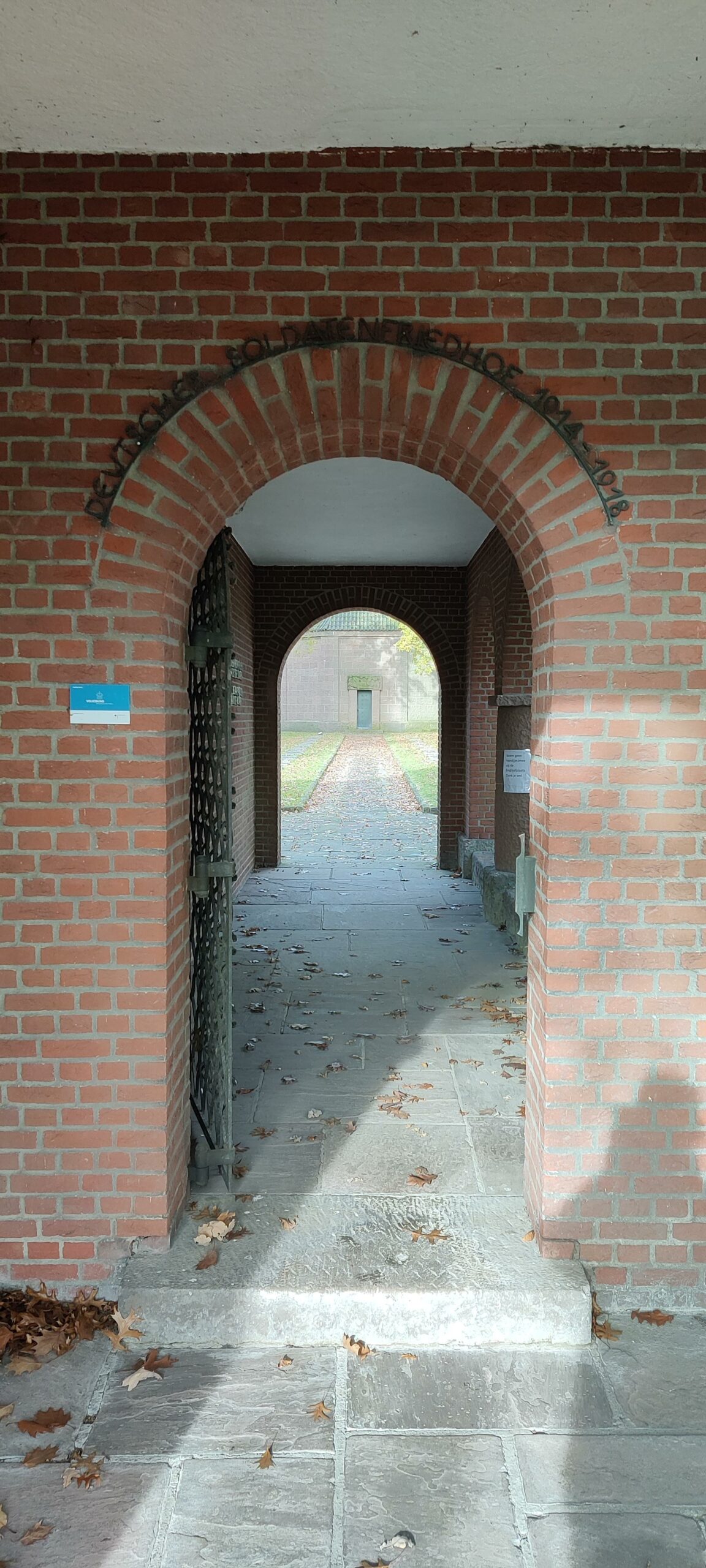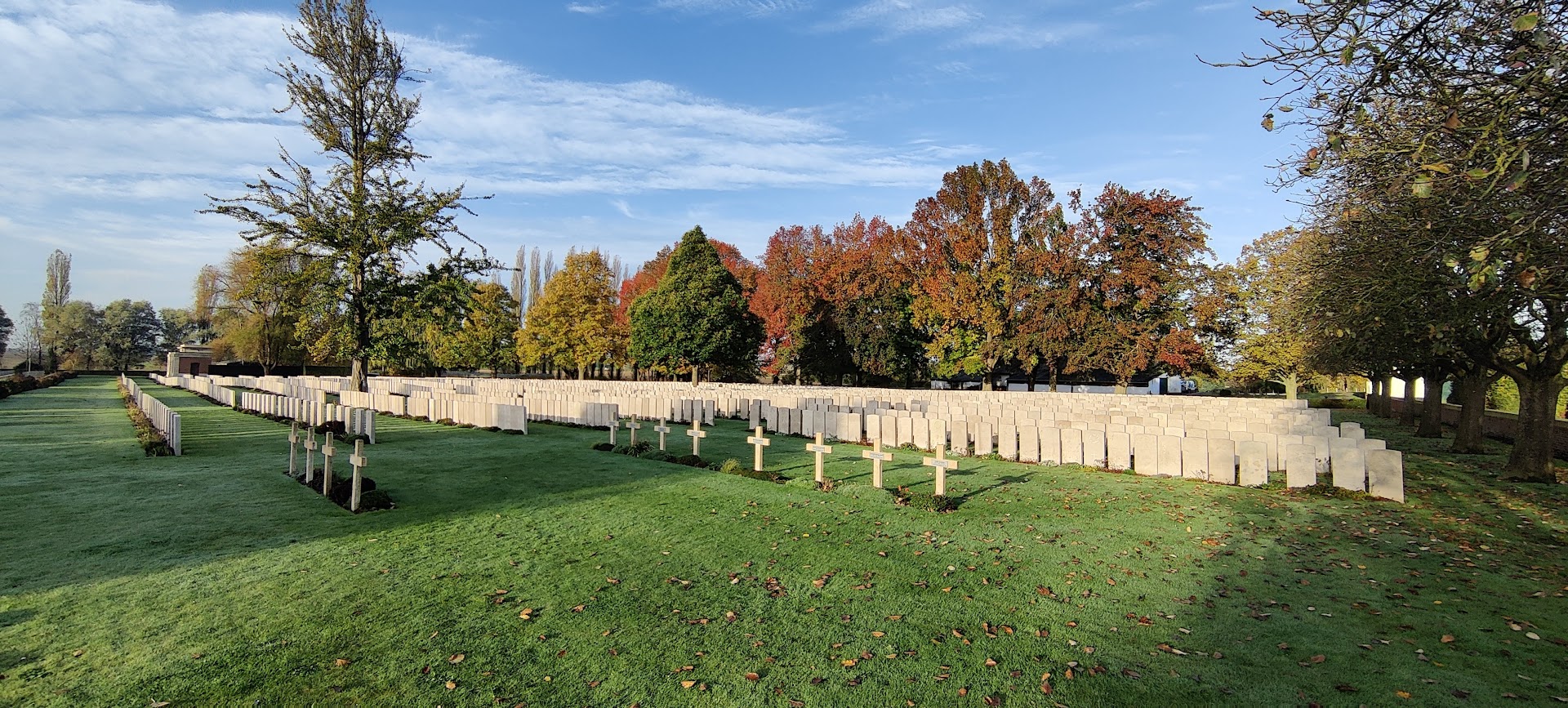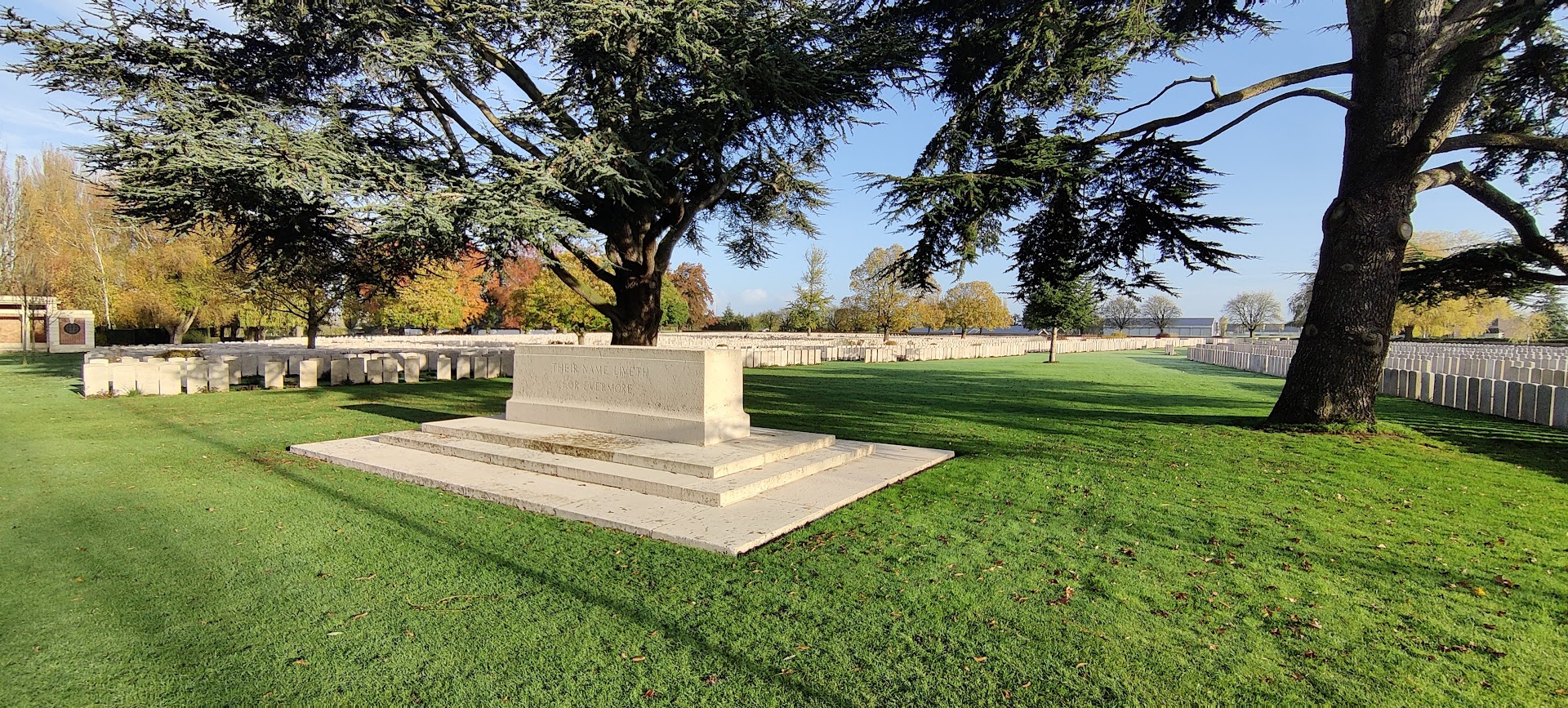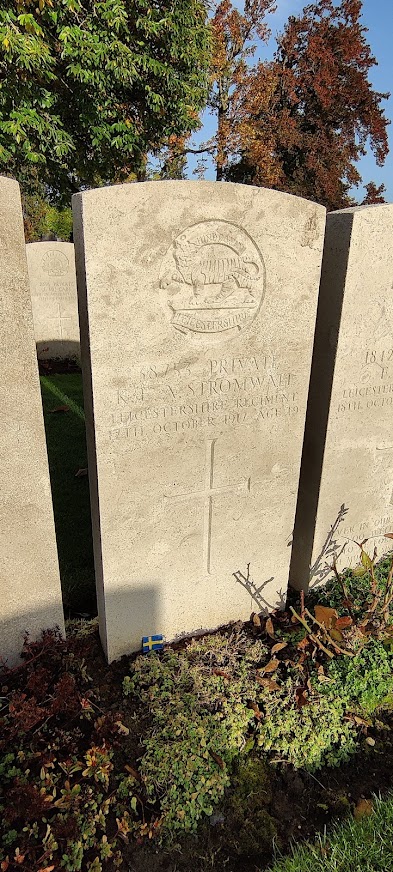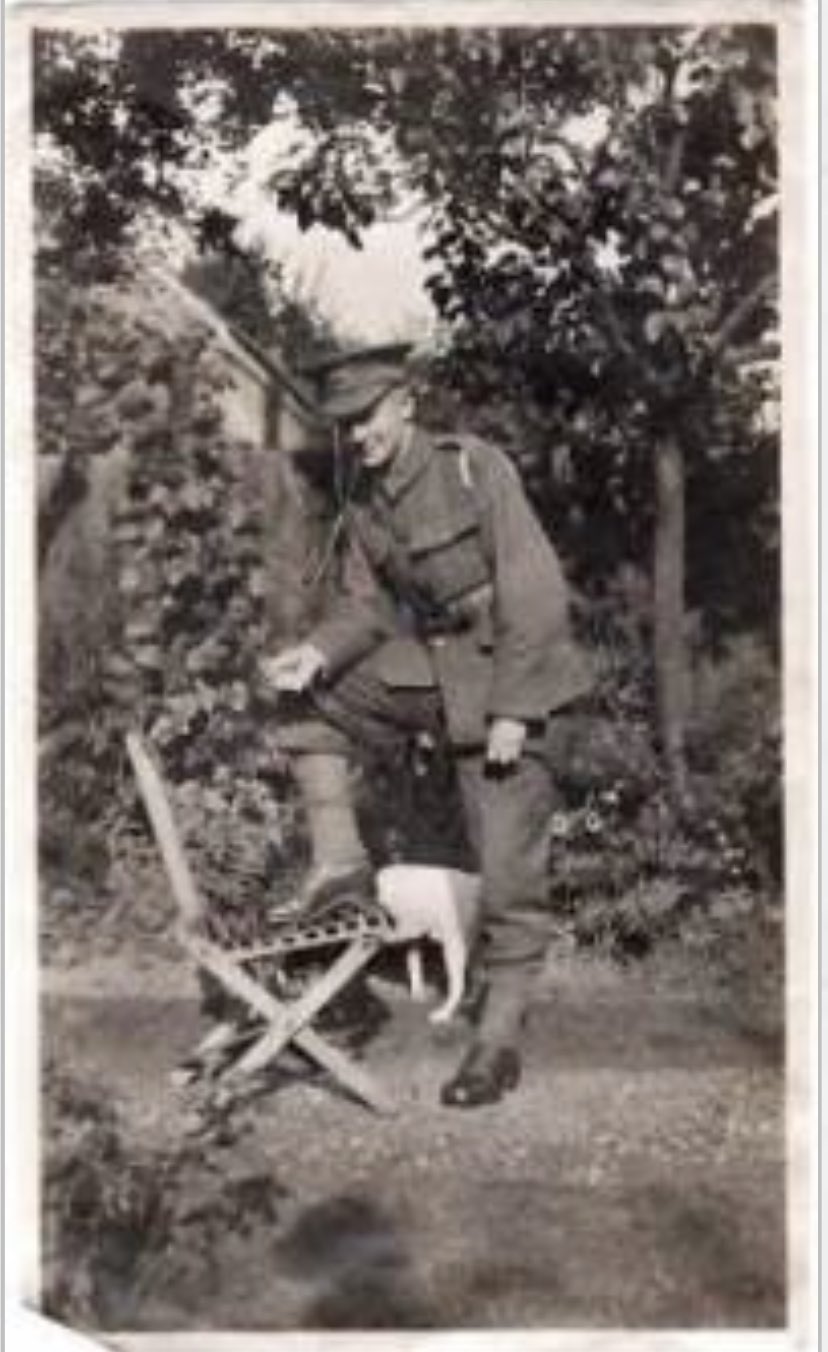The title sounds like a movie, or could be the name of a TV series. I think it is an interesting story, and it still leaves some questions behind.
This is the small story about the brothers who emigrated from Sweden, from Östersund in Jämtland, and later became soldiers in both the Canadian Overseas forces, and one of them later fell in the Meuse Argonne Offensive, for AEF, and awarded for his achievments.
One evening this week I was looking for some more information about the soldiers that I have in my research, and I stumbled over an advert in one of the newspapers.
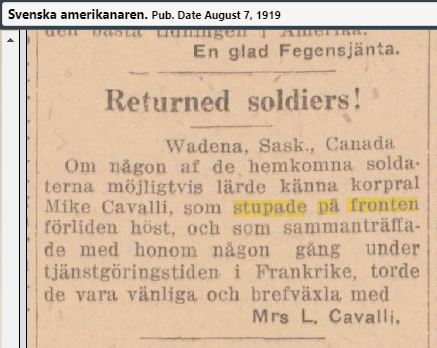
It is from someone, later identified as a mother, who turns her message to the homecoming, returned soldiers. She wrote:
“Wadena, Sask., Canada.
If any of the homecoming soldiers knew Corporal Mike Cavalli, who fell at the front last autumn, and who met him anytime during the service in France, it would be nice to exchange letters with those. Signed Mrs L Cavalli.”
As this advert was written in Swedish I decided to look up the name mentioned in the text, Mike Cavalli. It turns out that he is from Sweden.
It took a while to find some information about his Swedish name, as I thought that this was a name that he maybe used when he went over to North America. I later find that he is mentioned as Mike Augustianus in the U.S Veterans Administration Master Index and decided to search for Augustianus in the Swedish church books. I did not find any Augustianus, but I found a person named Augustinus, and this is not common in Sweden. The person also had the name Mikael, and I felt that this could be something to look in to.
I searched for his casualty card, as I found out that he died October 7, 1918, and that could have been during the war. I found it.

I can also read from the card that he first was buried near Fleville in the Ardennes, and later moved to Meuse Argonne American Cemetery. The Emergency address is to Mrs L. Cavalli, as I later on found to be his mother Lovisa Eriksson.
I looked into the Swedish Church book again, and tried to find some information about when they left for North America, and finally I found the page that shows some interesting information. I have already started to think about when they could have changed their surname to Cavalli.
The church book says, that his father is Jöns Mikaelsson, or Mickelsson, as it is also written on some of the pages. On his row it is written “Free for another marriage”. He is not with the family when they leave for North America in January 7, 1903, when they leave the town of Östersund, Sweden. I saw that his brother Per Erik also leaves with the family and I will come back to him later.
I don’t find any information about any passenger lists where they whole family is together, but in some document I found out that Mike, and probably the rest of his family, came in through Halifax. They are put up as a family in the church register for St Marks Lutheran Church. I can here see that another man is put together with them, Ludvig Cavalli, also named as Luigi, from Italy. It is probably his surname that Mike takes when he is later on putting his name in different forms.
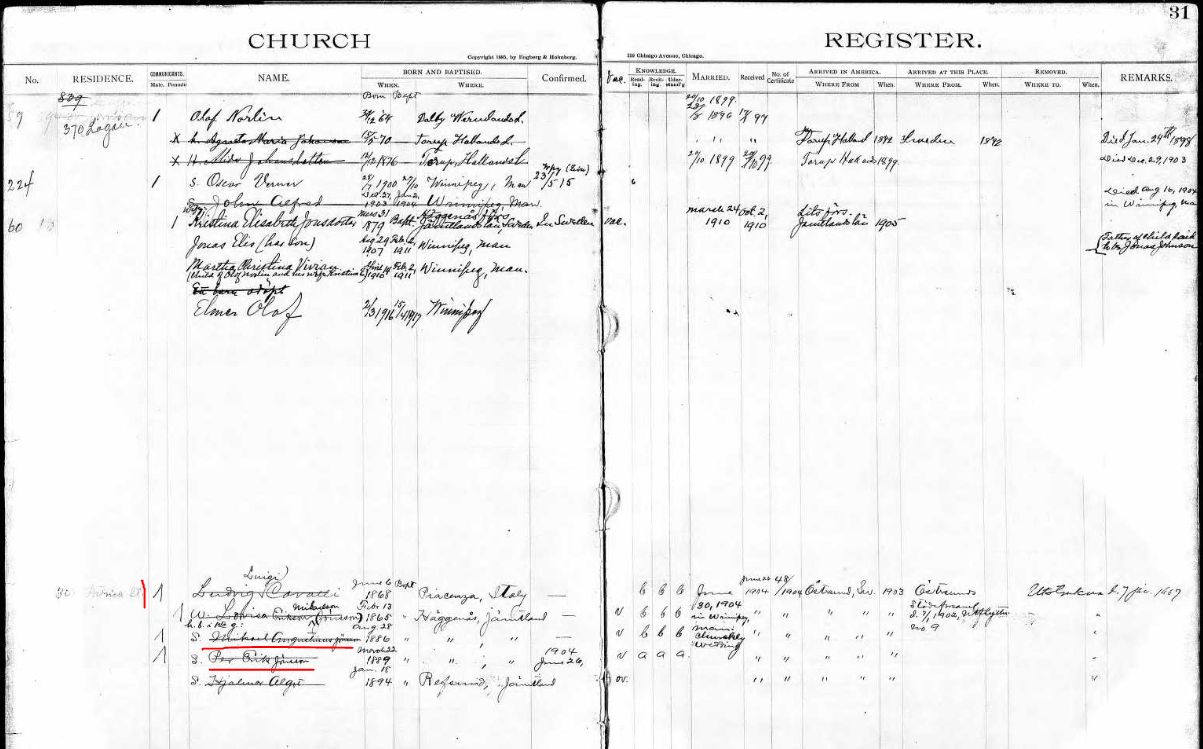

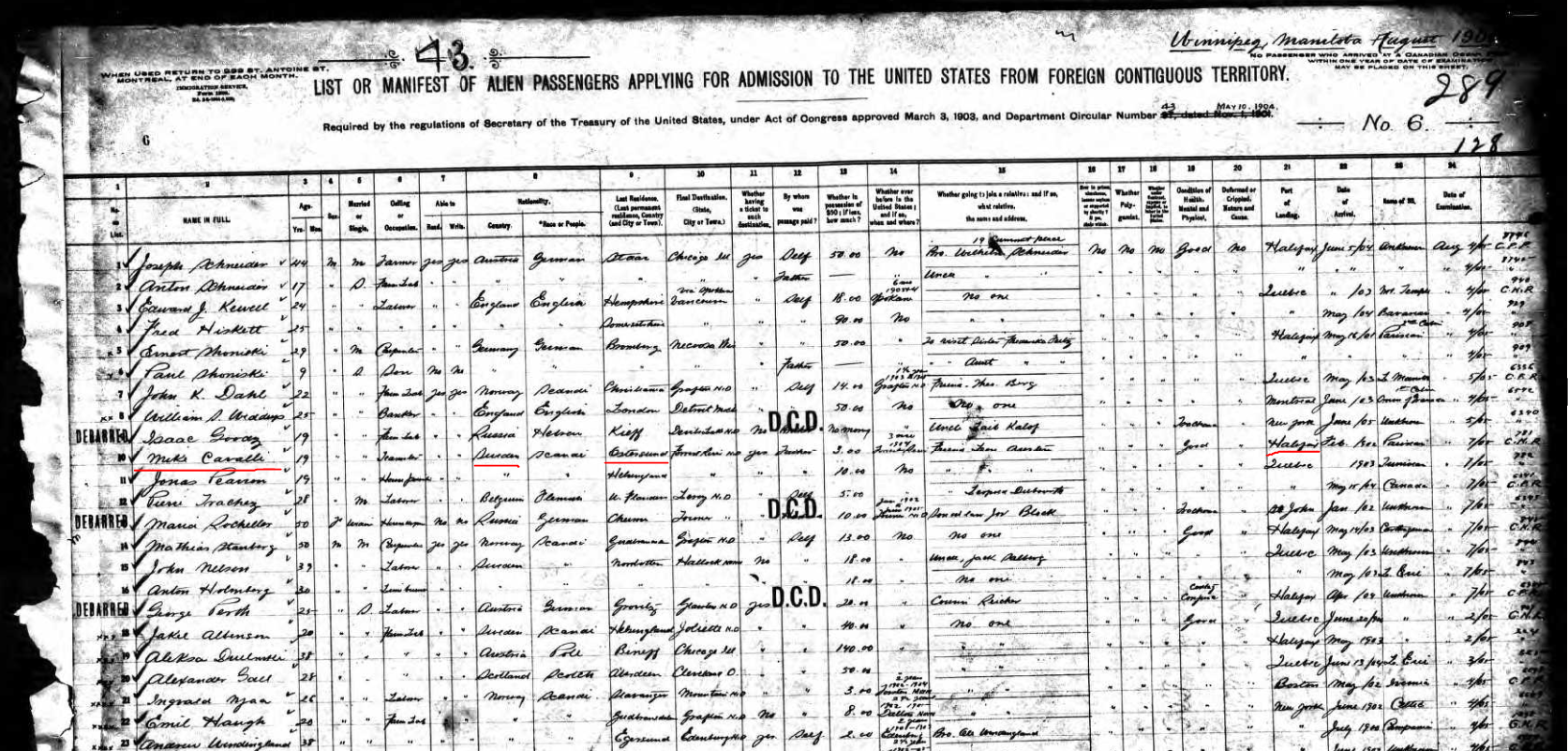
Mike Cavalli is born as Mikael Augustinus Mikaelsson in Häggenås parish close to the town Östersund in Jämtland, Sweden. He is born August 26, 1886, and he is around 16 years old when the leave for North America. The farm that he is born at is in the part of Häggenås called Kougsta, or today called Kogsta. Their house is not mentioned in the Church Book. When they leave for North America they live in the town center of Östersund, on Prästgatan 38.
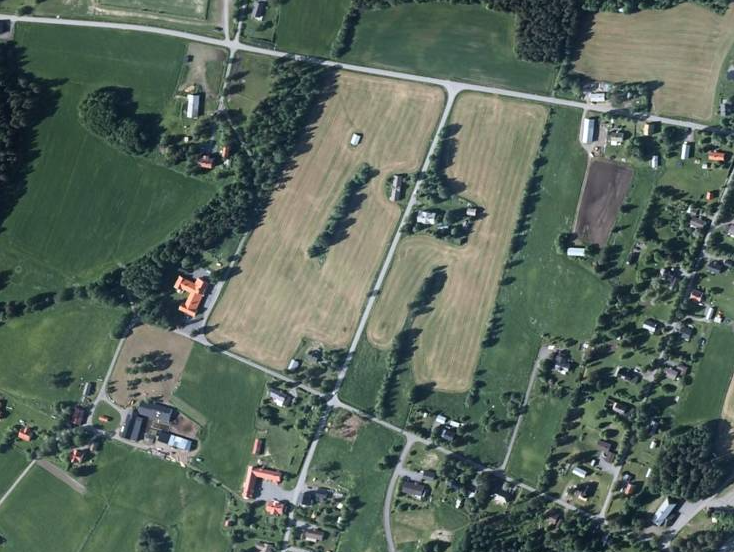
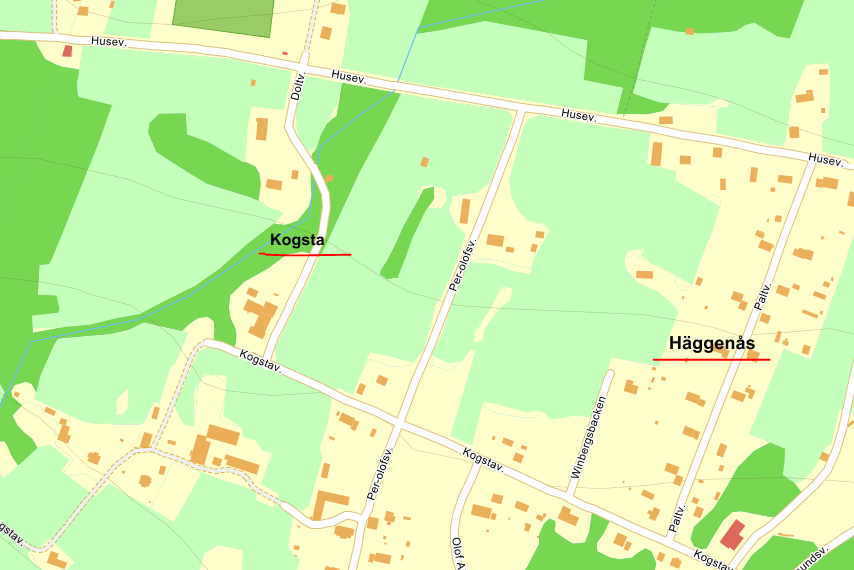
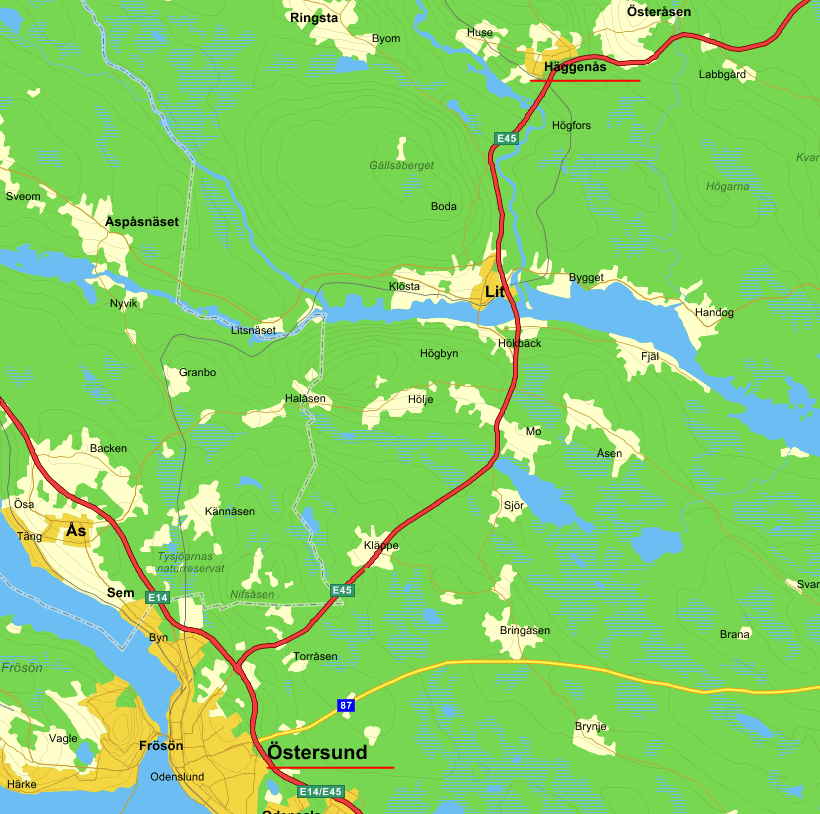

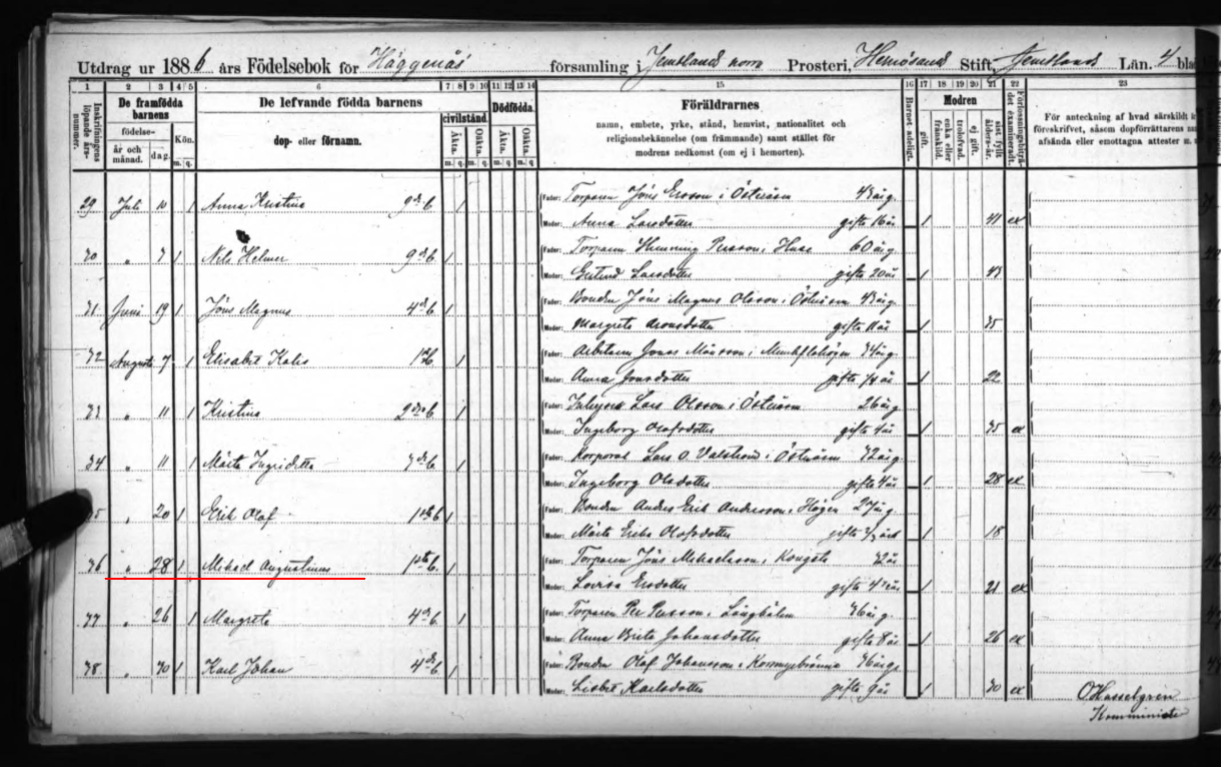
I know now that Mike Cavalli belonged to 1st Division, 2nd M.G Battalion in the American Expeditionary Forces. He went in to the forces from North Dakota. He fell in the Argonne region in October 1918, after hard fightings with the Germans, according the Divisional Diary. He must have made some impression to his superiors and soldiers, as he is awarded the silver star for his actions.

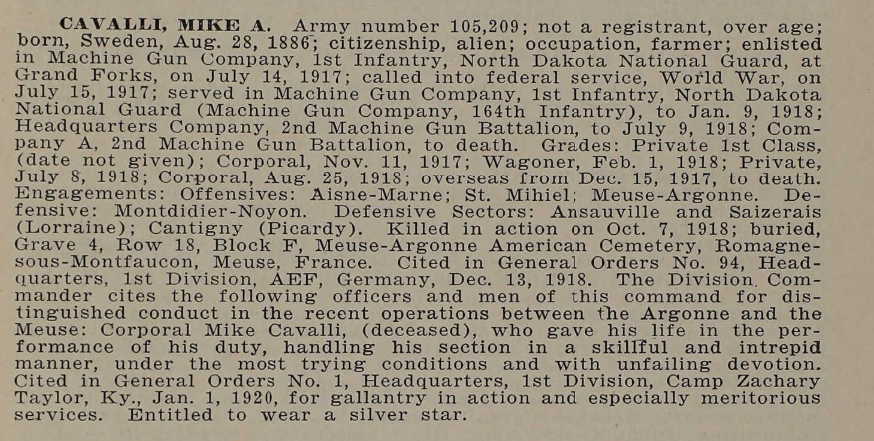

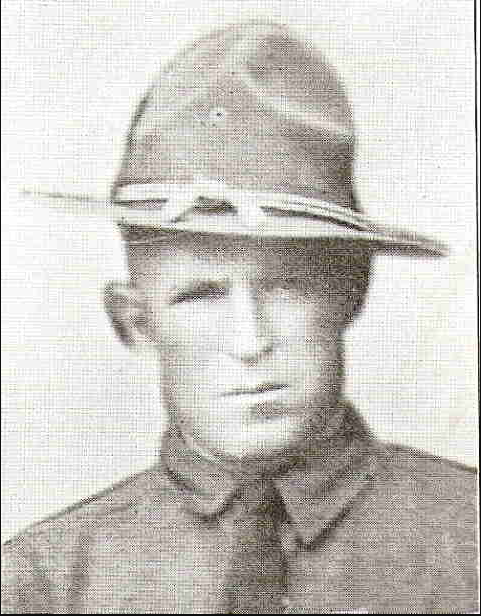
But something cought my eyes when searching for more information about his life. Some documents also mention that he has been registered for the Canadian Overseas Forces, and when looking for his surname I also see another person with the same surname, Pete Erik Cavalli. Both of them has registered for the Canadian Forces. And I look back in the Swedish Church book and can easy see that Pete Erik is Mike’s brother Per Erik.
Mike has been registered for both the Canadian Forces and the American Forces. I try to look for his U.S draft document, but can only find his brother Pete Erik in the U.S draft, June 5th, 1917. It is clear though that Mike fell for the AEF in 1918.
But there is someting strange with both of the brothers documents. Both of them seems to have been absent without leave the same date, October 15th, 1916. And both of them is notes as “S.O.S 15-10-16 as Deserter”. Oh my. “Struck off Strenght as Deserters”. Both of them belonged to the 223rd Battalion.
As far as I see it it is not good to have this text in your military file, but someone who knows better than me, is free to explain the situation, and what happens when this is the fact.
We know that both of the brothers were drafted by U.S Forces, but I wonder if that would be possible if you are noted as a deserter in another army?
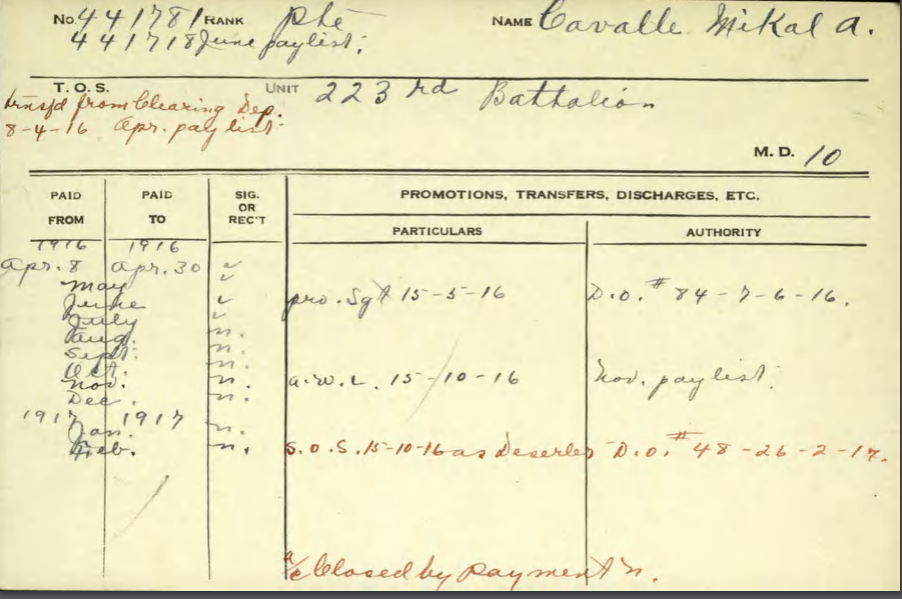



As far I can see it, his brother never went over to France, or he survived. I can’t find any shipping documents about that he went over, and I found his census documents when he is living with Luigi and his mother Lovisa in Saskatchewan, Canada, in 1921
Mike Cavalli is today buried at the Meuse Argonne American Cemetery. I wonder how many more soldiers in the U.S Veterans Administration Master Index that are connected to Swedish individuals. If I haven’t seen that advert I would never guessed that this Mike Cavalli originally was from Sweden.
Mike is Swedish born soldier number 418 in my research, within my criterias. I will visit his final resting place one day. May he rest in peace.
